
As the old saying goes, the two best days of boat ownership are the first and the last…
This week brought our ability to put this saying to the test when we offloaded our last few belongings from Gadabout and signed the closing documents for her sale.
We wholeheartedly agree that the first day of owning Gadabout was one of the best. The excitement and anticipation of the upcoming adventures was a constant from that day forward. As for the last day of owning her, it was so far down the list of best days it doesn’t even make the cut. There was certainly a sense of relief. After all, the sales process – prepping, repairing, negotiating, jumping through administrative hoops – was quite stressful but walking away from Gaddy one last time made us sad.
Just over ten years ago we took possession of what would be our home away from home, this vessel that would take us to places near and far, on coastal waters and ocean passages. There were highs, lows and everything in between during our time on Gadabout.
The highs were really high – pinching ourselves when we arrived somewhere so remote there was no other way to get there; celebrating moments and milestones with old and new friends from around the world; viewing and interacting with wildlife in ways we never imagined.
And the lows were very low – those times when the butterflies in our stomachs turned into bats and we wondered what the hell we were thinking being out there, a lone dot in the middle of a huge ocean, trying to figure out how to fix whatever had just failed.
There is absolutely no doubt in our minds, however, that the highs far outweighed the lows. The whole experience was a grand adventure, that’s for sure, and Gadabout kept us safe and comfortable throughout it all.
To celebrate, we thought it would be fun to share a few fun facts from our cruising chapter:
- Total number of nautical miles traveled: 21,218 (or thereabouts)
- Total number of nights underway: 87
- Longest passage (underway, without touching land): 20 days from Isla Isabela in the Galapagos to Hiva Oa in French Polynesia
- Longest period spent motoring: 67.75 hrs (ugh!) from Tonga to New Zealand (to beat a storm, which we did)
- % of nights spent at anchor vs. marinas vs. underway: 48% at anchor, 45% in marinas, 7% underway (on overnight passages)
- Longest stretch without a marina stay: 18 months, May 2018 to Nov 2019. From the time we left Panama we didn’t stay in a marina until we arrived in New Zealand.
- Number of Countries visited: 13
- Number of places w/boat projects: Trick question… ALL, of course!
One final note…
This chapter of our lives was as amazing as we had hoped but what put it over the top was sharing it with so many people, both virtual and in person. We were fortunate to have friends join us along the way… in Alaska, Mexico, Nicaragua, Panama, Galapagos Islands, Tonga and New Zealand, and even on a couple long passages (Thanks, Tom!), and many more following along from home. Meeting so many new friends along the way was icing on the cake. We feel so blessed to have you all in our lives and we hope our paths will cross again soon!
Watch for our next post where we’ll answer some FAQs about the cruising lifestyle and our experiences, in particular. And stay tuned… Gadabout (the vessel) may have been re-homed but our Gadabout Life continues and we have plans in the works for the next grand adventure. For now, here are some of our favorite pics from this chapter… Thanks for tagging along!


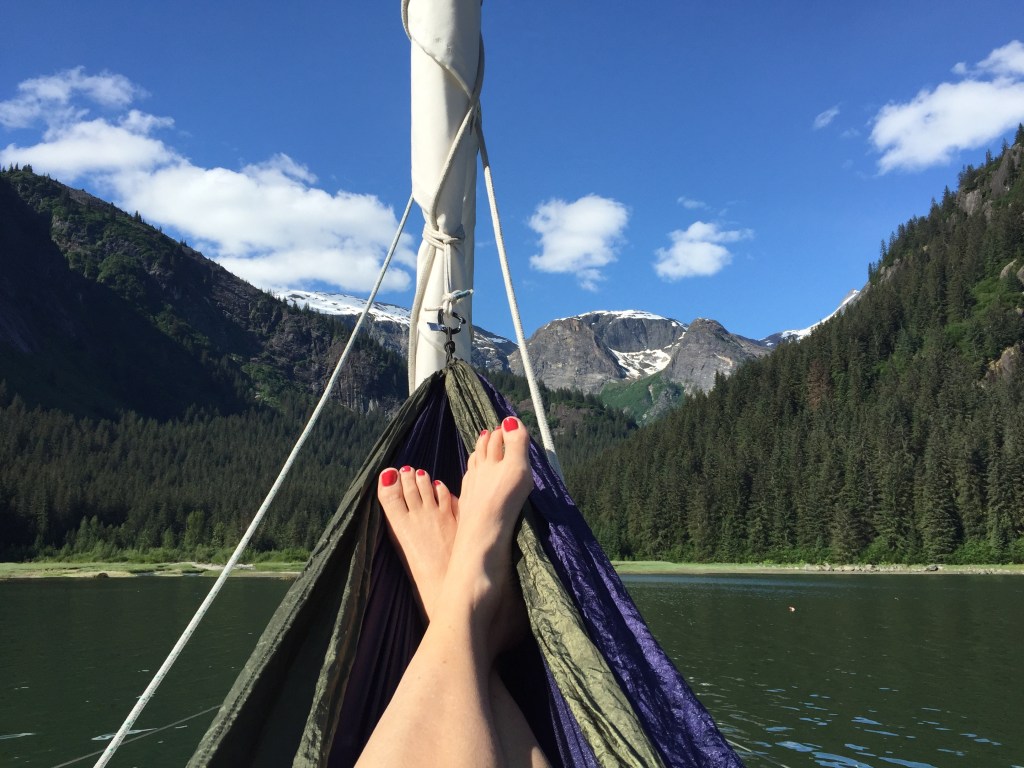
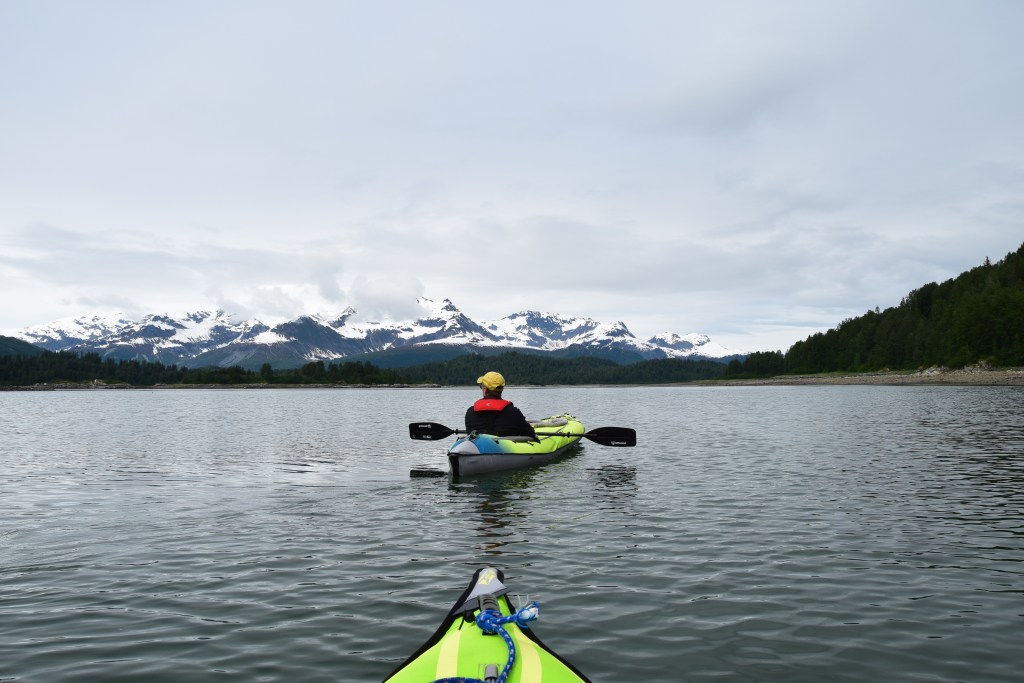


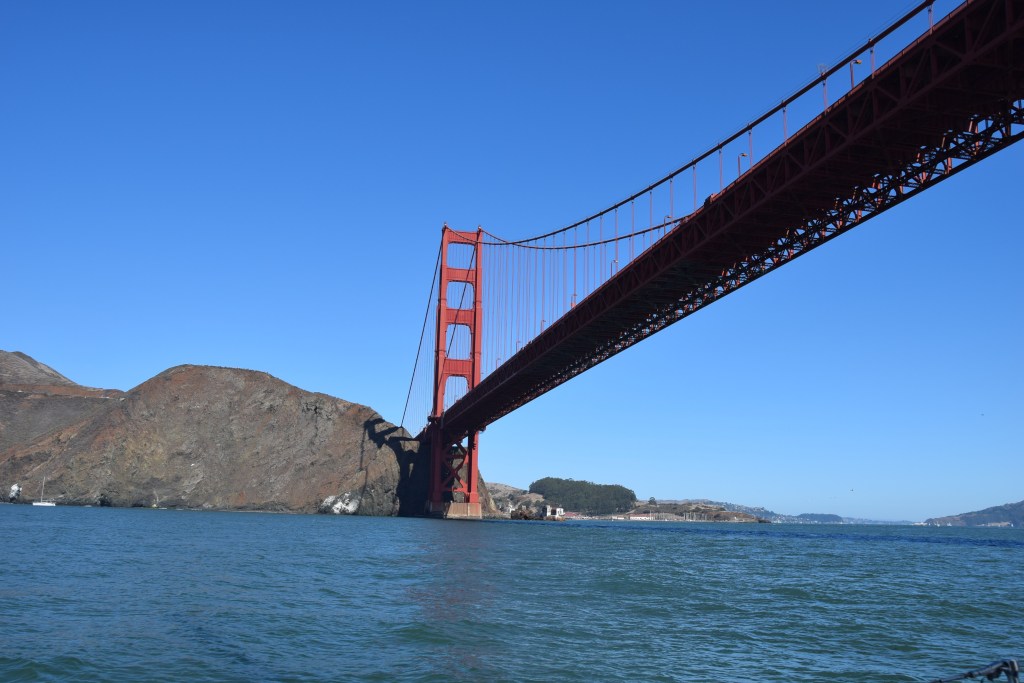



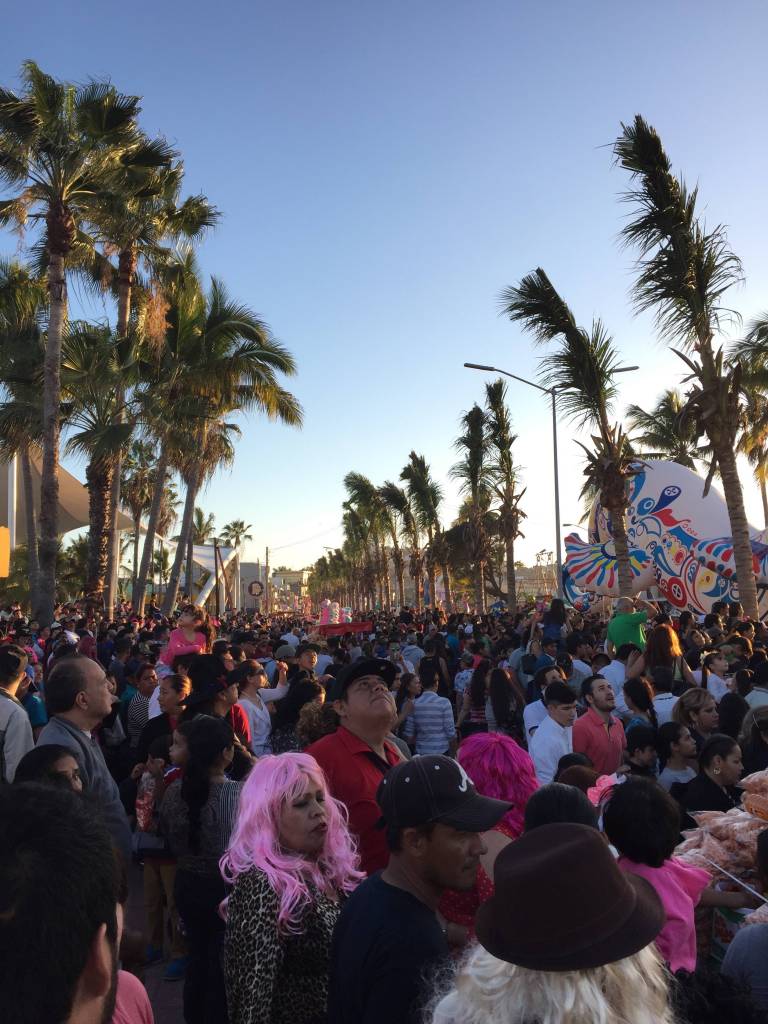
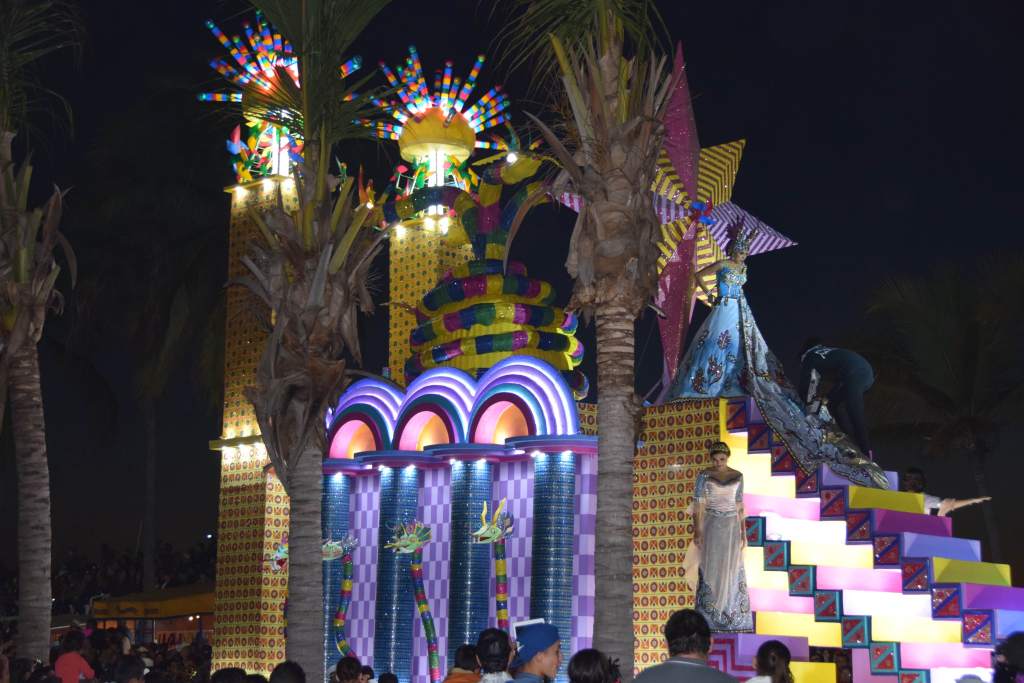

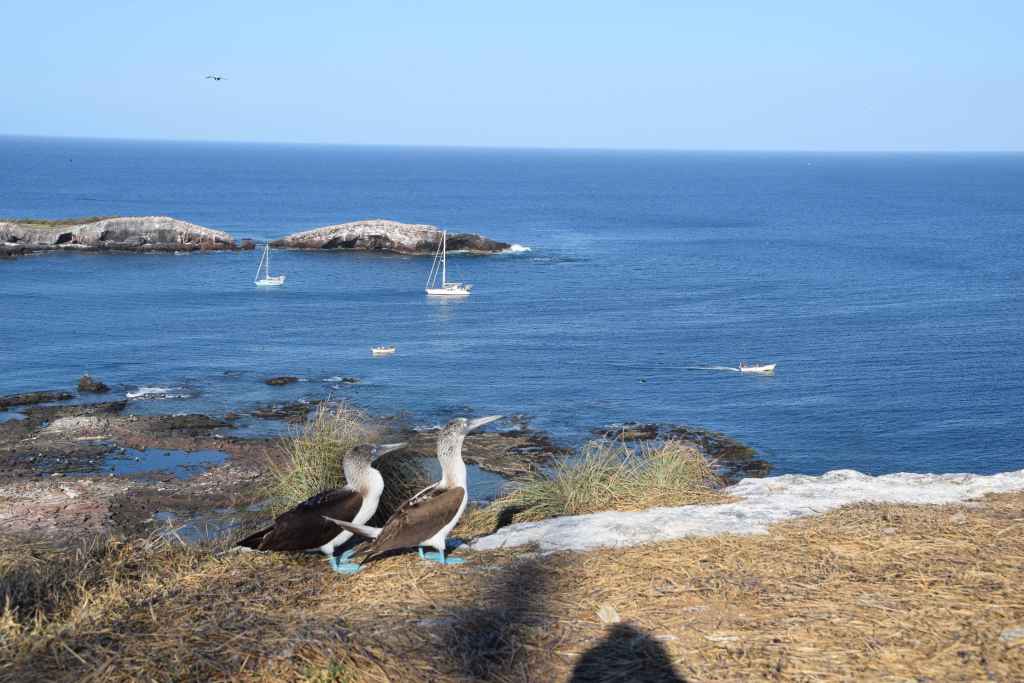







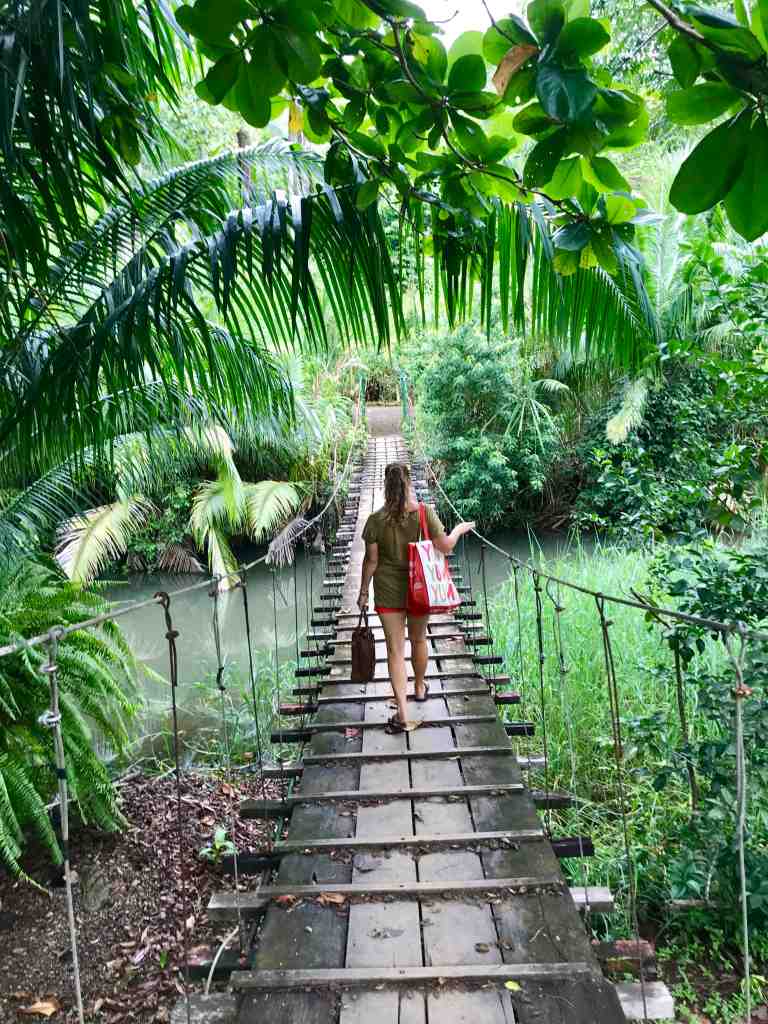

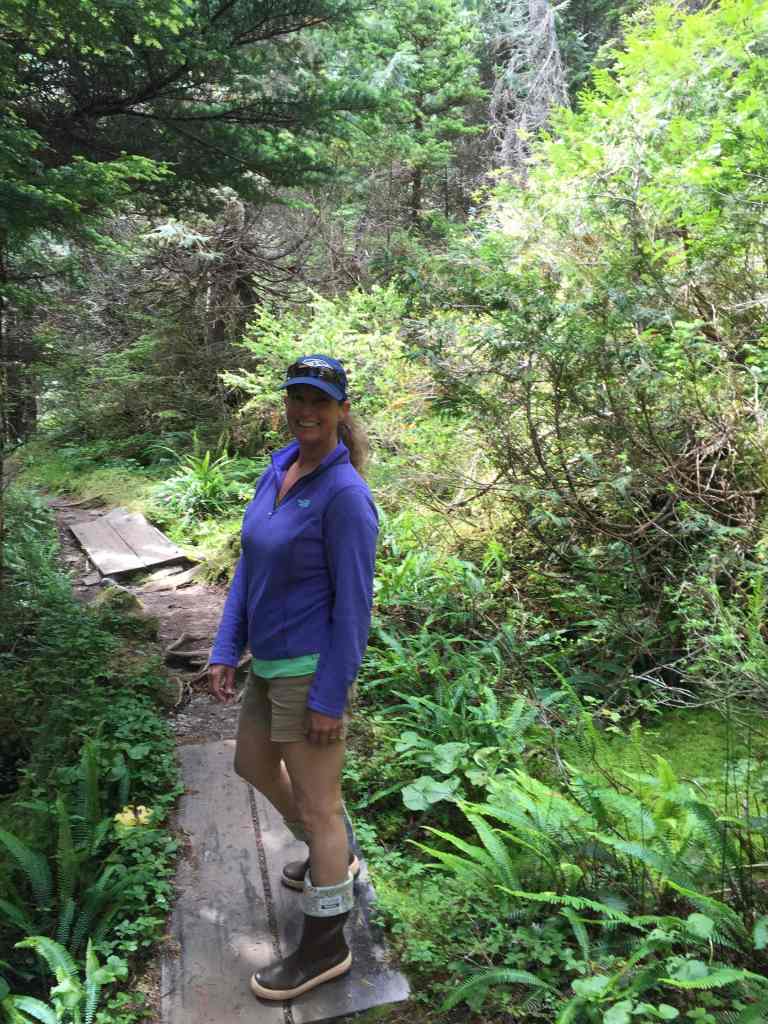

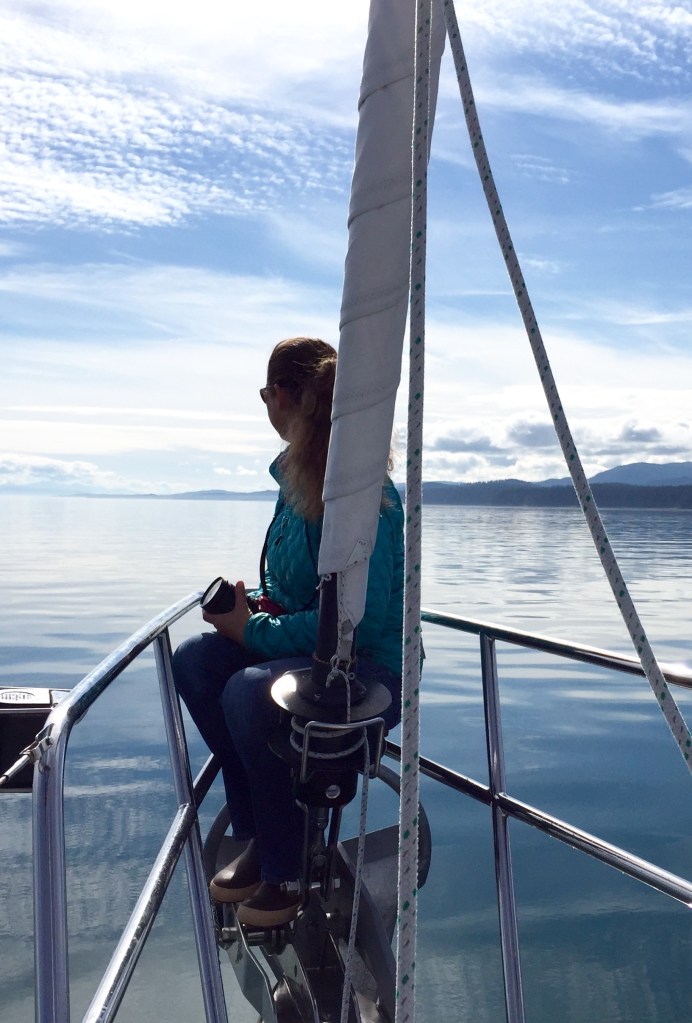


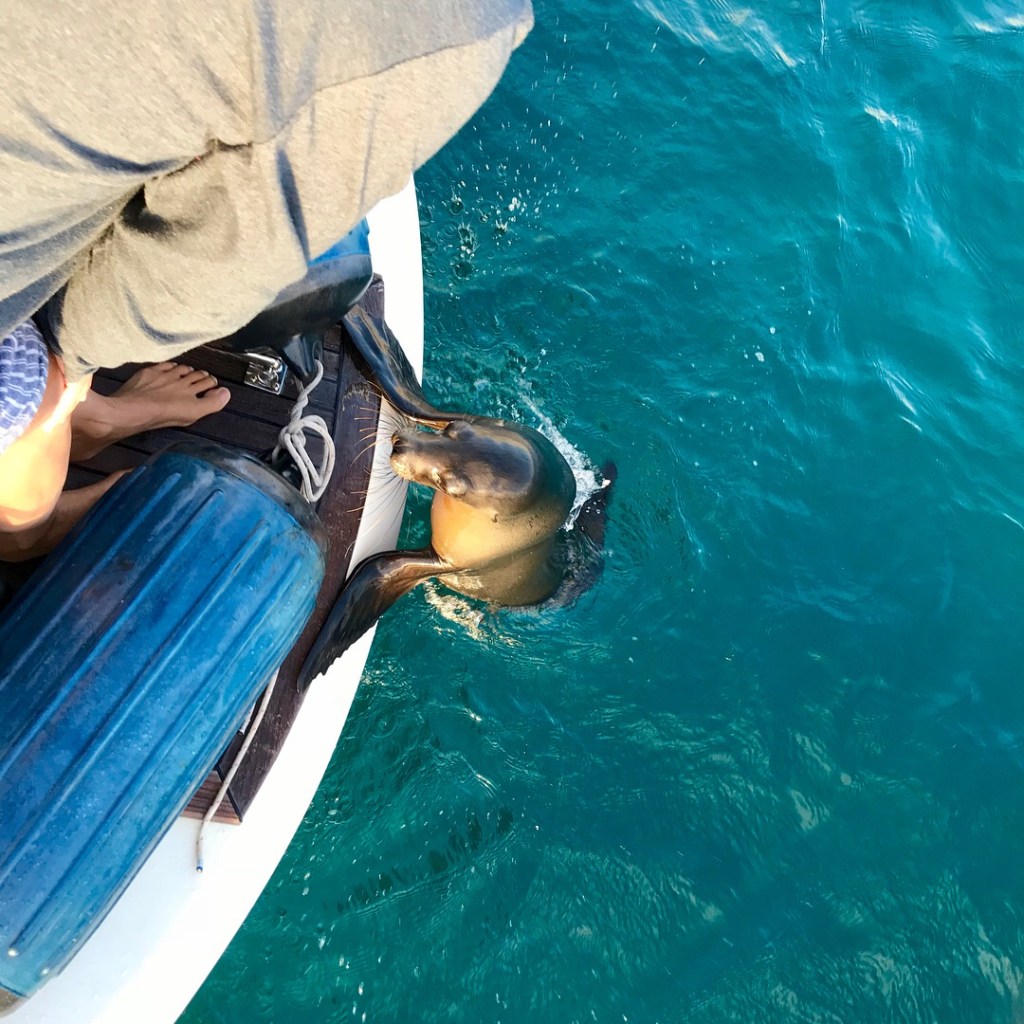
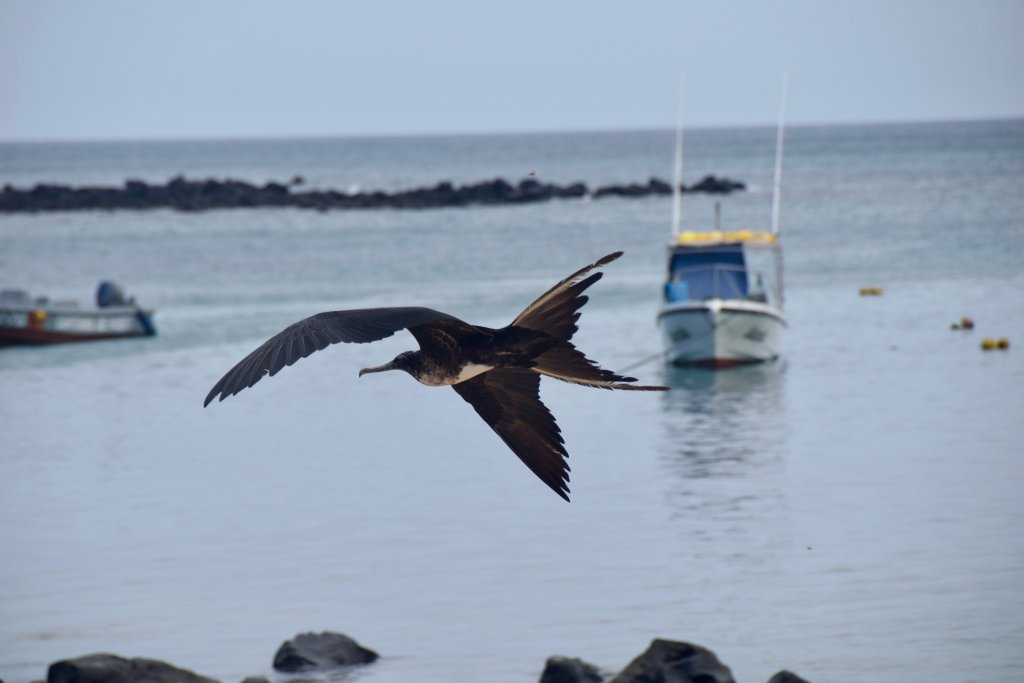
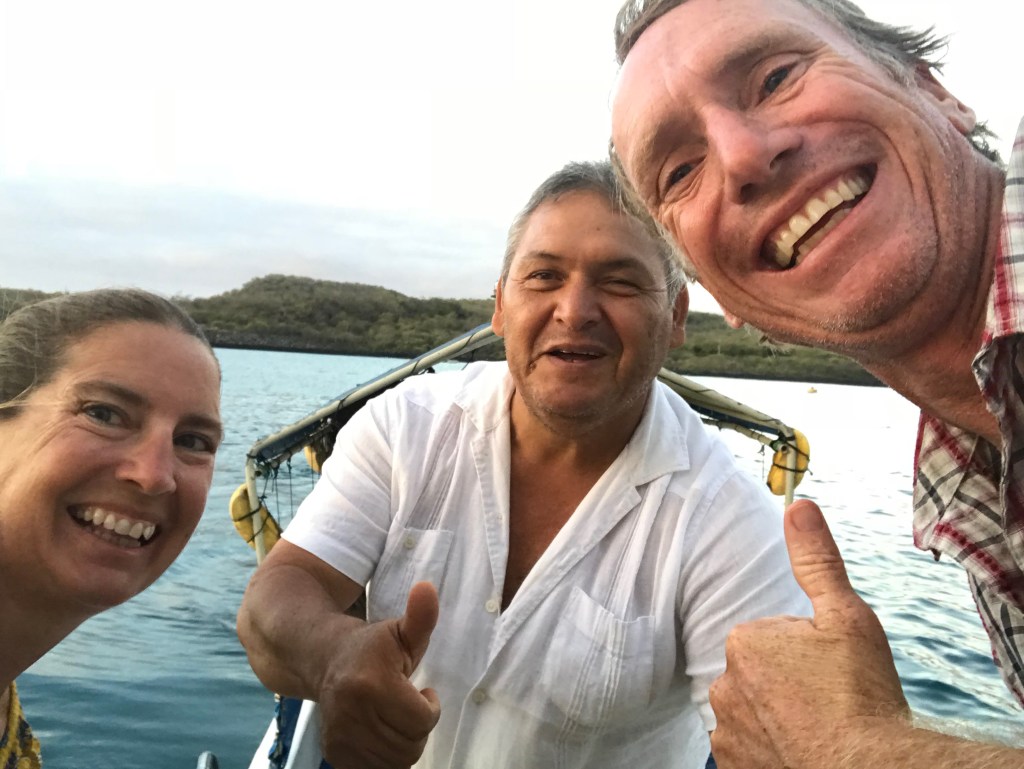

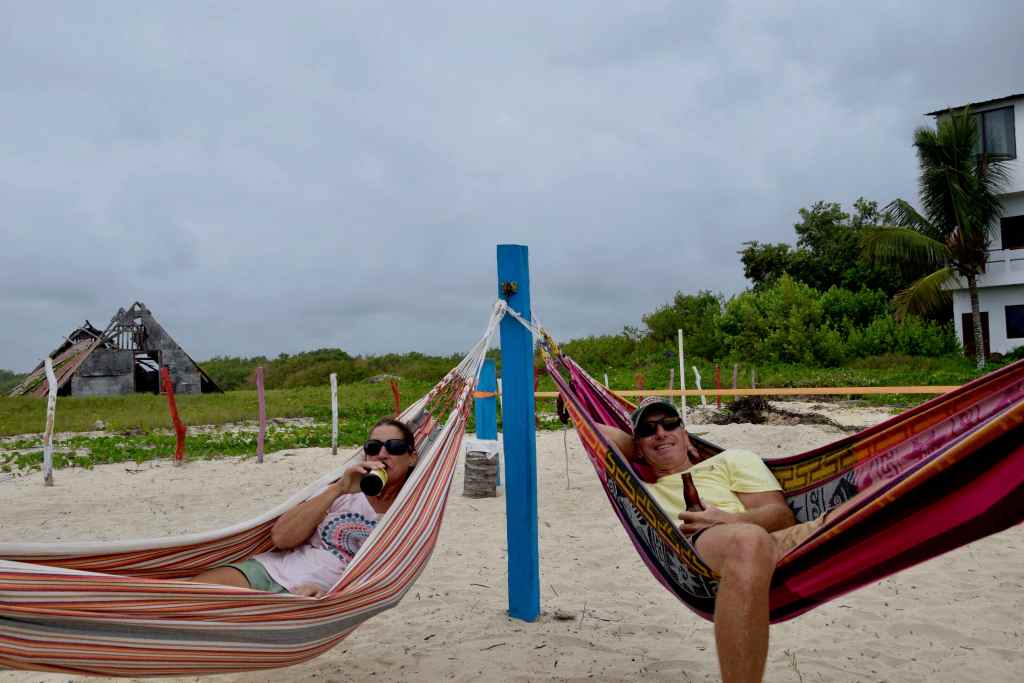
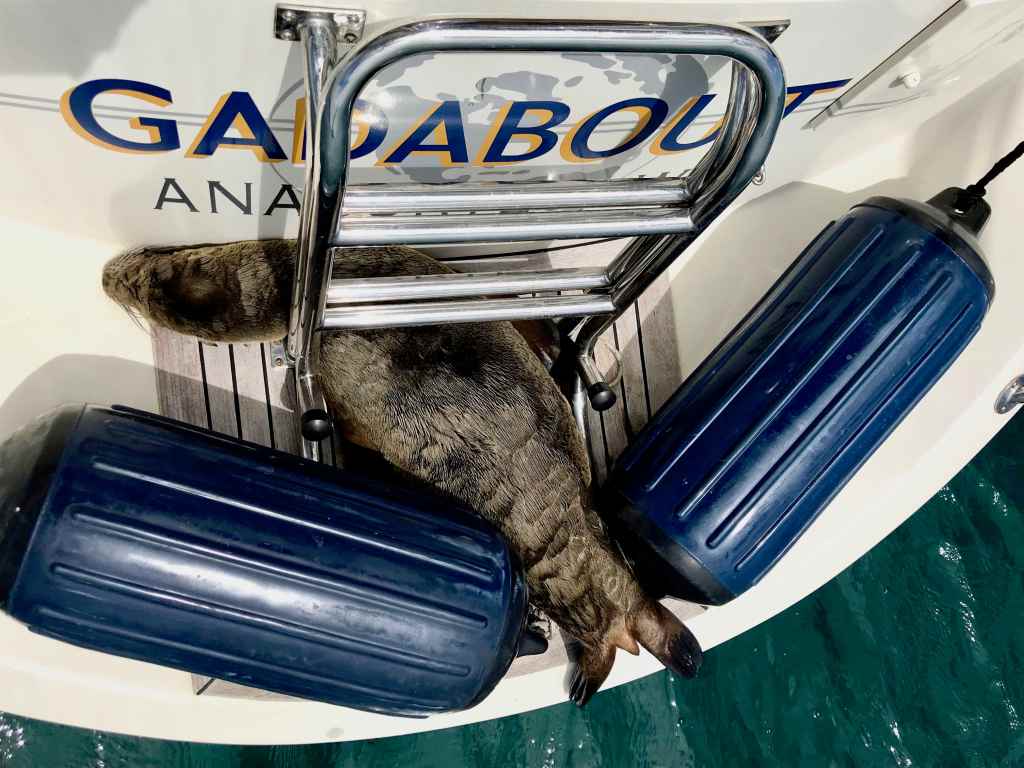
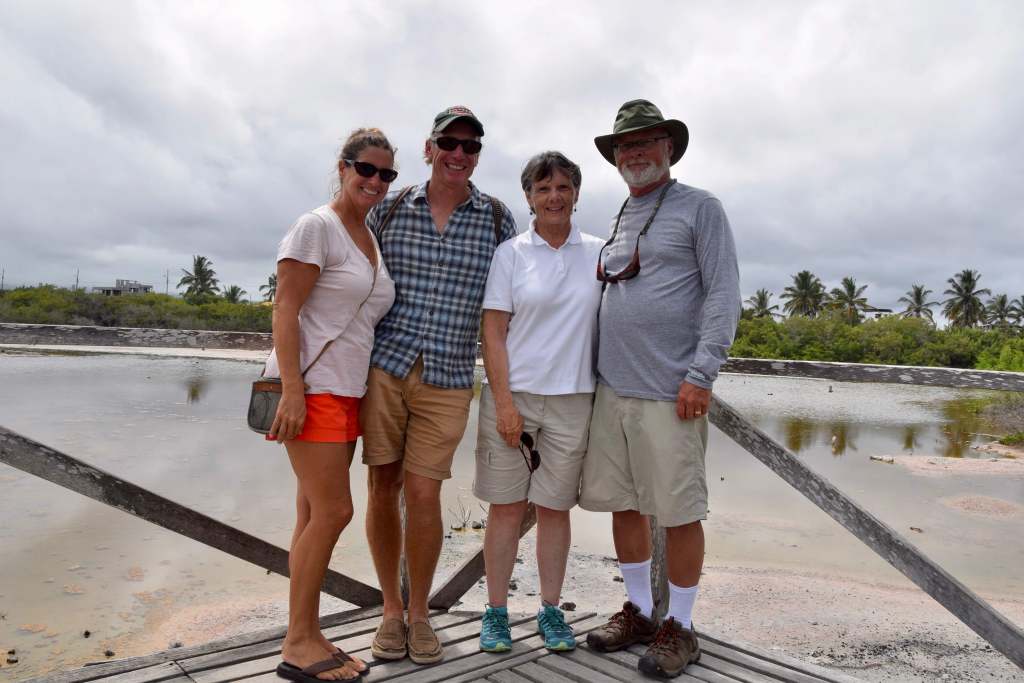




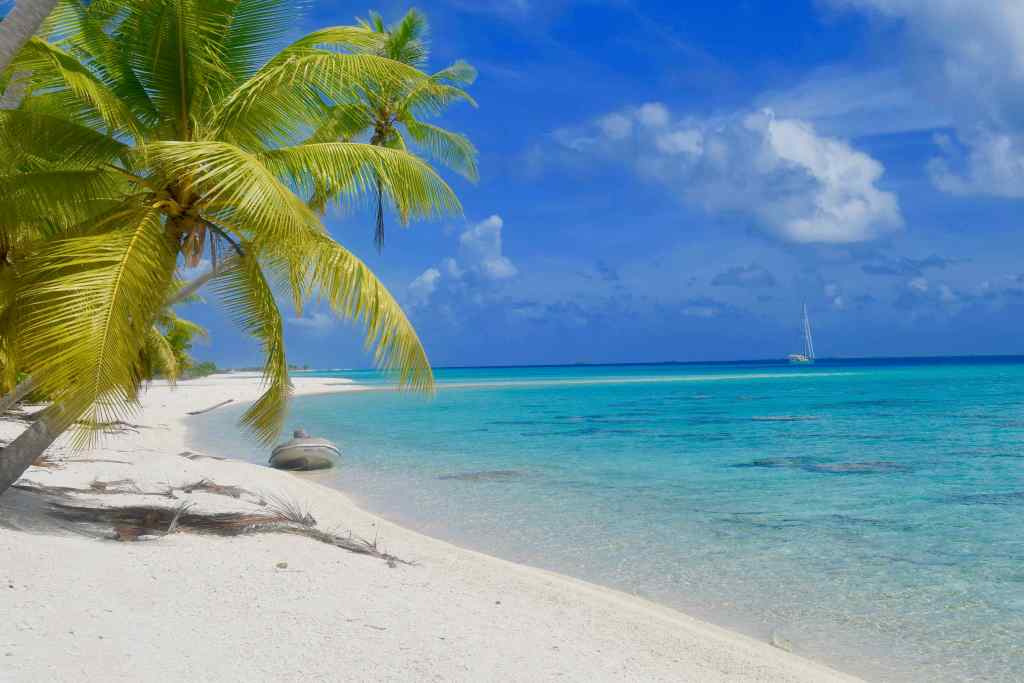
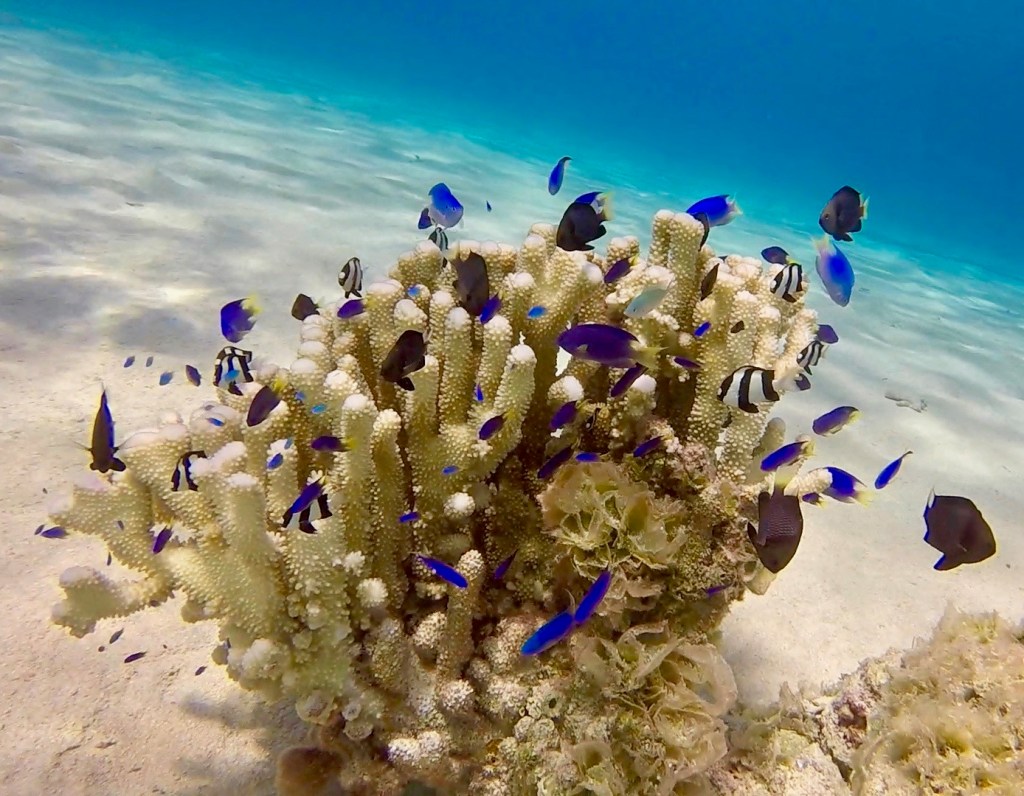




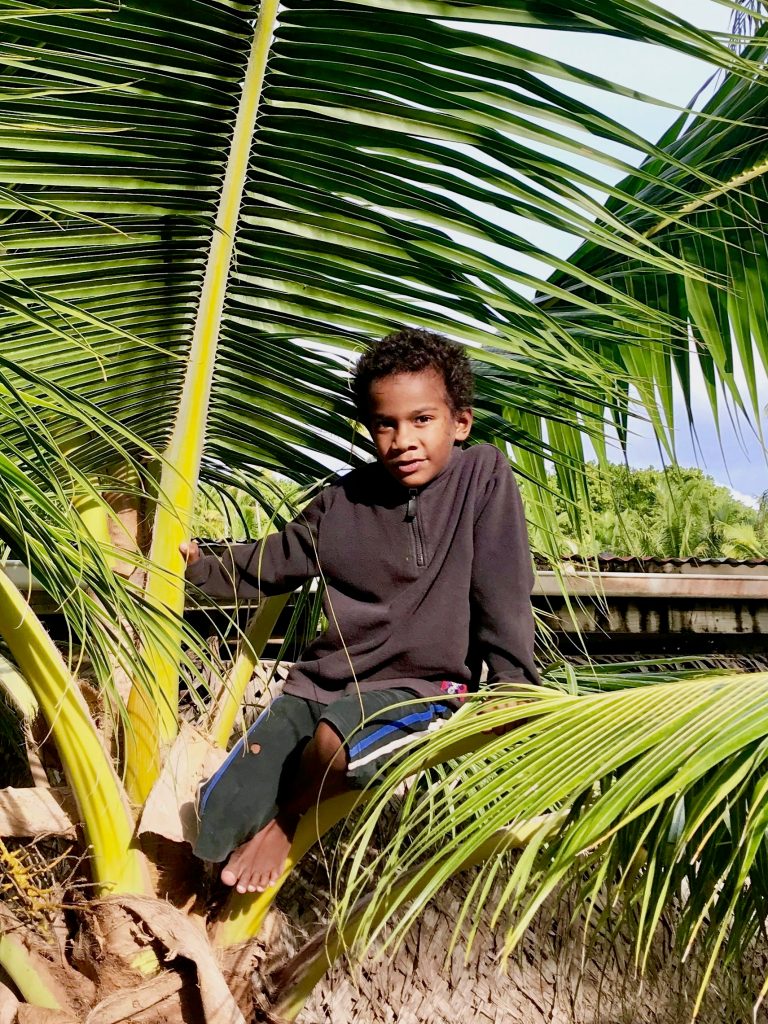

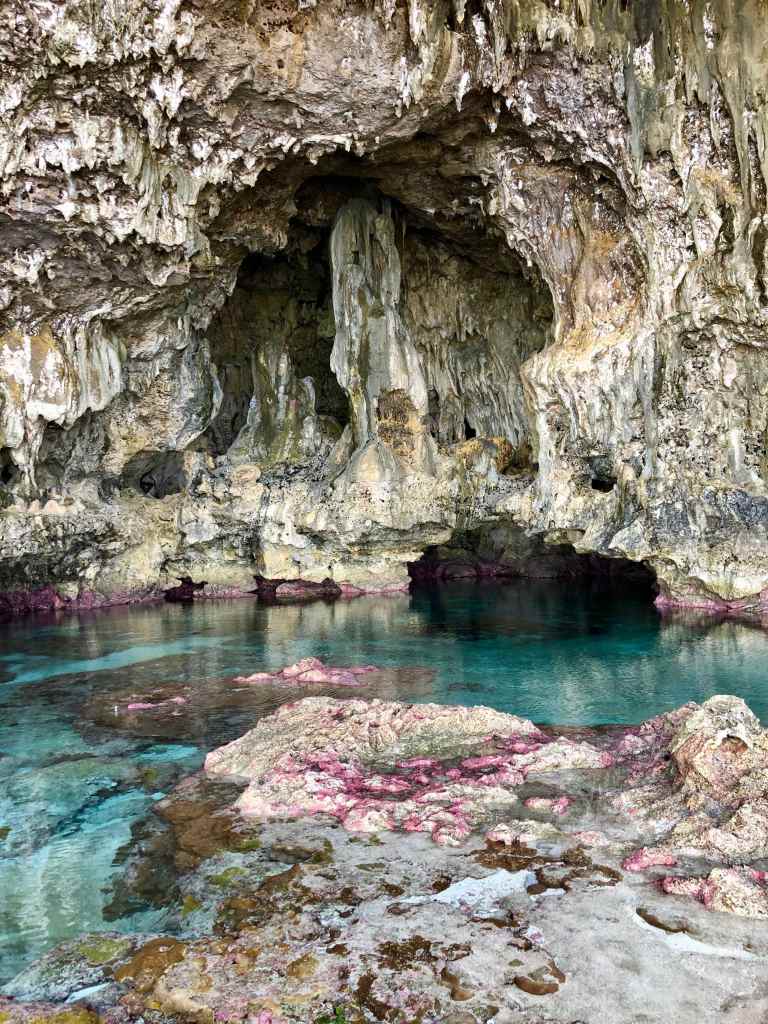

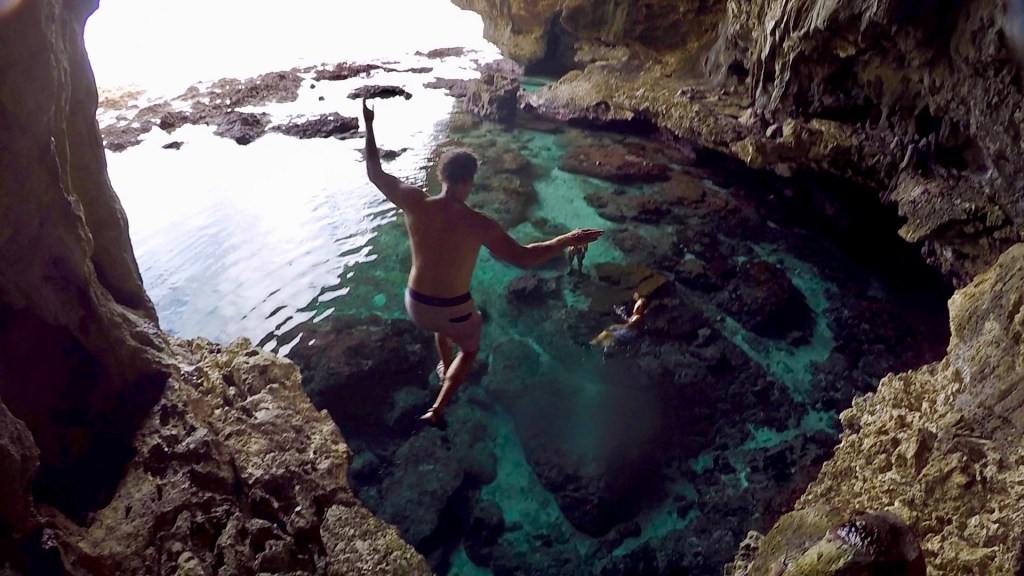


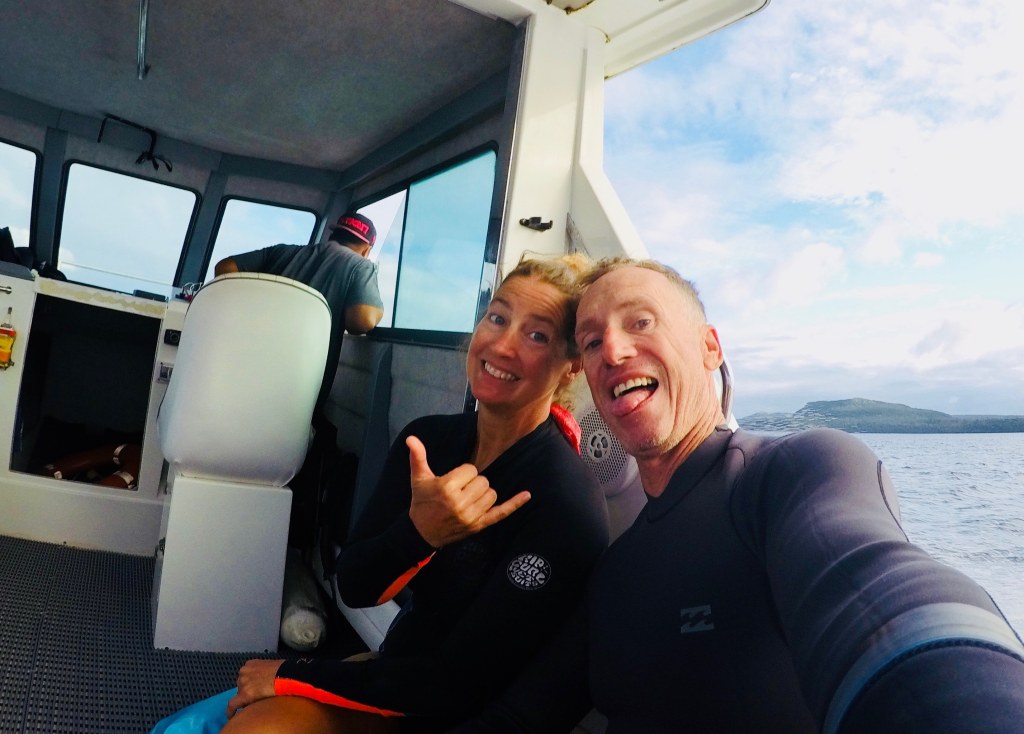
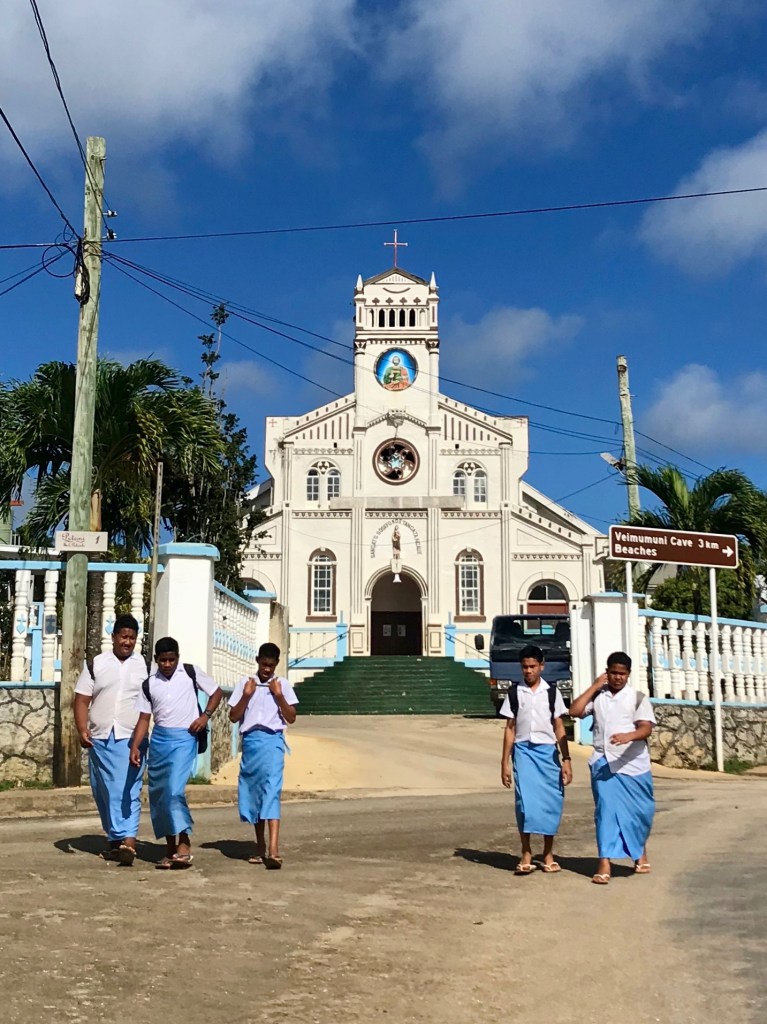




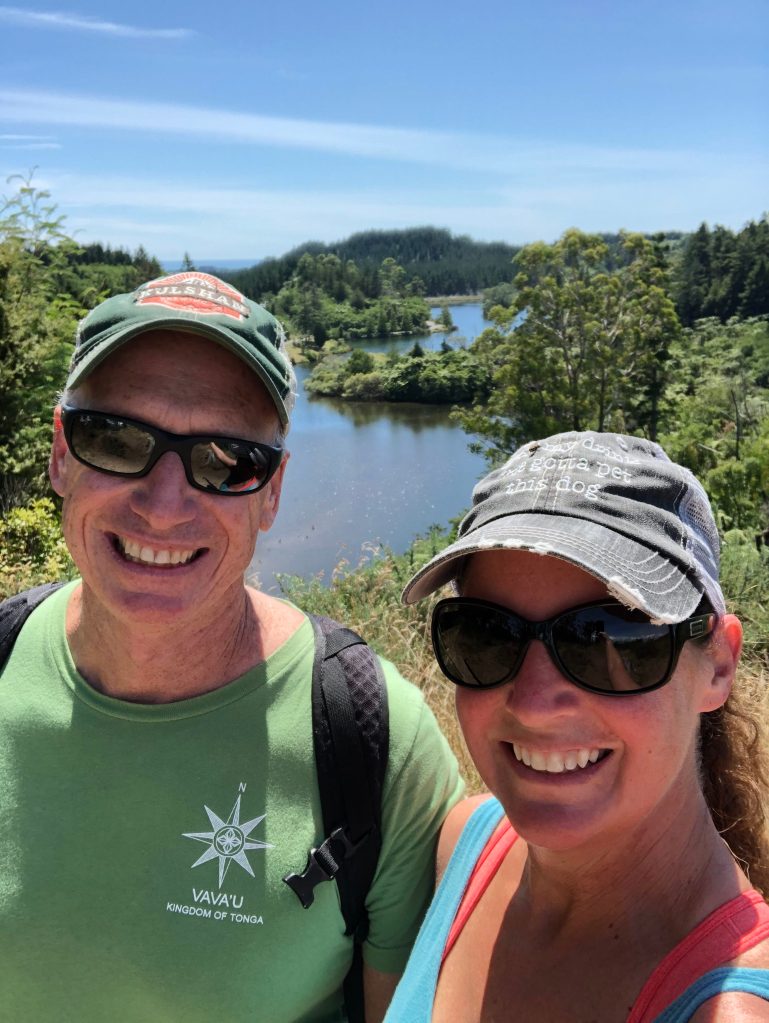
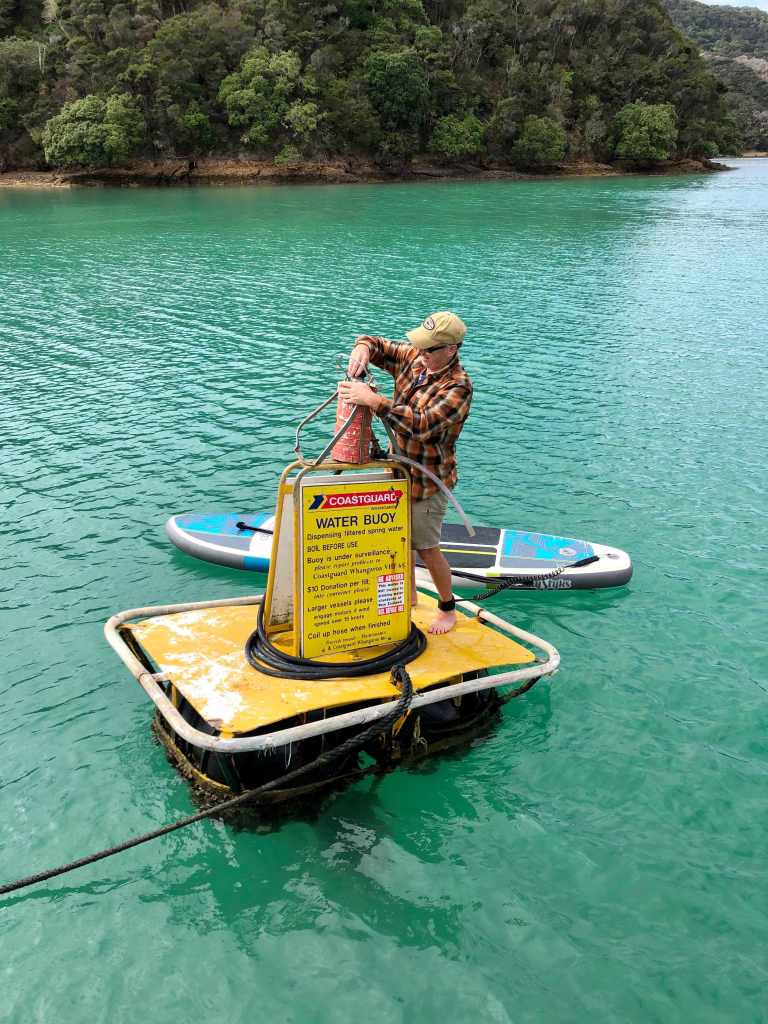

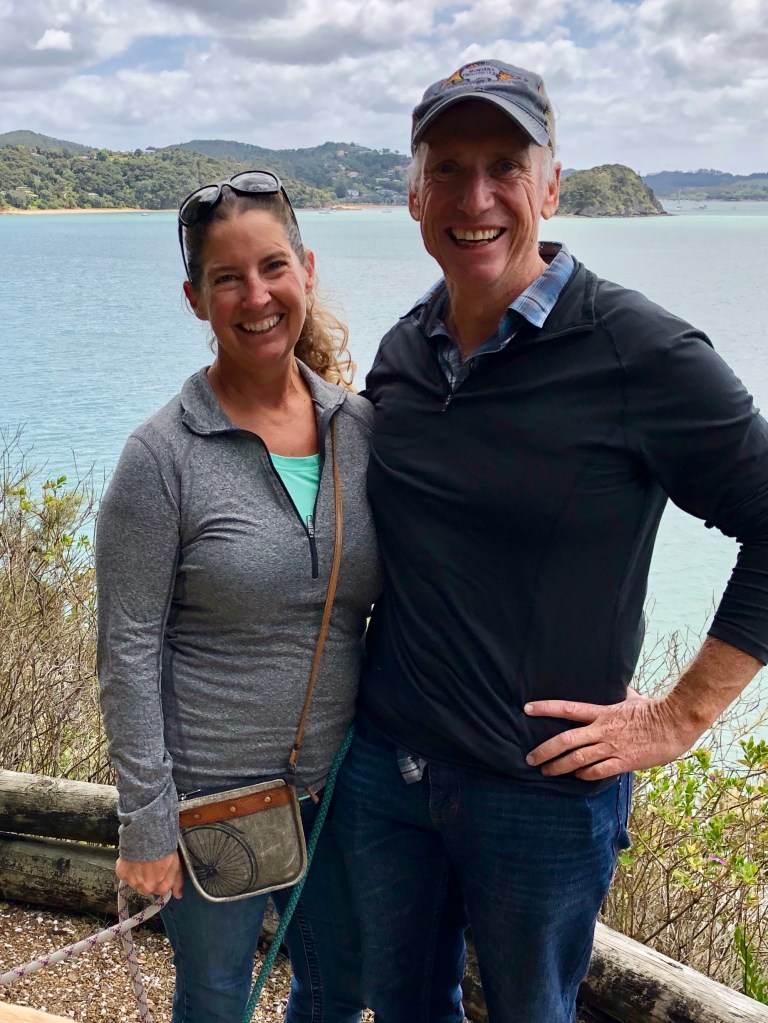

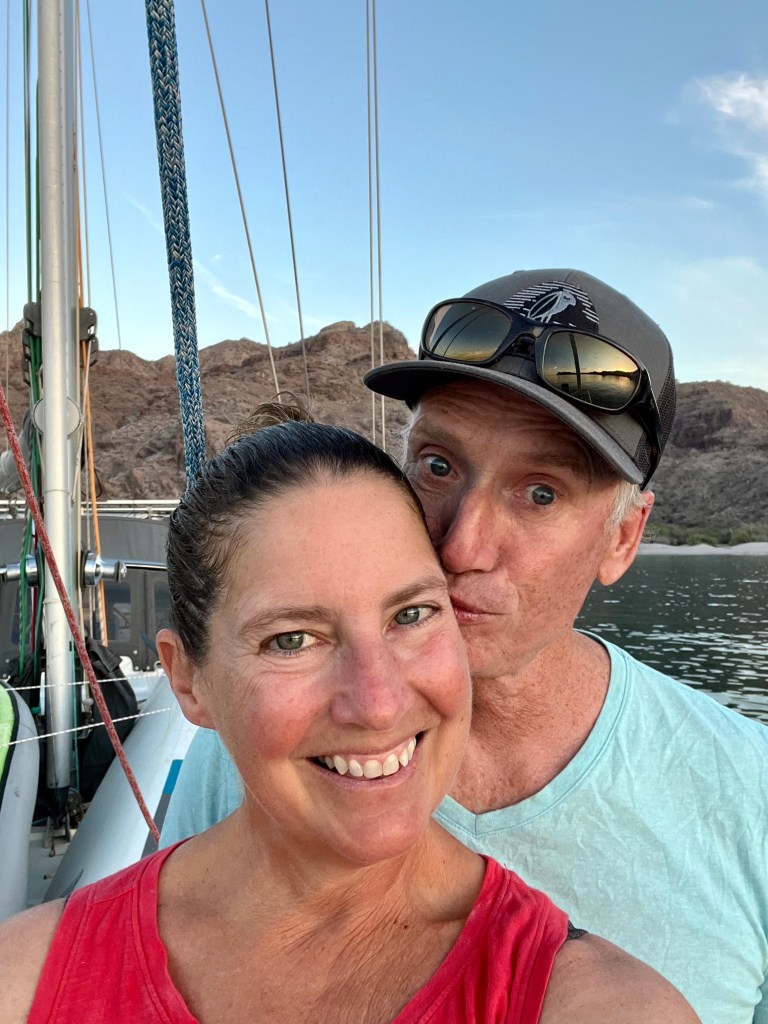
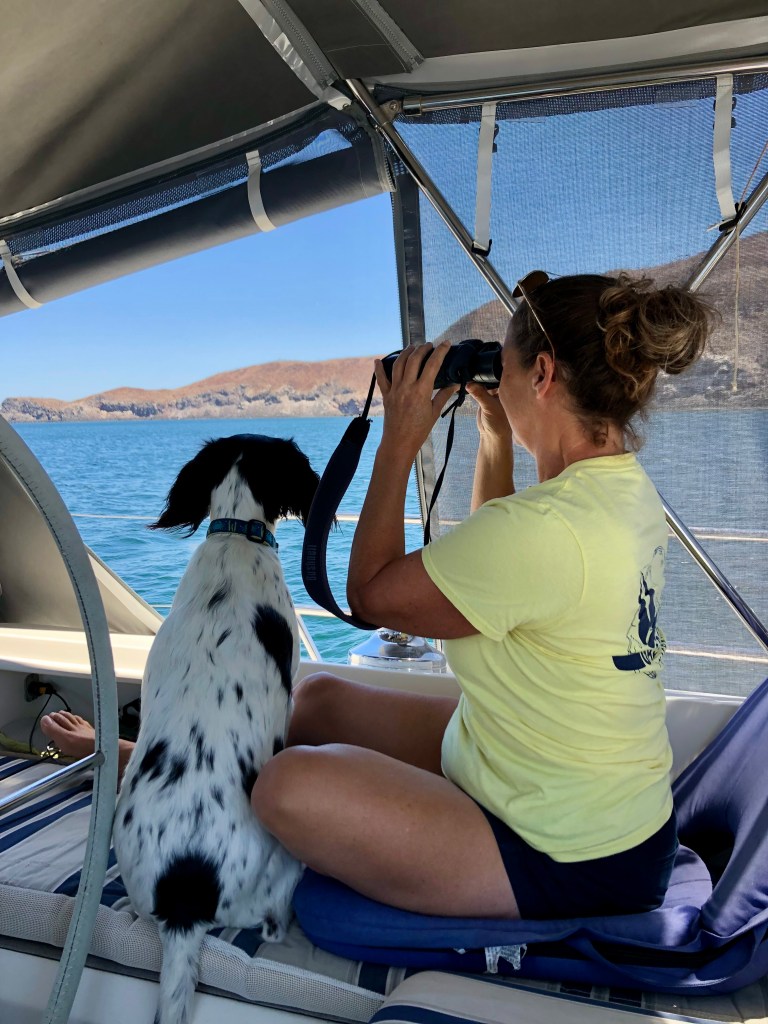
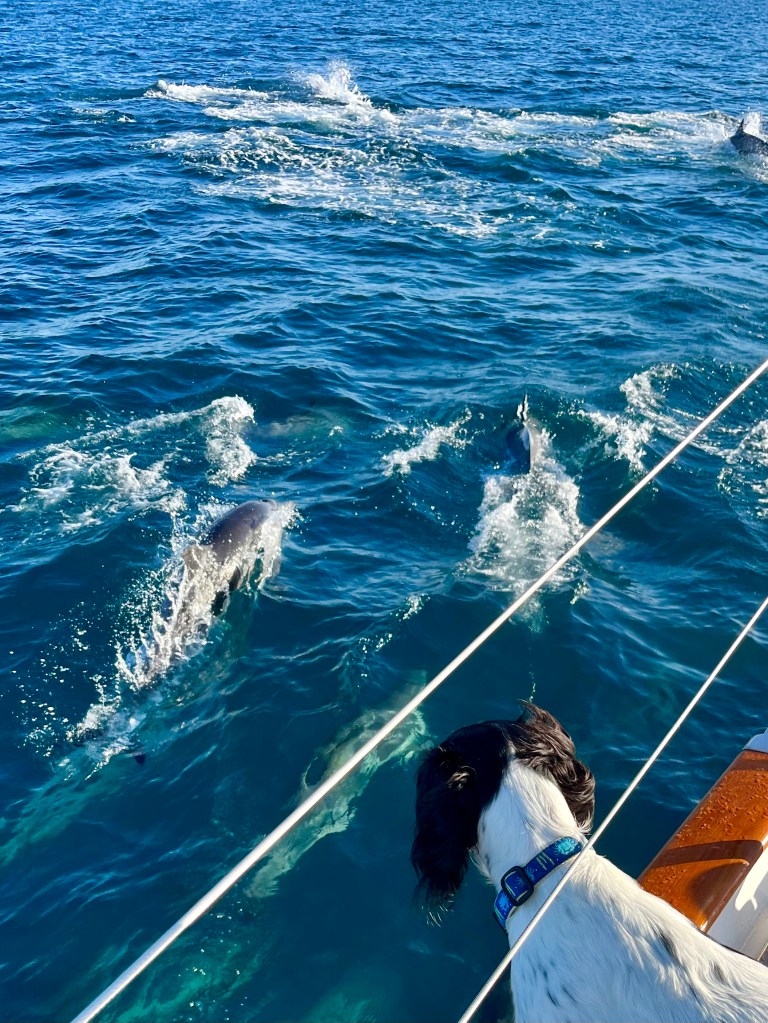




We have a little catching up to do since our last blog post (when we shipped Gadabout from New Zealand to Mexico) but we’ll keep it short, sharing most of the story through pictures.
The past two Februarys found us loading the car in WA and escaping the cold, wet Pacific NW winter to drive to Mexico and hop aboard Gadabout for some much needed sailing and sunshine. In 2022, we reunited with Gaddy in Ensenada (on the Pacific coast of the Baja peninsula) after her journey from New Zealand. Our buddy Kevin joined us and we spent a month sailing south.









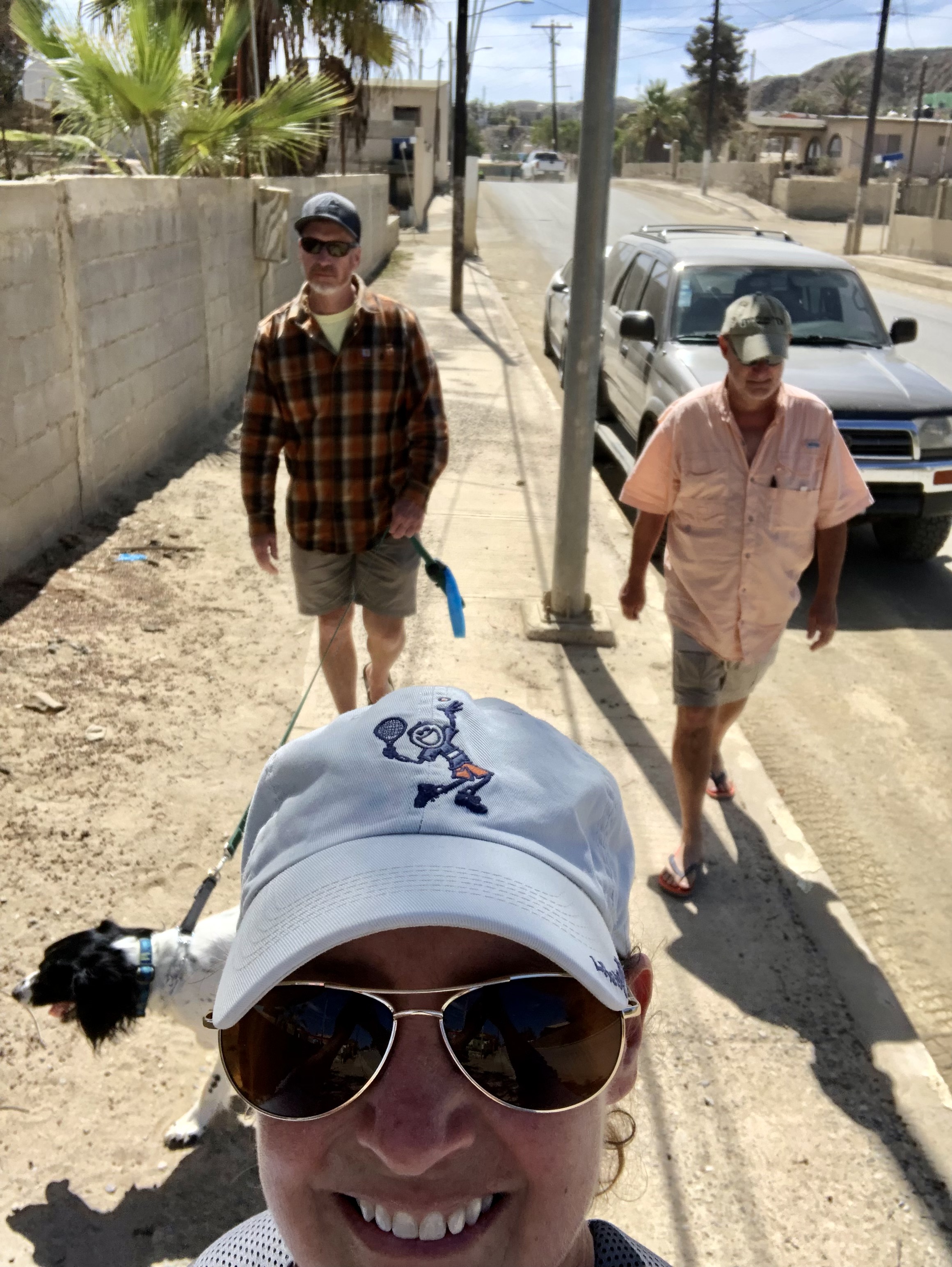
After saying goodbye to Kevin in San Jose del Cabo, we rounded the corner into the Sea of Cortez where we spent the next three months revisiting favorite haunts…



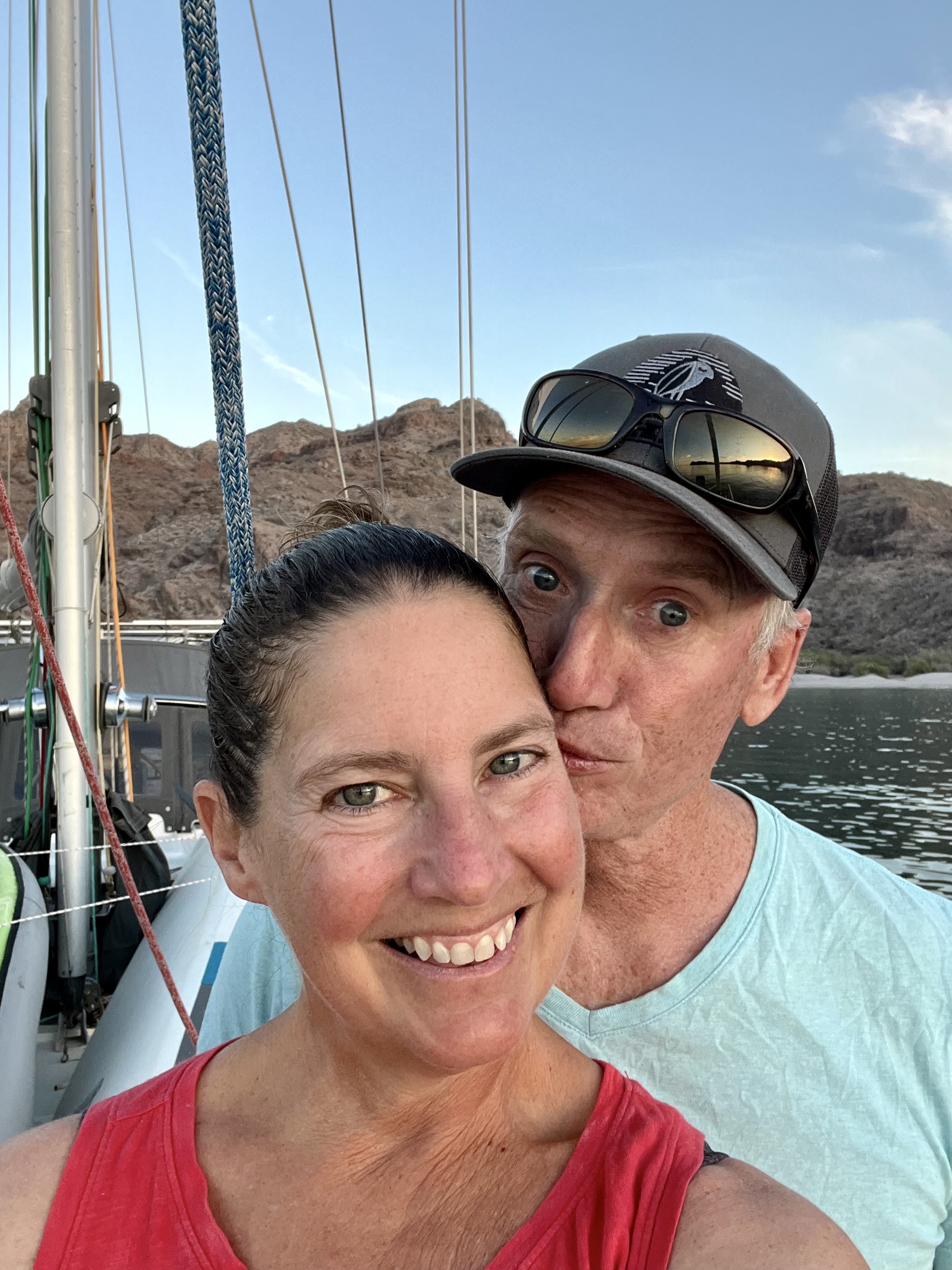

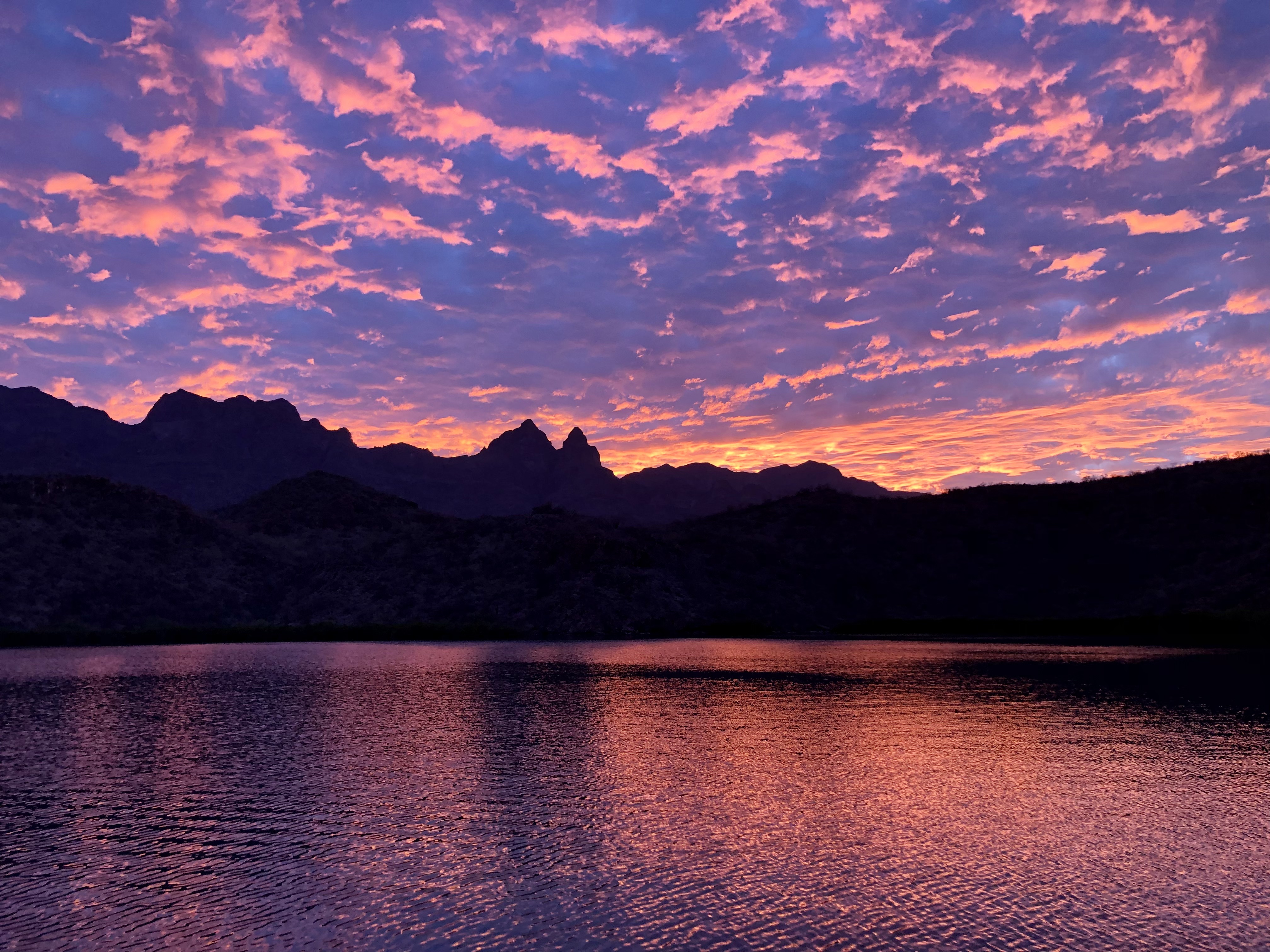
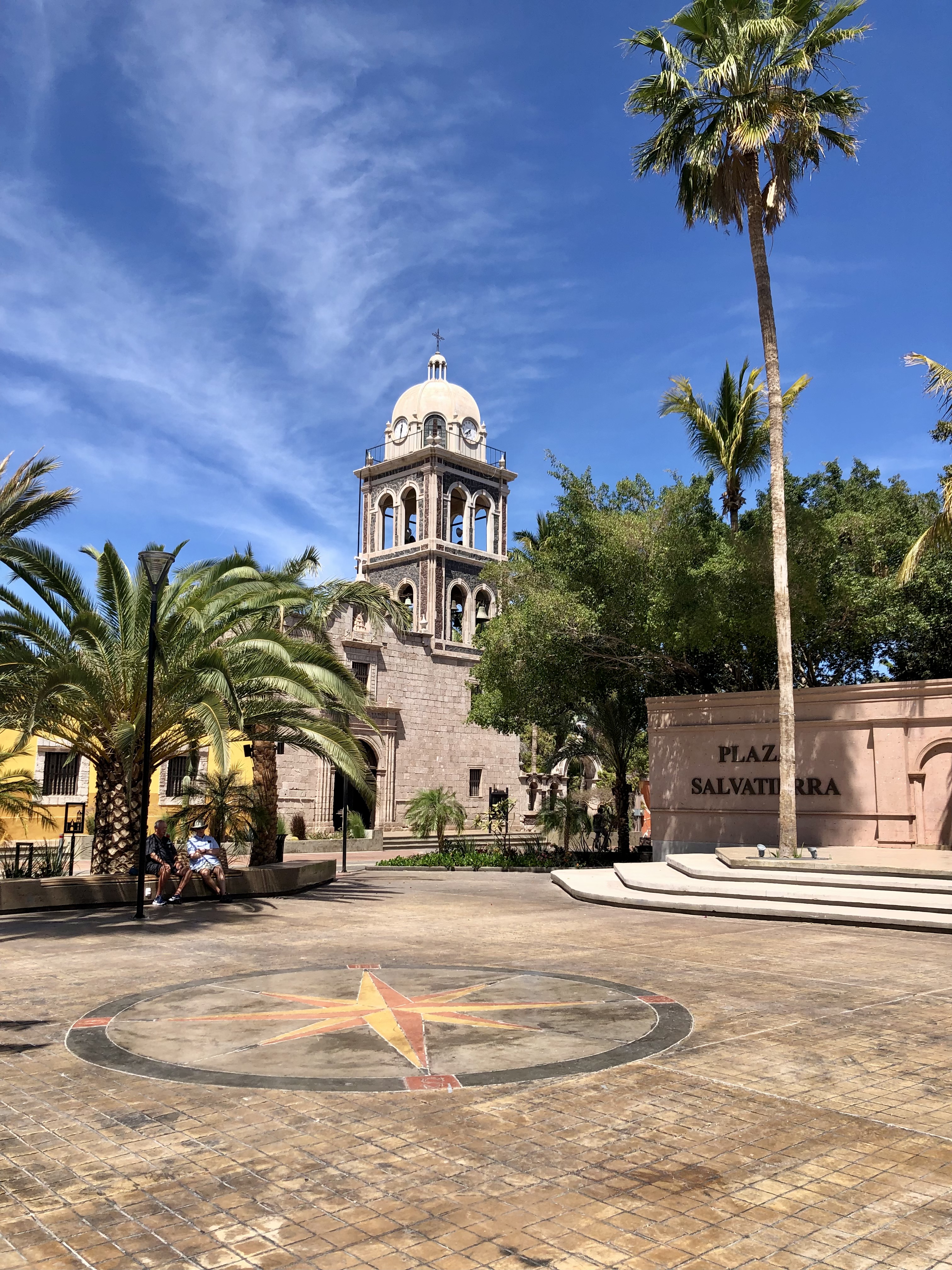

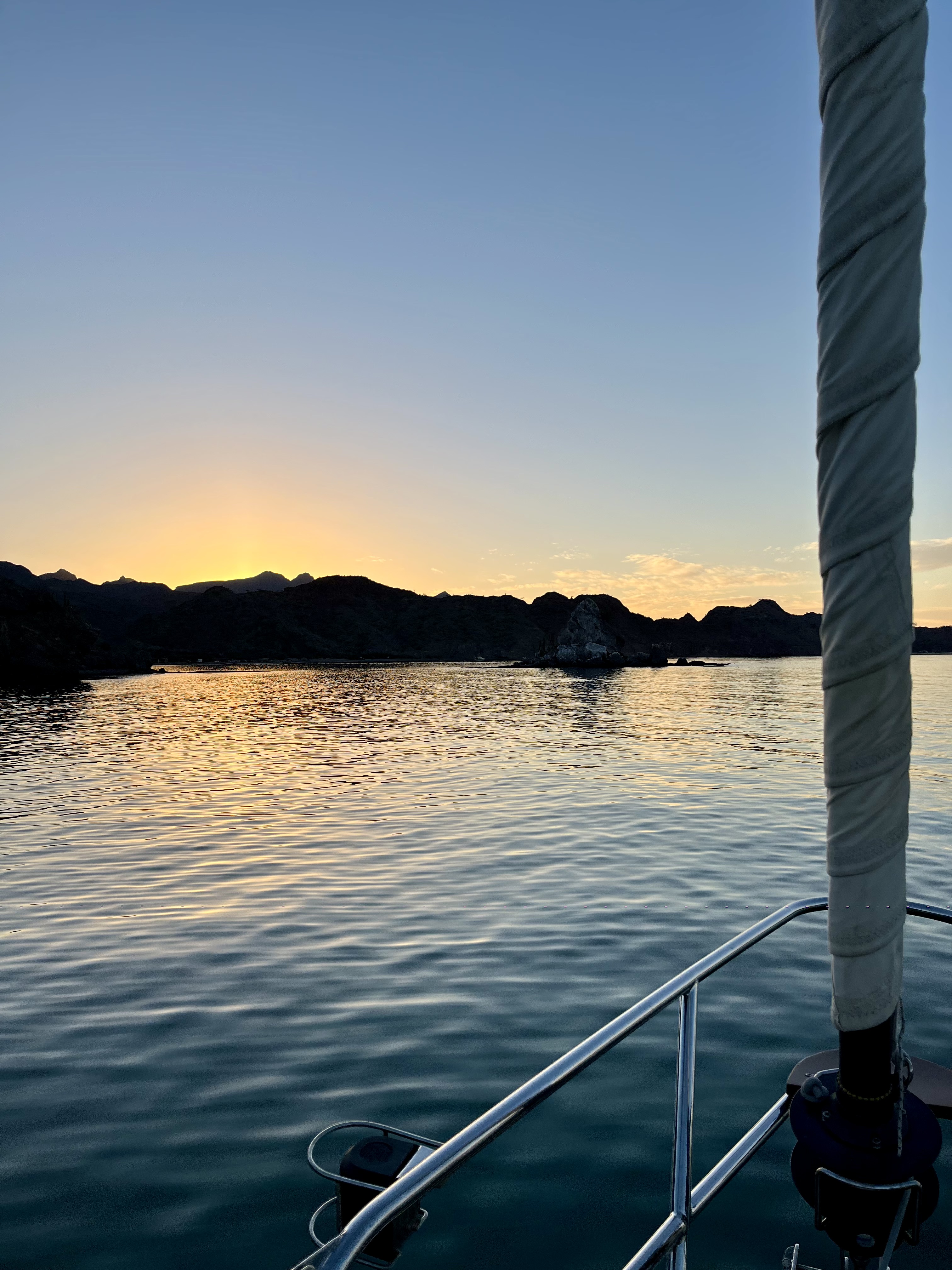
and exploring new places.

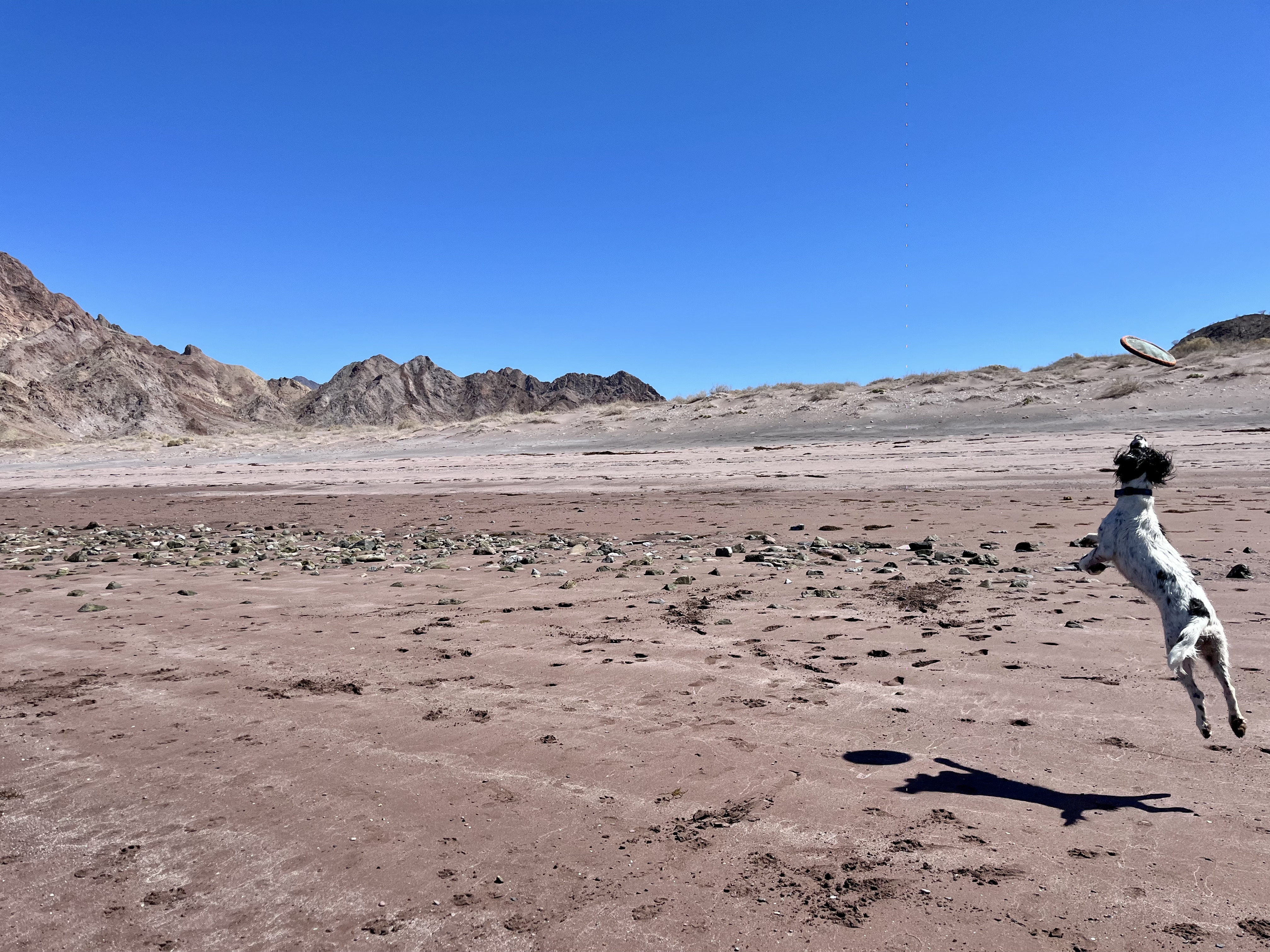








We were lucky to have more friends visit along the way – we love sharing Gadabout and the cruising lifestyle with others. Much fun was had by all.
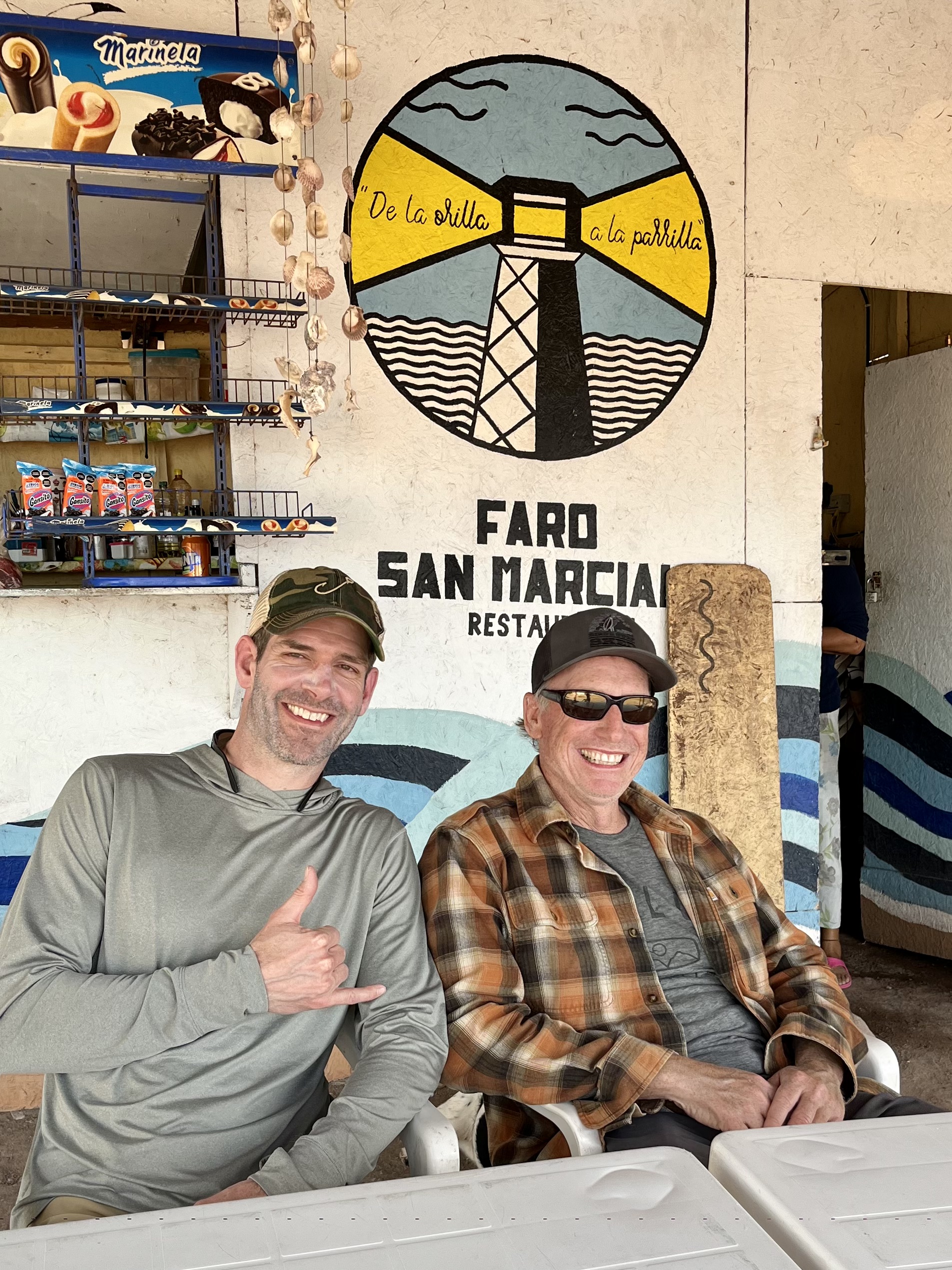
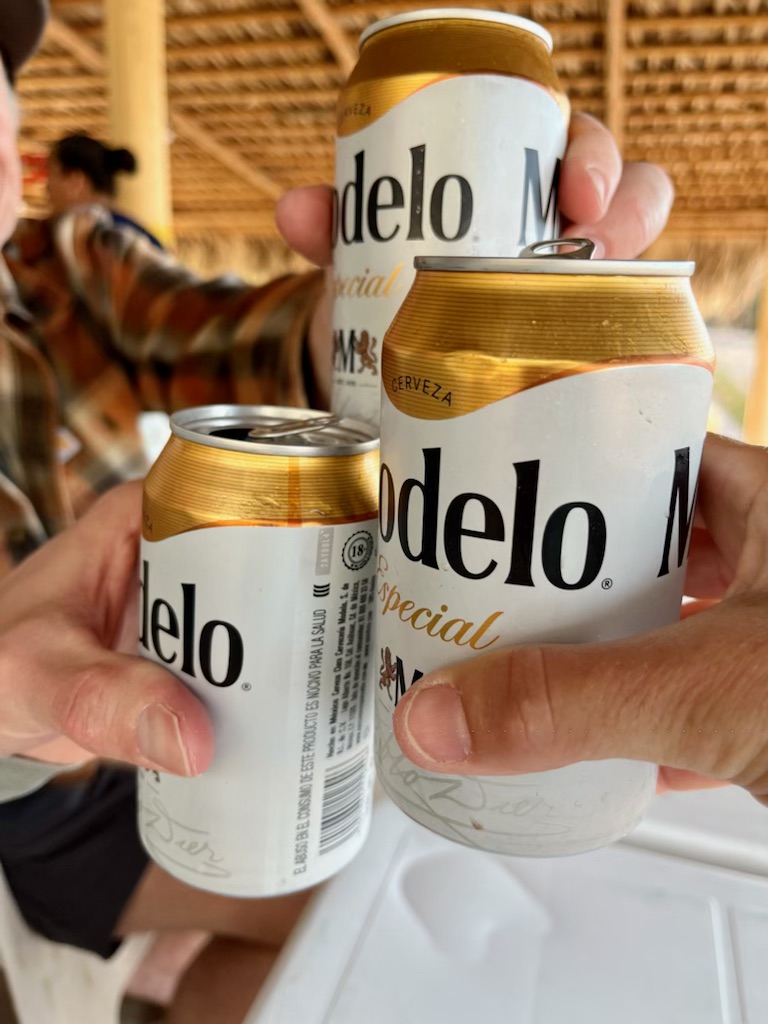








Gadabout spent the 2022 hurricane season safely tucked away on the hard in Puerto Peñasco, MX while we went home to enjoy the Pacific NW summer. We rejoined her this February and spent another four months in the Sea of Cortez, filling our days with desert hikes…


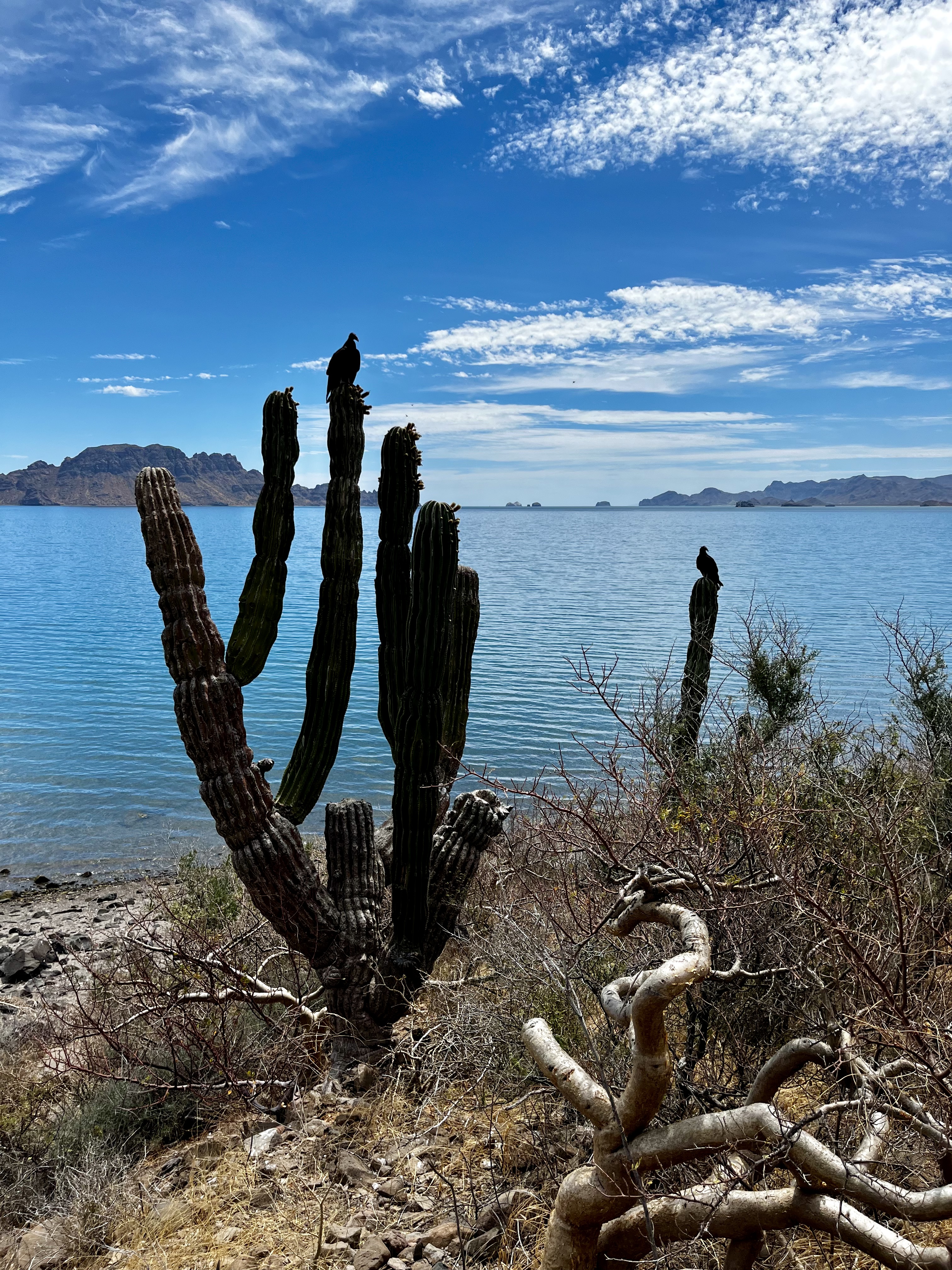


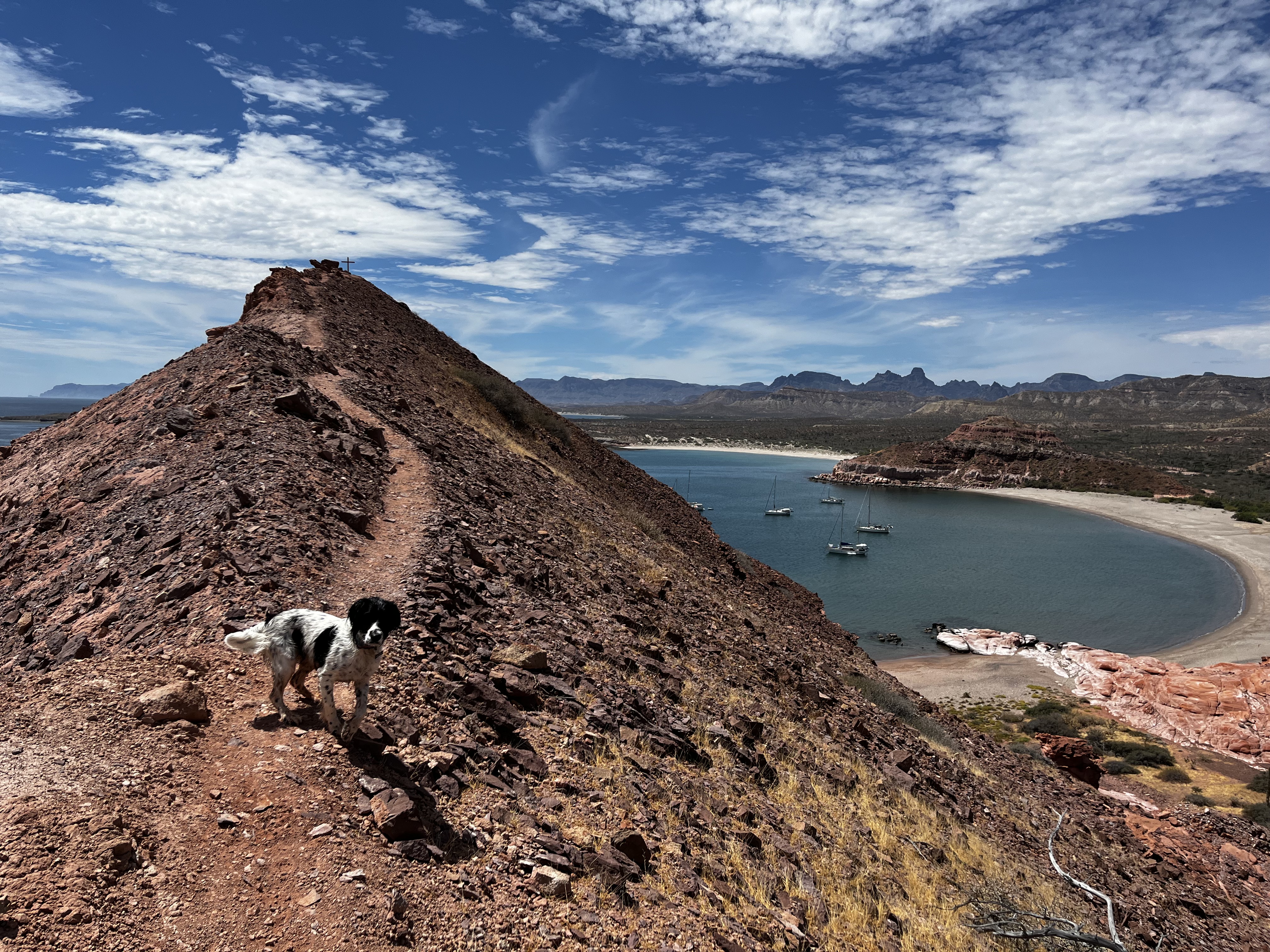

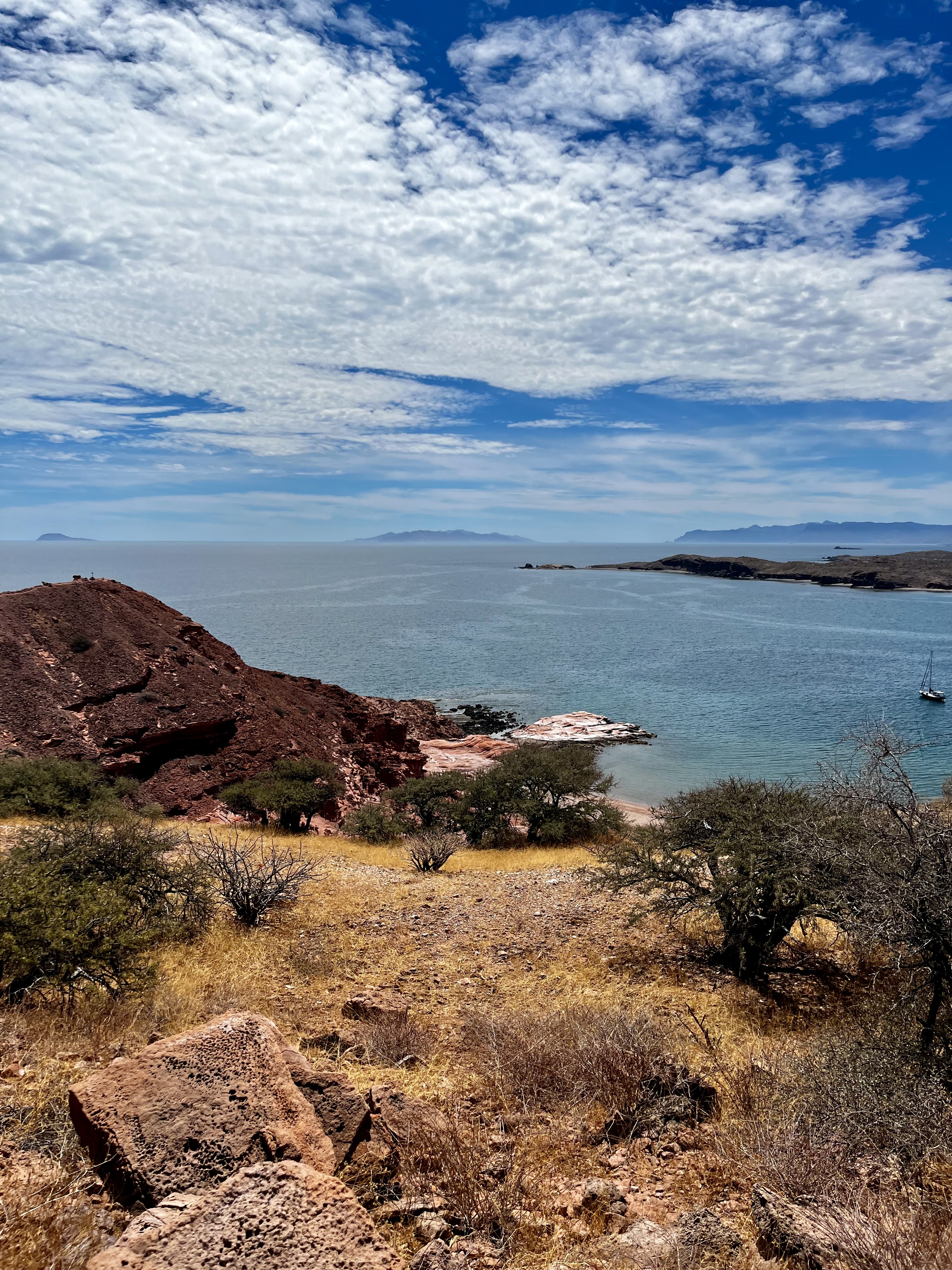


Water time…


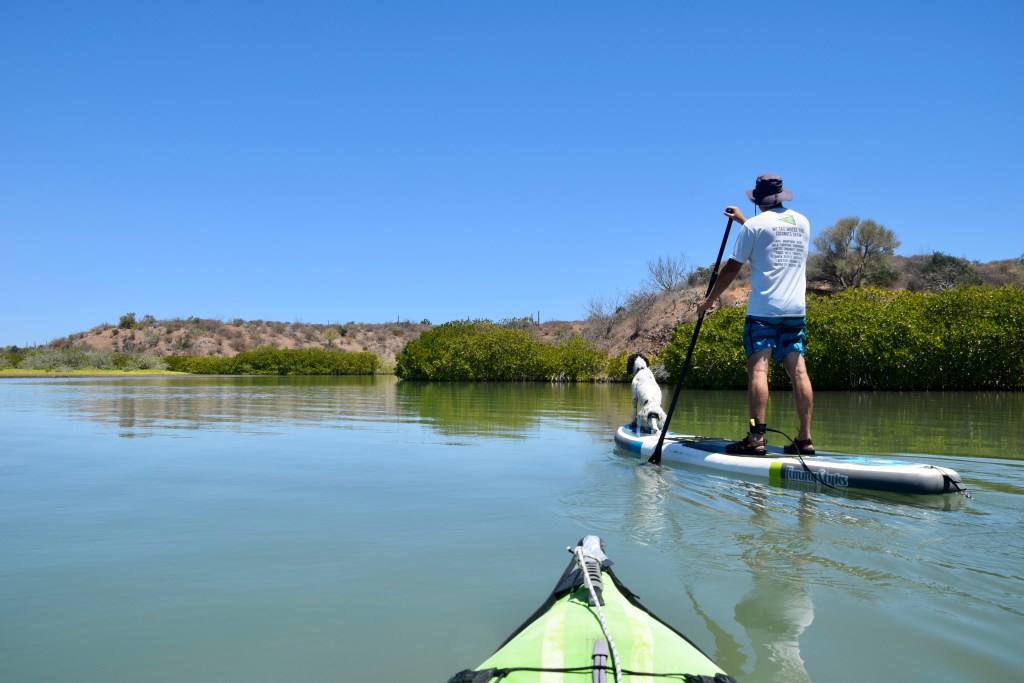

Good eats and drinks…

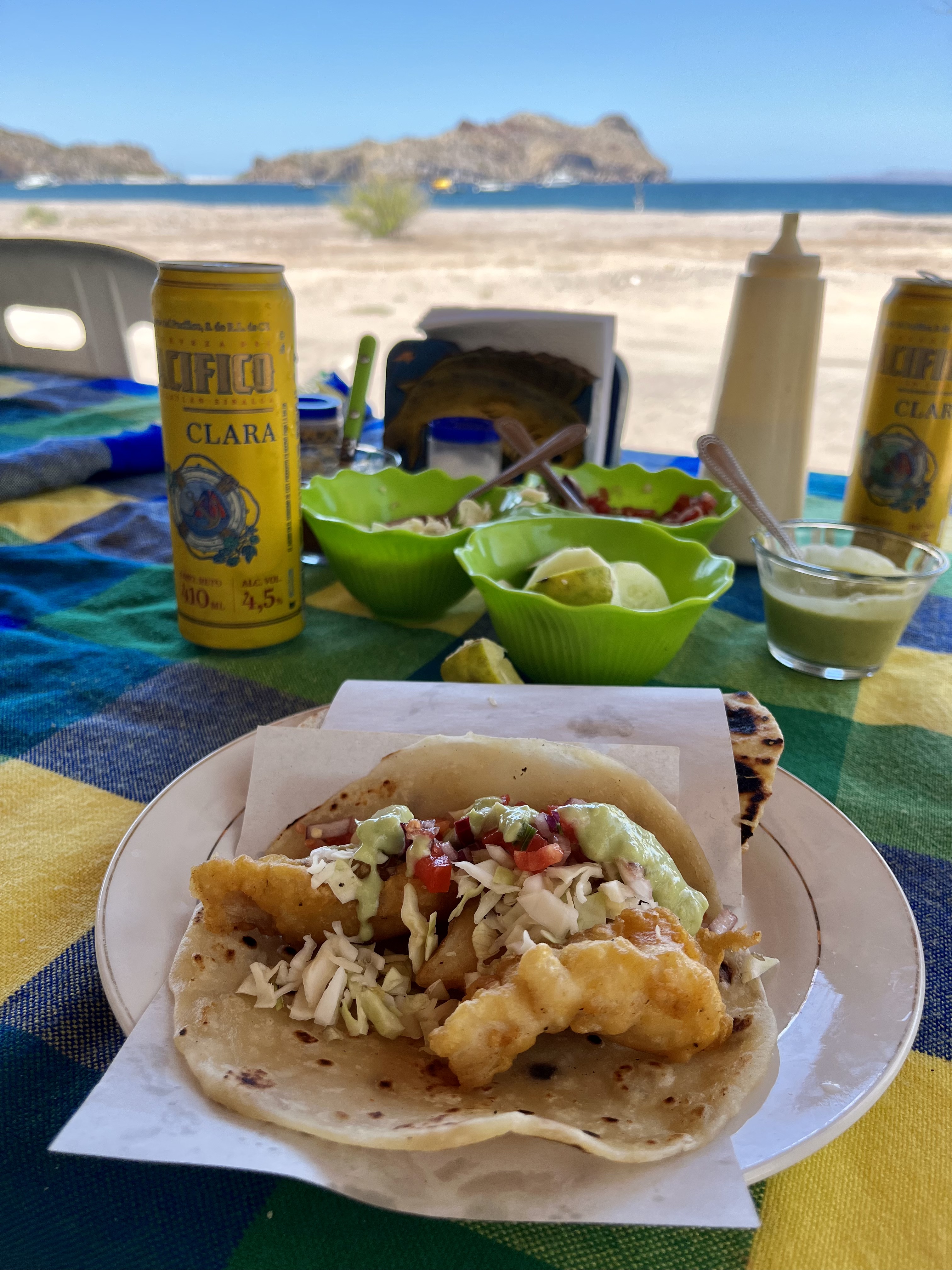


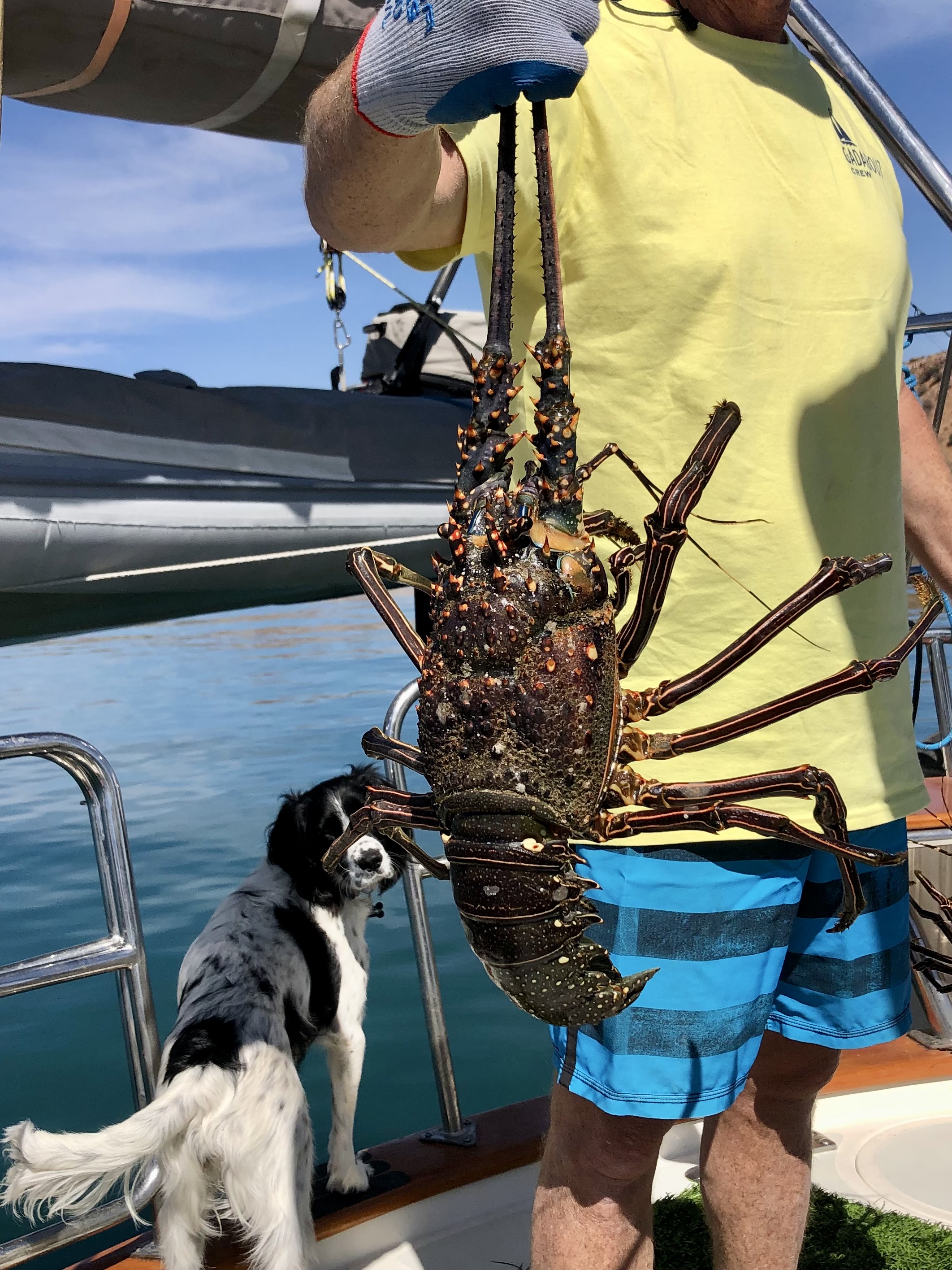
And plenty of warm weather to get us through the winter and spring.
Our Sea of Cortez cruising concluded in the beautiful city of La Paz where, once again, Gaddy prepared for a long distance journey aboard a cargo ship, this time headed north.



Be sure to check out our next post for the rest of the story!

We were in New Zealand. Gadabout’s partial refit was nearly complete – new rigging, new running gear, new lifelines, new canvas, hatches resealed, sails inspected and repaired – and she was almost ready to cross oceans again. A friend joining us for our leg to Fiji had his plane ticket in hand. Another friend was just days from heading from the US to NZ for a visit and we planned to road-trip with her to the South Island. Then… COVID. South Island plans were put on hold. Travel came to a screeching halt. Plane tickets were canceled. Everything shut down. Seven weeks later, lockdown restrictions eased enough for us to finish Gaddy’s refit but nothing else. All the islands throughout the South Pacific were CLOSED. We would be sailing nowhere this season. We figured this pandemic would be short-lived, like the other pandemics in our lifetime, so we decided to head home to the US and enjoy the Pacific NW summer. We stayed in New Zealand until June 2020, then put Gadabout to bed and promised her we’d be back as soon as possible.

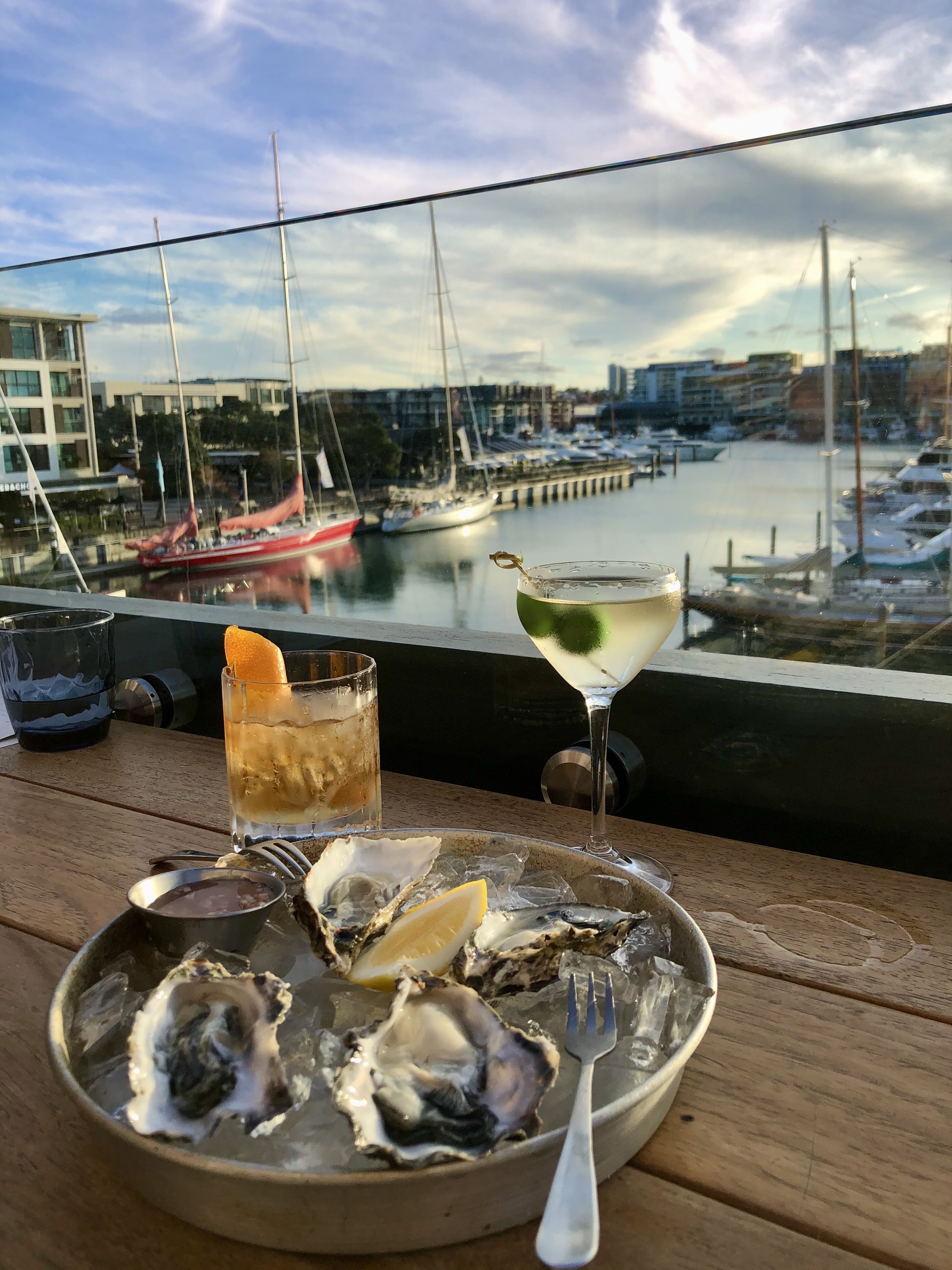

A full year passed and New Zealand still hadn’t opened its borders for us to reenter. It wasn’t cheap keeping Gaddy in the boatyard, and not being able to use her made it even harder to stomach. We were at a decision point. We could wait until New Zealand reopened, sell Gadabout in New Zealand, or have her delivered to our side of the Pacific.
Option 1: Wait. We had no idea when New Zealand would open its borders, but it was painfully apparent that it wouldn’t be any time soon. And once it did open, there was no guarantee that the many small island nations we were planning to visit on our route through the Pacific would be open. Many are very vulnerable with limited healthcare to handle the COVID pandemic.
Option 2: Sell. Selling Gadabout in New Zealand was never an option we seriously considered. Aside from the challenge of finding a buyer and the significant hit we would take on import duty, the logistics of getting all our stuff off her was enough to dissuade us.
Option 3: Deliver. Have her shipped back across the Pacific. We could hire a delivery captain (who would need to be in New Zealand already) to sail her across but this would be a lot of wear and tear on her. Or, we could hire a yacht transport service.
After much discussion about life plans, next chapters and, of course, finances, we decided to ship her. In August 2021, we signed a contract with DYT Yacht Transport to add Gaddy to the party of boats that would be crossing the Pacific on the MV Yacht Express. Then the logistics fun began.
Because Gadabout was on the hard in the boatyard in Opua, in the Northland region of New Zealand, we needed to arrange for her to be refloated, have all her systems checked, be sailed down to Auckland, and be loaded onto the transport ship. This required an army of helpers and everyone did a fabulous job making it happen.
In January 2022, Gaddy was loaded onto the transport ship for her journey. Here’s a quick recap of how it works:
DYT Yacht Transport is a company that specializes in transporting yachts around the world. This is a regular occurrence for mega yachts but the pandemic brought it into play for us cruisers who couldn’t get back to our boats. There are two types of yacht transport ships: one uses a (very) large crane to lift yachts and place them on the deck of the ship; the other floods its deck, allowing yachts to drive onto the ship, then utilizes underwater divers to weld customized cradles in place for each yacht to hold it in place for transport. Once the yachts are secured, the water is pumped out and they are high and dry for the journey. MV Yacht Express, Gaddy’s taxi, uses the latter method.


Obviously, we weren’t able to be there to load Gaddy onto the ship but we were excited to be a part of the offload process. She traveled first to Brisbane, Australia to pick up more boat buddies, then it was a straight 20-day shot to Ensenada, Mexico where we reunited with her in February.
It’s pretty crazy seeing a ship pulling into port with so many boats on it, including yours. When MV Yacht Express arrived in Ensenada and it was time to offload, we boarded the ship, walked along the deck, climbed the ladder to board Gaddy, and settled in.




Then the whole process reversed. It took about two hours for the deck to be flooded, then divers removed the cradles from underneath.


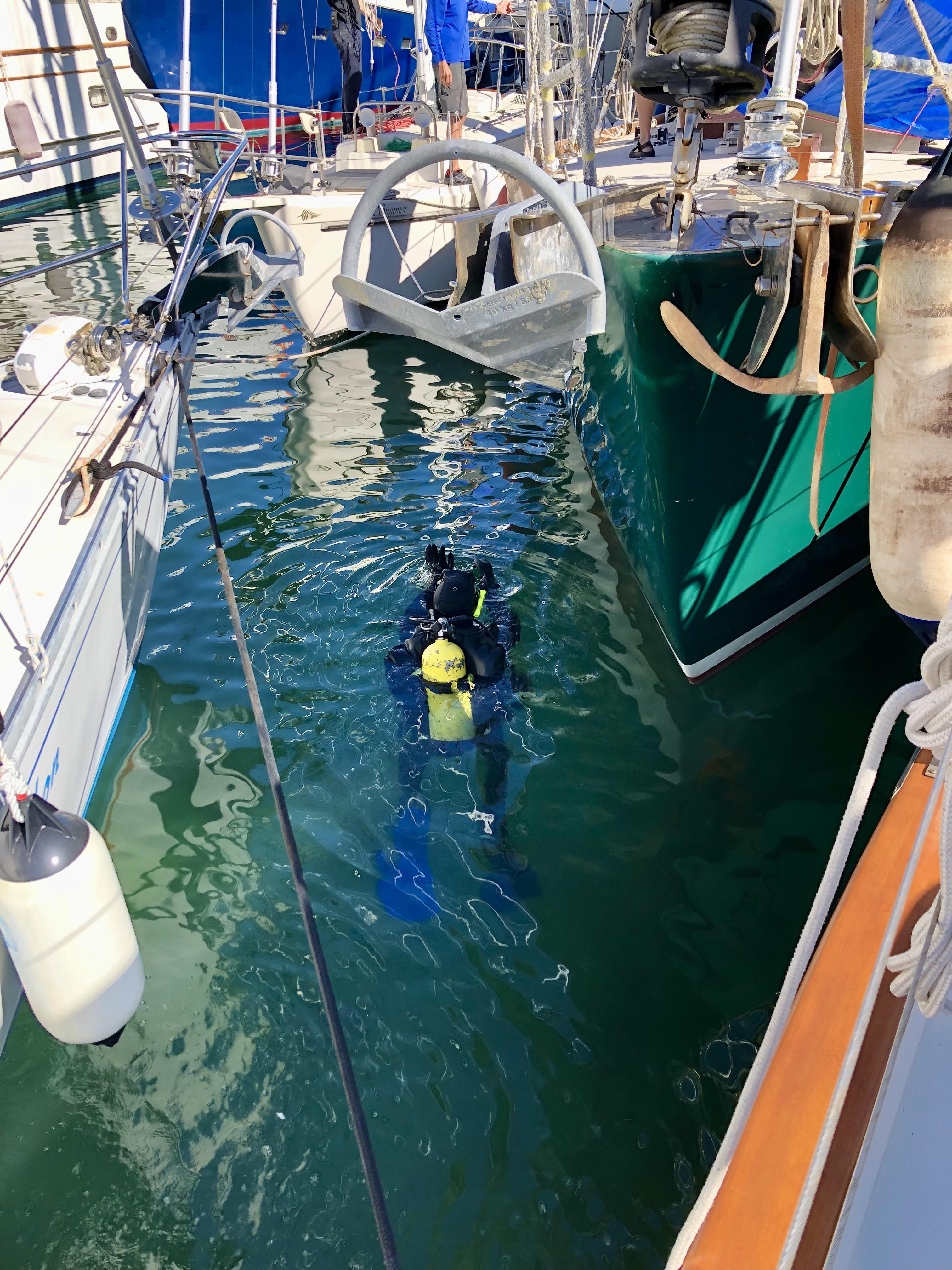
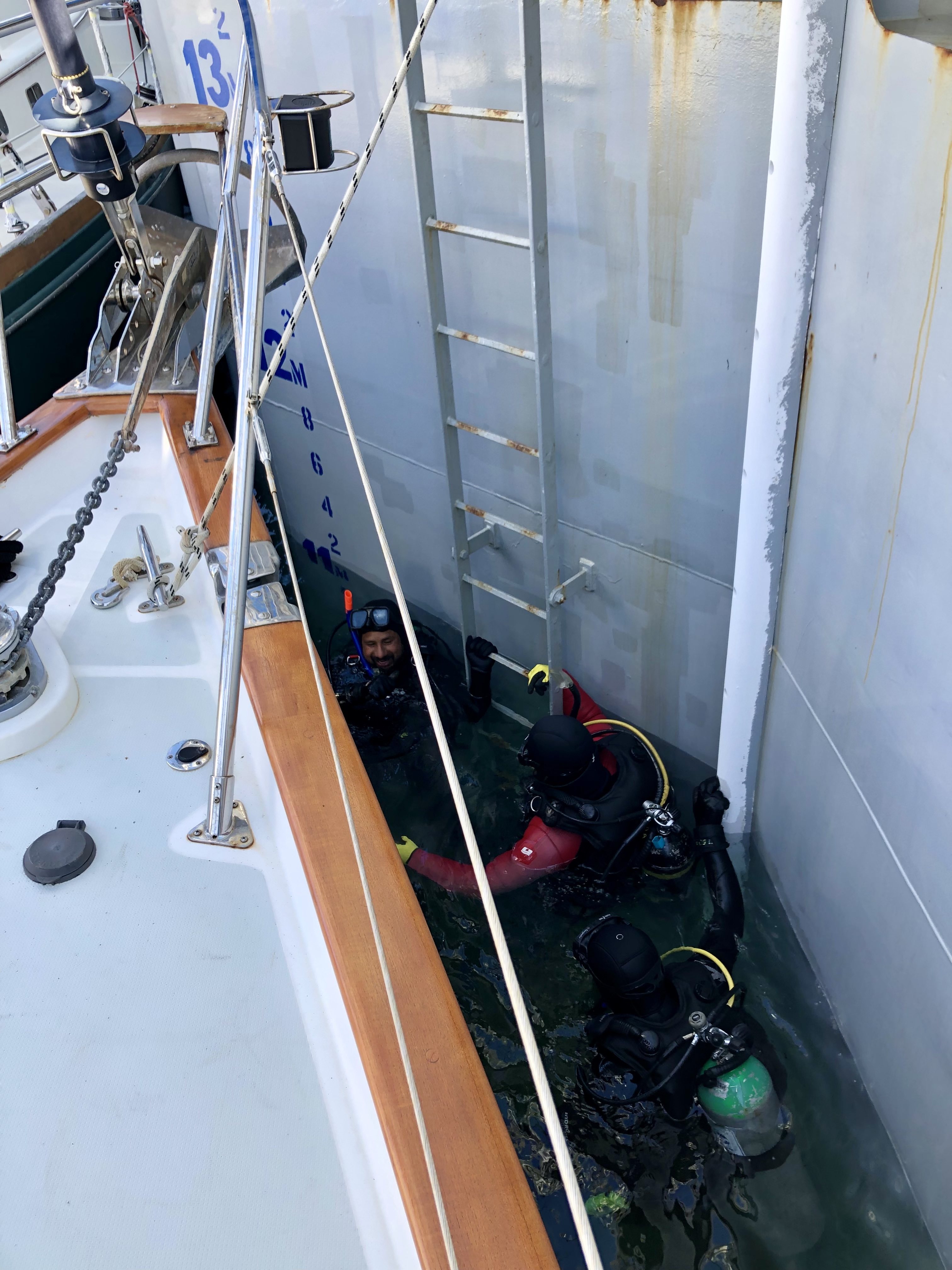
We waited our turn – there were six boats that offloaded before us – then we handed the lines to the ship’s crew standing by and we simply drove off. It was way cooler than it sounds. We made our way to Marina Coral and immediately began assessing boat projects.




It’s been bittersweet as we are disappointed that we weren’t able to finish our South Pacific cruising the way we planned, but we are glad to have Gaddy back. We’ve spent the last four months in the Sea of Cortez, Mexico, revisiting places we’ve been and exploring new ones.
Note: THANK YOU to Mike (Total Yacht Care) for watching Gaddy in our absence and splashing her; Mike (Seapower) for making sure her systems were ready to get underway; Nico and Craig (Yacht Delivery Solutions) for ensuring her safe delivery to Auckland and loading her onto the transport ship; and to Ana (DYT Yacht Transport) for making the whole process a little less painful by answering all our questions and keeping us well-informed of the process and timeline. If you ever have a need or opportunity to work with any of these people, we highly recommend it.





Sitting on Gadabout’s deck in the Sea of Cortez, Mexico (more on that in our next post), I’m reflecting on our time in New Zealand so many months ago. We shared our experience with the hospitality and generosity of Kiwis (the people, not the birds – I doubt the birds are that generous) in our last post but the natural beauty of the country deserves a mention, as well. We had visited New Zealand a couple of times prior to arriving via sailboat in 2019 but we were excited to see some places we had missed on previous visits. In addition to sailing destinations, we looked forward to road tripping on the country’s network of curvy, narrow roads. Used cars are cheap in NZ so we purchased a 2005 Volvo and strapped the surfboards to the roof… We were ready.
Northland
We started with a land tour of the Northland, the very northern region on the North Island. It is a beautiful area visited much less often than more popular destinations south. We first headed to the town of Mangonui, which is little more than a strip of land between the main highway and the water but chock full of charm, with several good restaurants, an interesting history, a beautiful waterfront boardwalk for an evening stroll, and a variety of places to stay.


A drive to the very northern tip of the island brought us to Cape Reinga (Te Rerenga Wairua in Maori), a magical place where the Pacific Ocean and the Tasman Sea meet. It is deeply spiritual for the Maori people who believe this is where spirits of the dead enter the underworld.



A day of surfing in what we would consider frigid water and a scenic drive home via the west coast of the peninsula rounded out the trip.


East Coast
Back on the water, we sailed down the east coast of the North Island, stopping in a few anchorages along the way, then to Great Barrier Island, 45 miles northwest of Auckland. The trip there was a sporty day of upwind sailing but once inside the protected bays of Great Barrier, the world was calm again and the many anchorages provided a diverse mix of geography. The mood was quite festive and there were A LOT of boats as we were there for New Year’s.
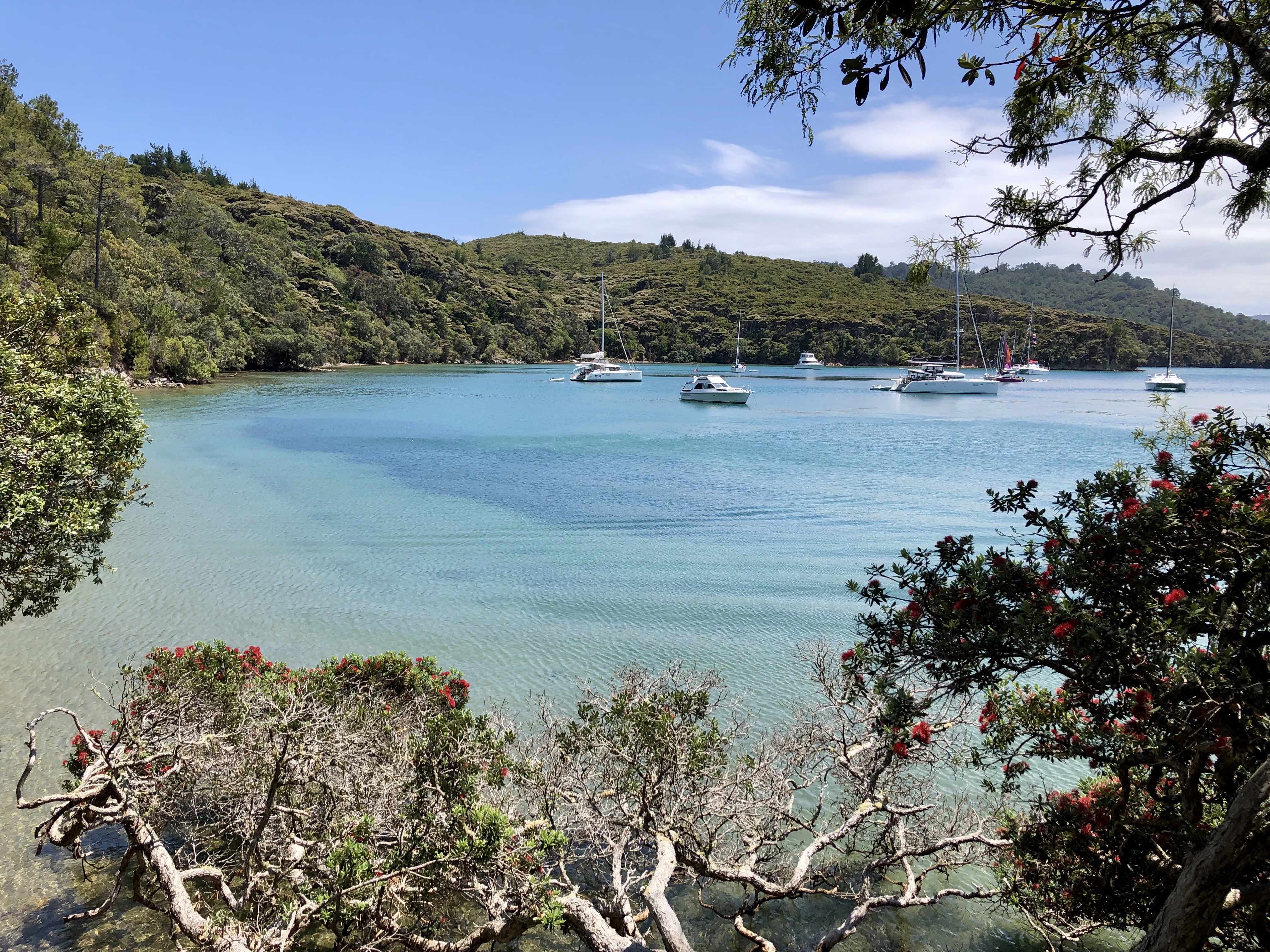


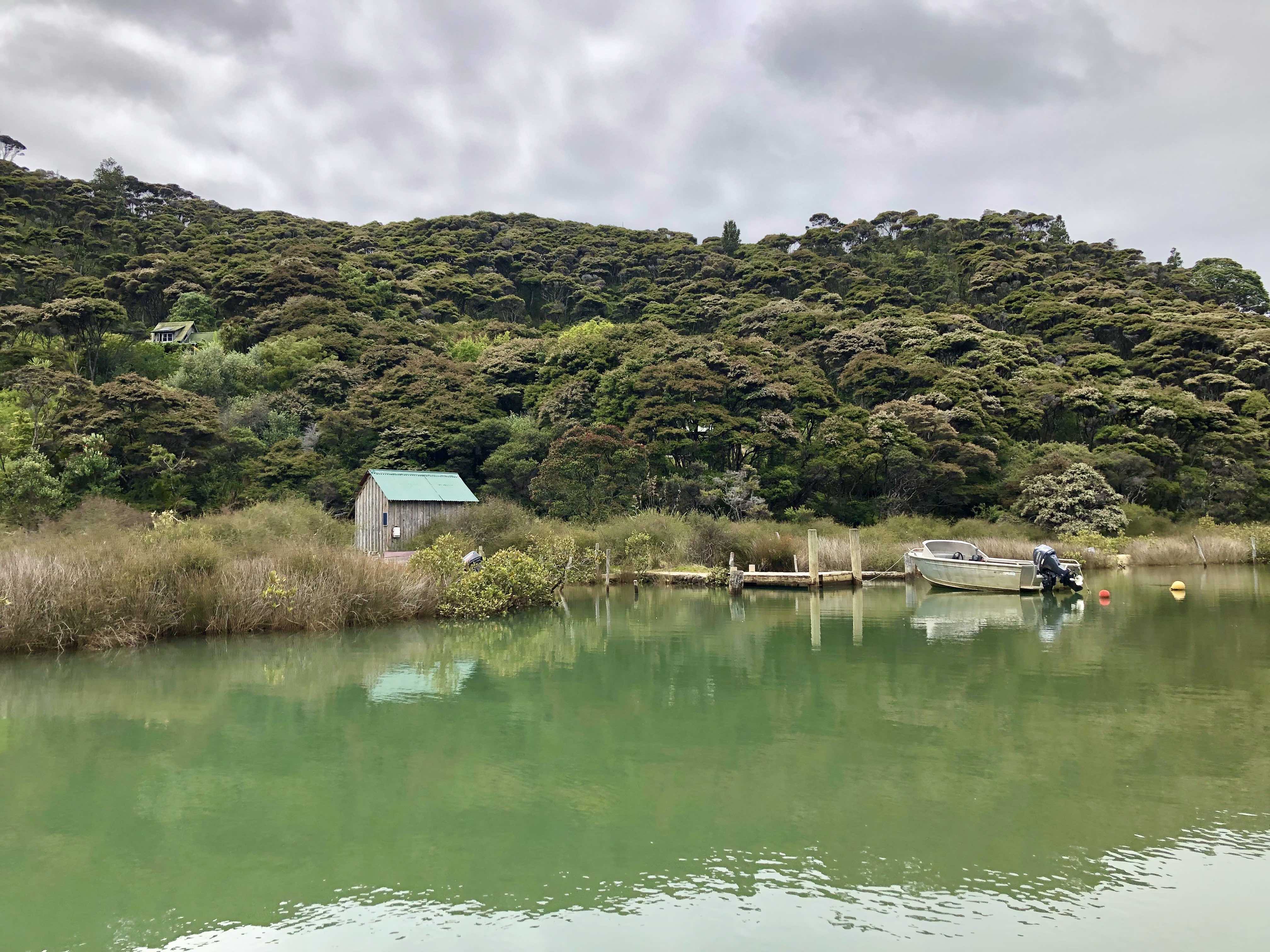

Our next stop was the town of Whitianga (pronounced “fu-tee-angha”) on the Coromandel Peninsula. The crossing from Great Barrier Island to the Peninsula reminded us that conditions in New Zealand can change quickly and get quite rough. Gadabout, however, simply thought it was a fun sail. Whitianga is a cool town with a fun vibe. Visiting with good friends made it even better. The yellow tint in the first picture below was caused by the haze from the wildfires in Australia, 1400 miles away.




We left the Coromandel and made our way to Waiheke Island, where most of Auckland goes to vacation, party and tour the many wineries. With help from friends from Auckland, we tried our best to do as the locals do. We’re pretty sure we succeeded.


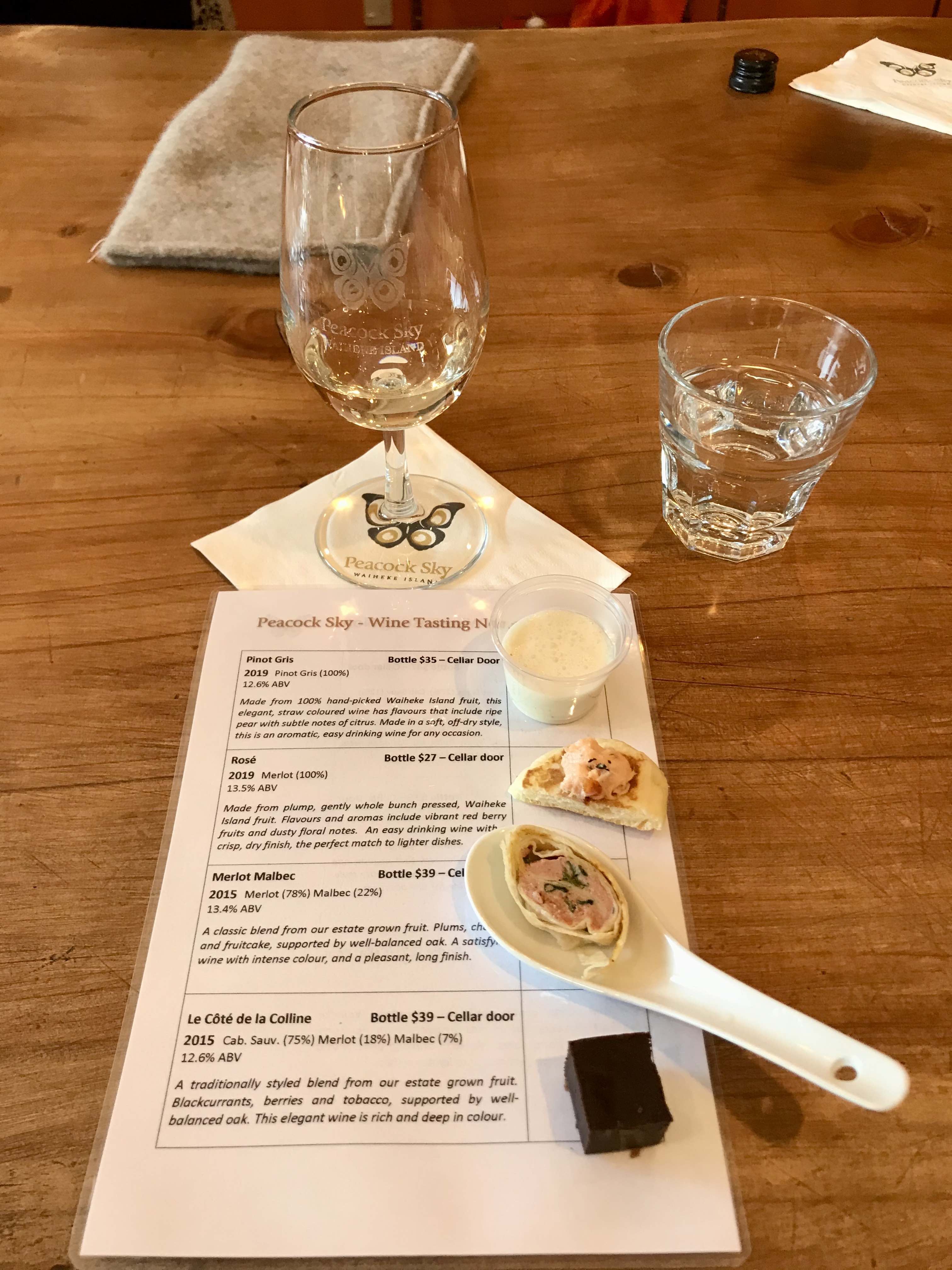
Heading back toward the mainland, we visited a couple more coastal islands.
Tiritiri Matangi Island is home to a bird sanctuary. It was a drizzly day when we visited but the walk through the forest to the lighthouse was quite pleasant and we saw a few birds we hadn’t yet encountered.



Bon Accord Harbour at Kawau Island was a pretty and popular anchorage. Daily tours were offered at the mansion of former governor Sir George Grey (1862), an interesting piece of history. And the Kawau Boating Club was a great place to grab a bite and beer while taking in the scenery.



West Coast
Taking a break from sailing, we left Gaddy at a sailboat spa (marina) and headed out on another road trip. We decided to do a west coast tour down to Wellington, then up through the middle and back to Auckland. First stop, Raglan… This place is famous for surfing. The town has an awesome, laid-back vibe (no surprise). Good restaurants. Chill coffee shops. Local radio station. Friendly people. And, great surf breaks. The swell was small when we there but we still hit the water for a little fun.
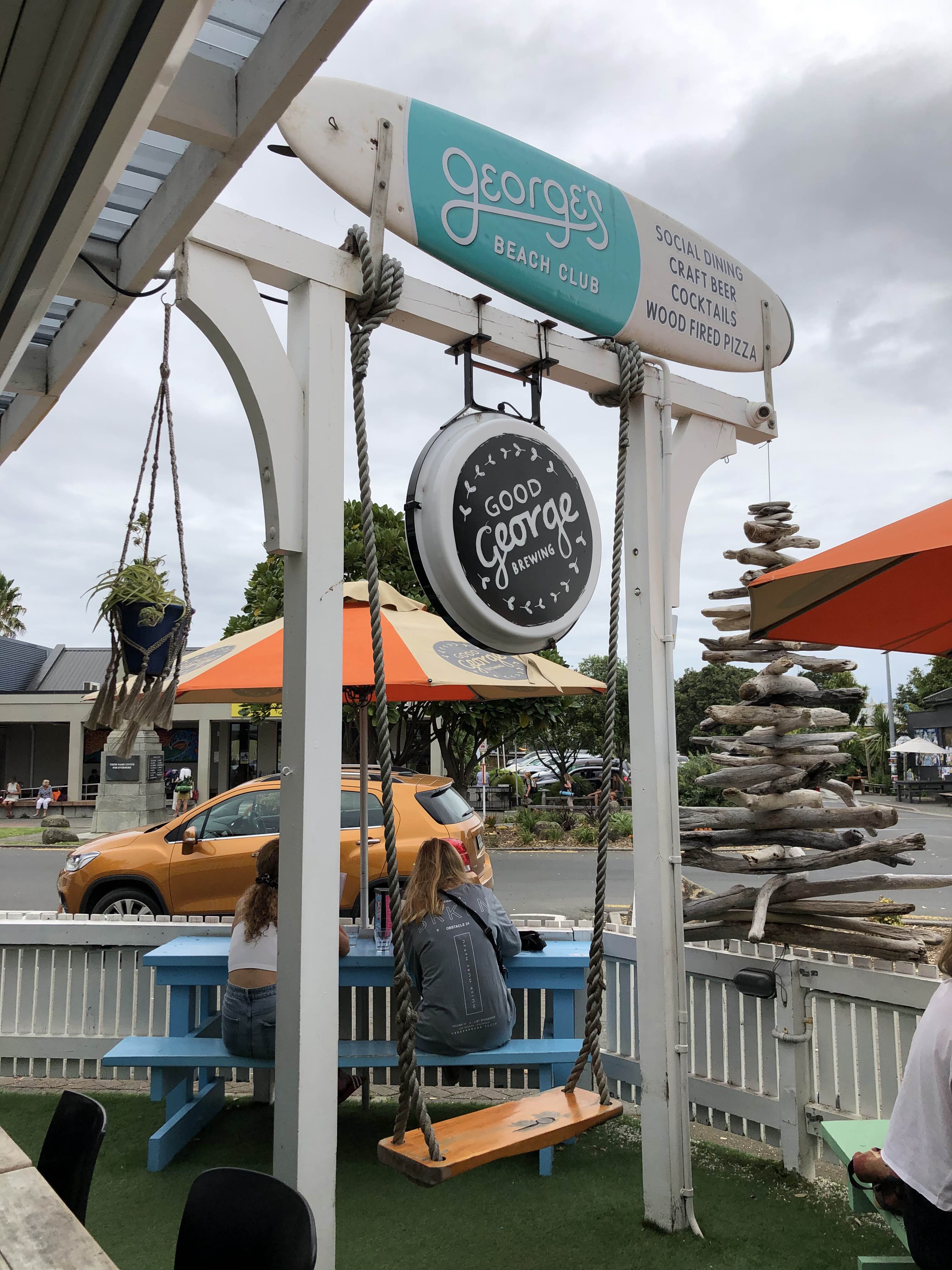
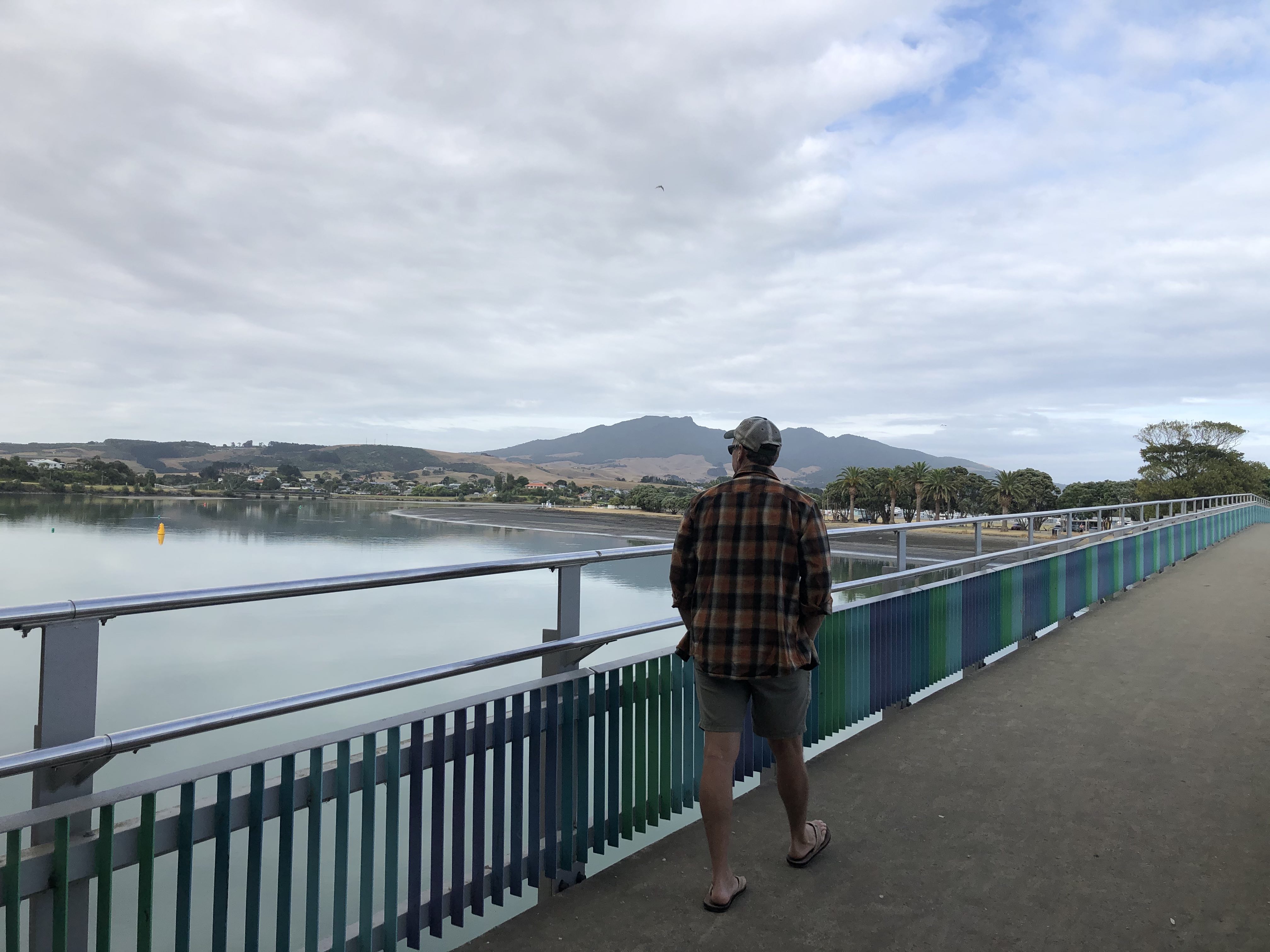




We could’ve stayed a lot longer. But it’s a road trip…
Further south, as we pulled into the city of New Plymouth, we noticed something very strange. The road leading into town was lined with AMERICAN flags. Every street in the city had AMERICAN flags flying. WHAT is going on here?! When we went to the information office to check out lodging options for the night, we found out… our visit happened to coincide with the annual Americarna Rally, a rally for American classic car enthusiasts in New Zealand (you’d be surprised how many there are!). Fortunately, we found a B&B; unfortunately, it was available for only one night. So, we had a wonderful, albeit short visit in this coastal gem. We borrowed the bikes from our B&B for a tour of the city, had a fantastic dinner at a cool Asian restaurant, and hit one of the nearby trails.




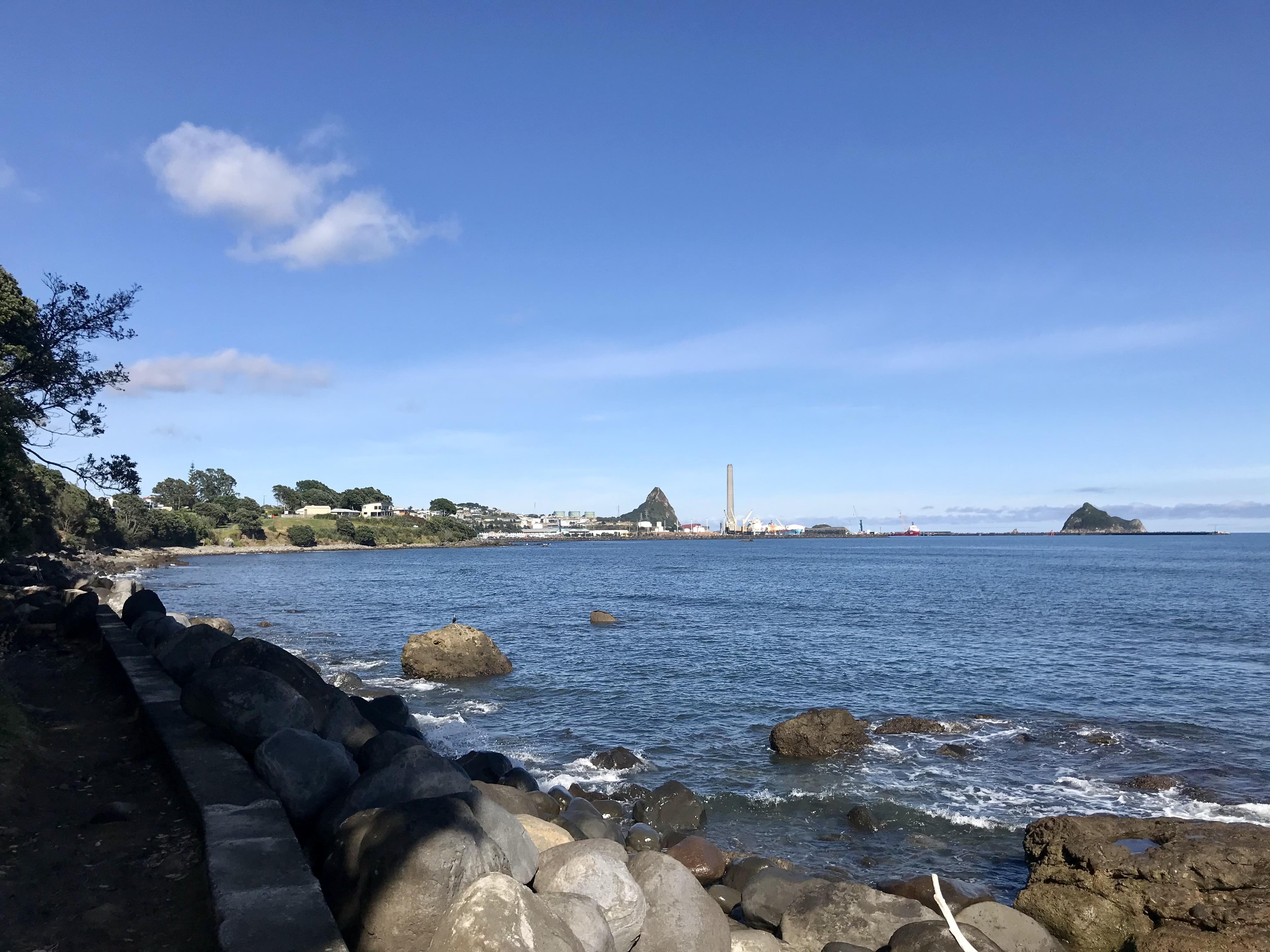



Our hosts recommended follow-on accommodation a short way down the coast, which turned out to be an amazing place, a picturesque villa set on a bluff overlooking the ocean. Apparently, it was also favored by a few famous rock stars. On the way there, we even caught the parade of classic cars heading to New Plymouth for the rally as we lunched in the small town of Hawera.
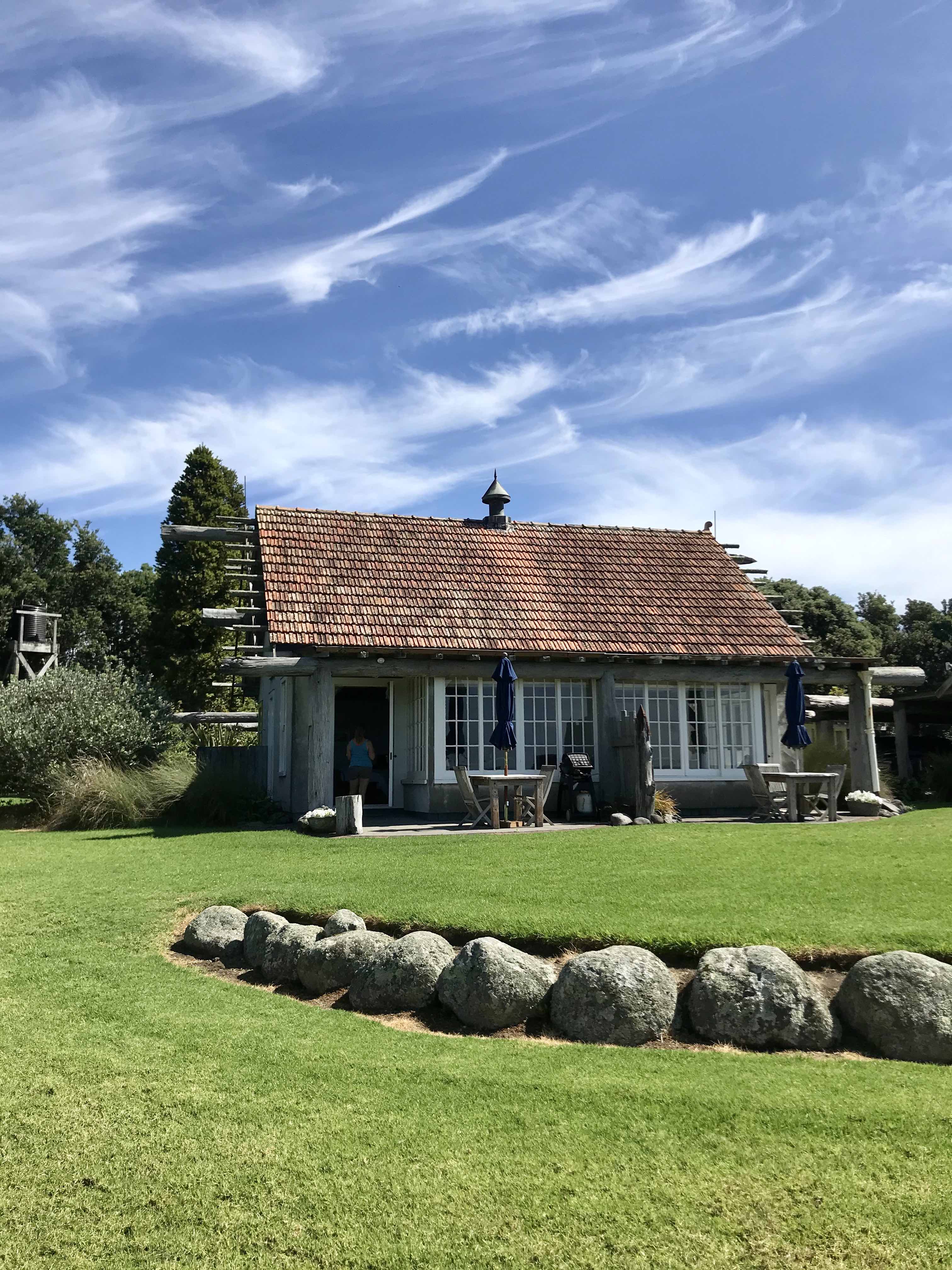


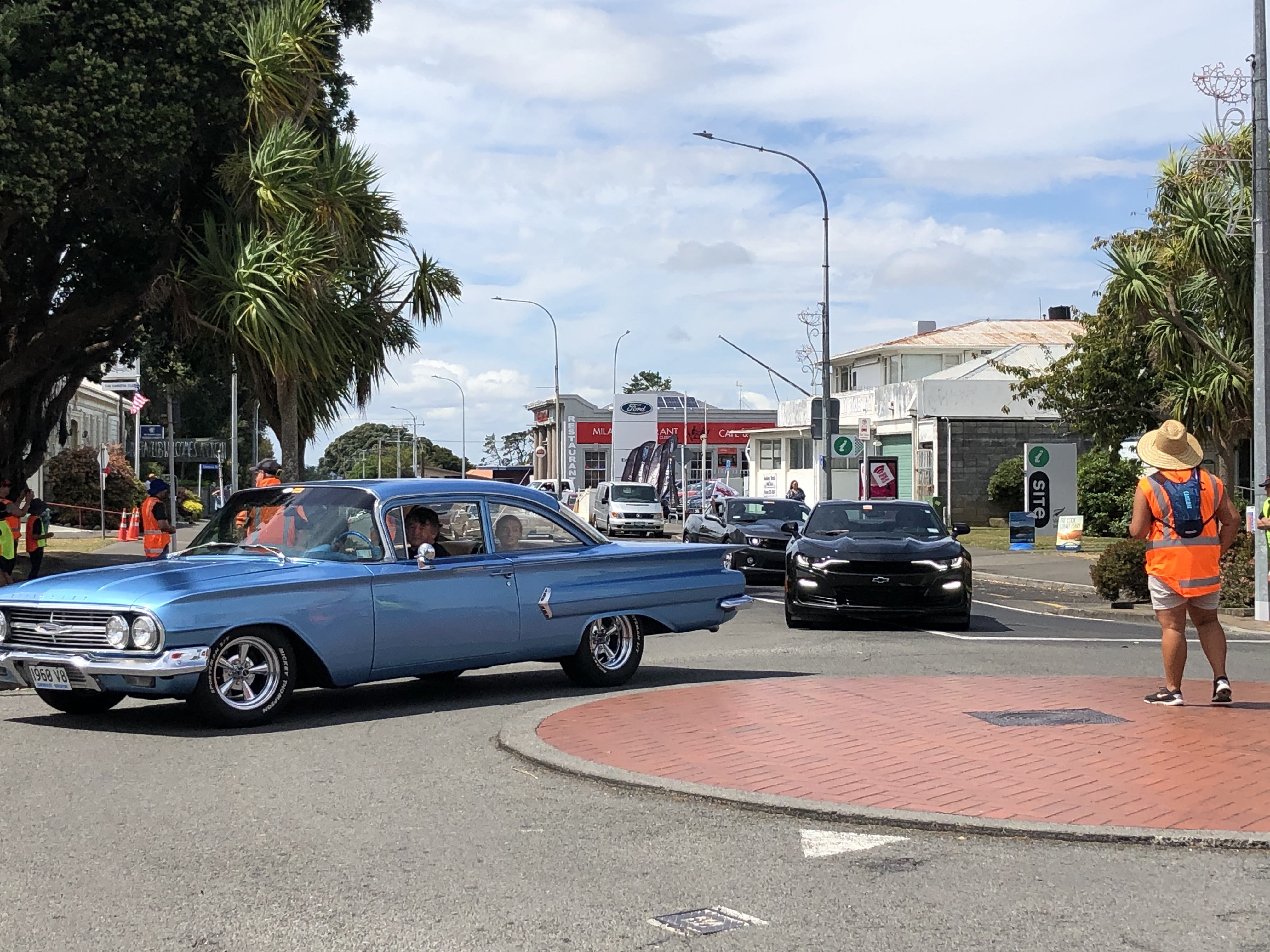


After a brief stop in Wellington to visit friends, we traveled inland to the town of Turangi. Wags was pretty bummed he didn’t have his fly rod with him when we discovered this area to be a world-renowned trout-fishing mecca. And we’re not talking small trout. These suckers were huge. Also, unlike in the States, it is not catch-and-release. But I digress… rather than fishing, we rented mountain bikes and got in a fun trail ride before heading to our next destination, Rotorua.

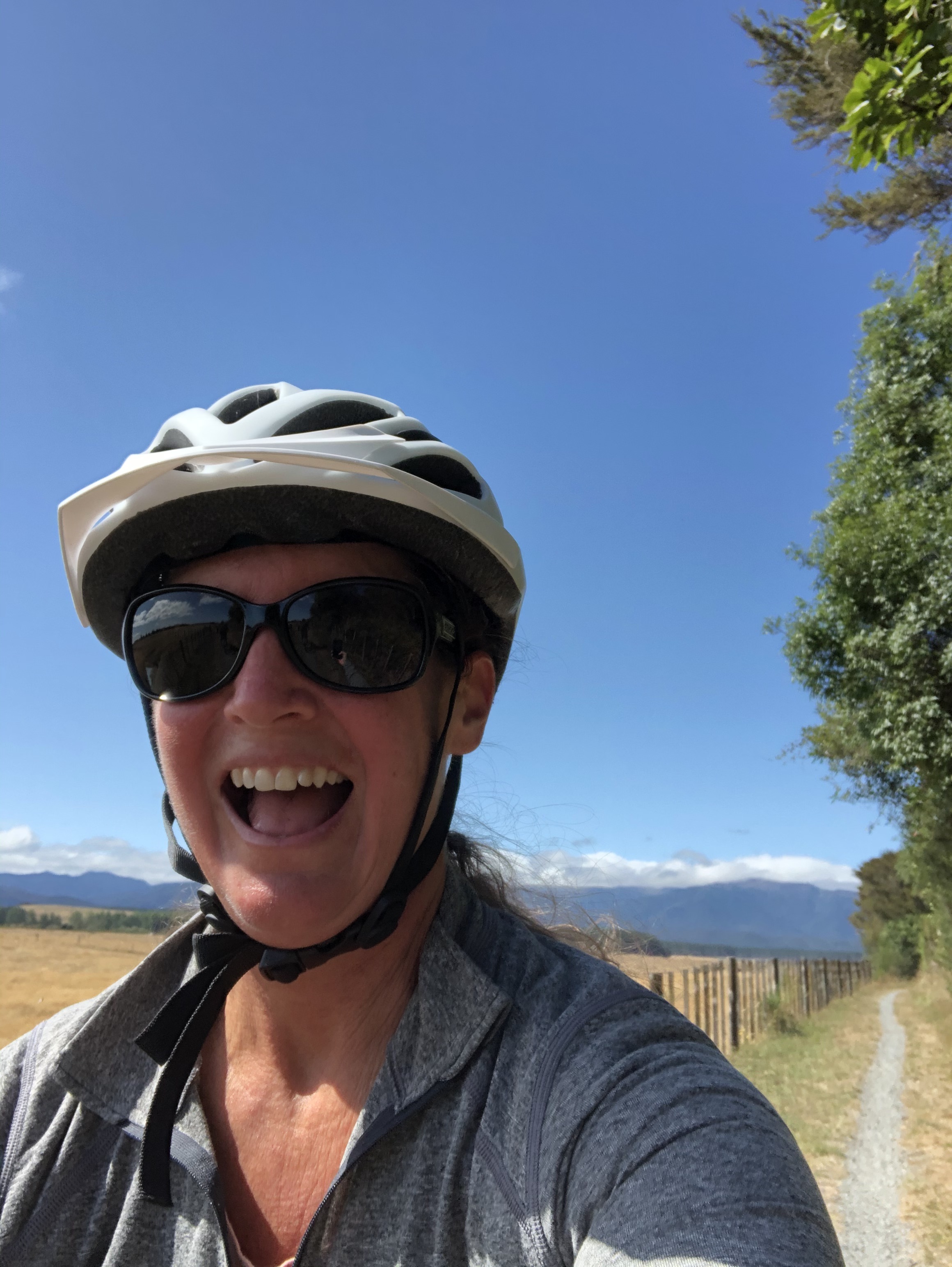

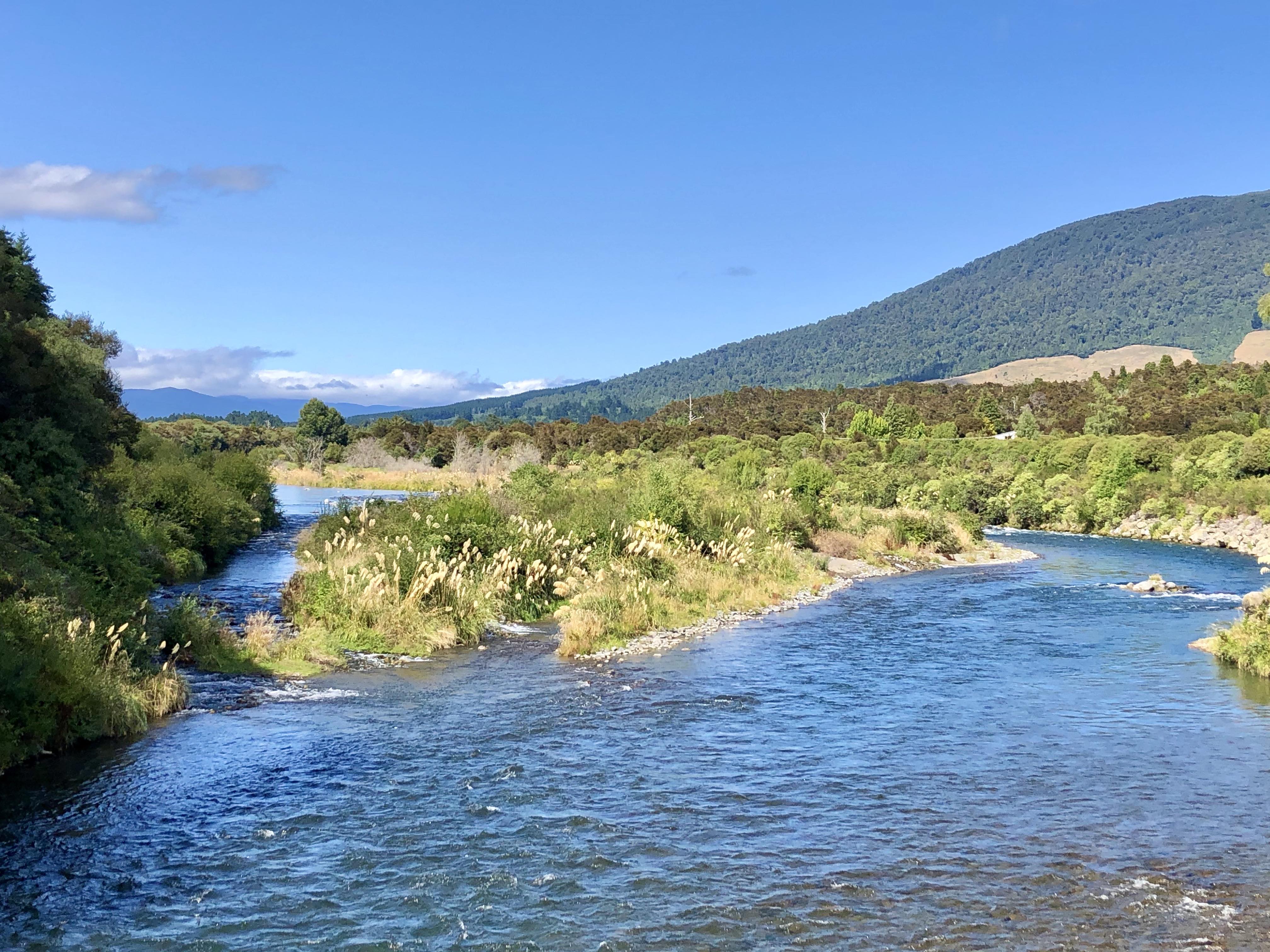
If you’ve been to Rotorua, you know that the main activity centers around sulphur hot springs. So, we held our noses and enjoyed a soak.


Leaving Rotorua, we drove west to the town of Mount Maunganui. This coastal beauty was a treat. A morning hike on the mount was invigorating with a perfect view of the city and harbor. We had to share the trail, of course, but everyone was respectful.

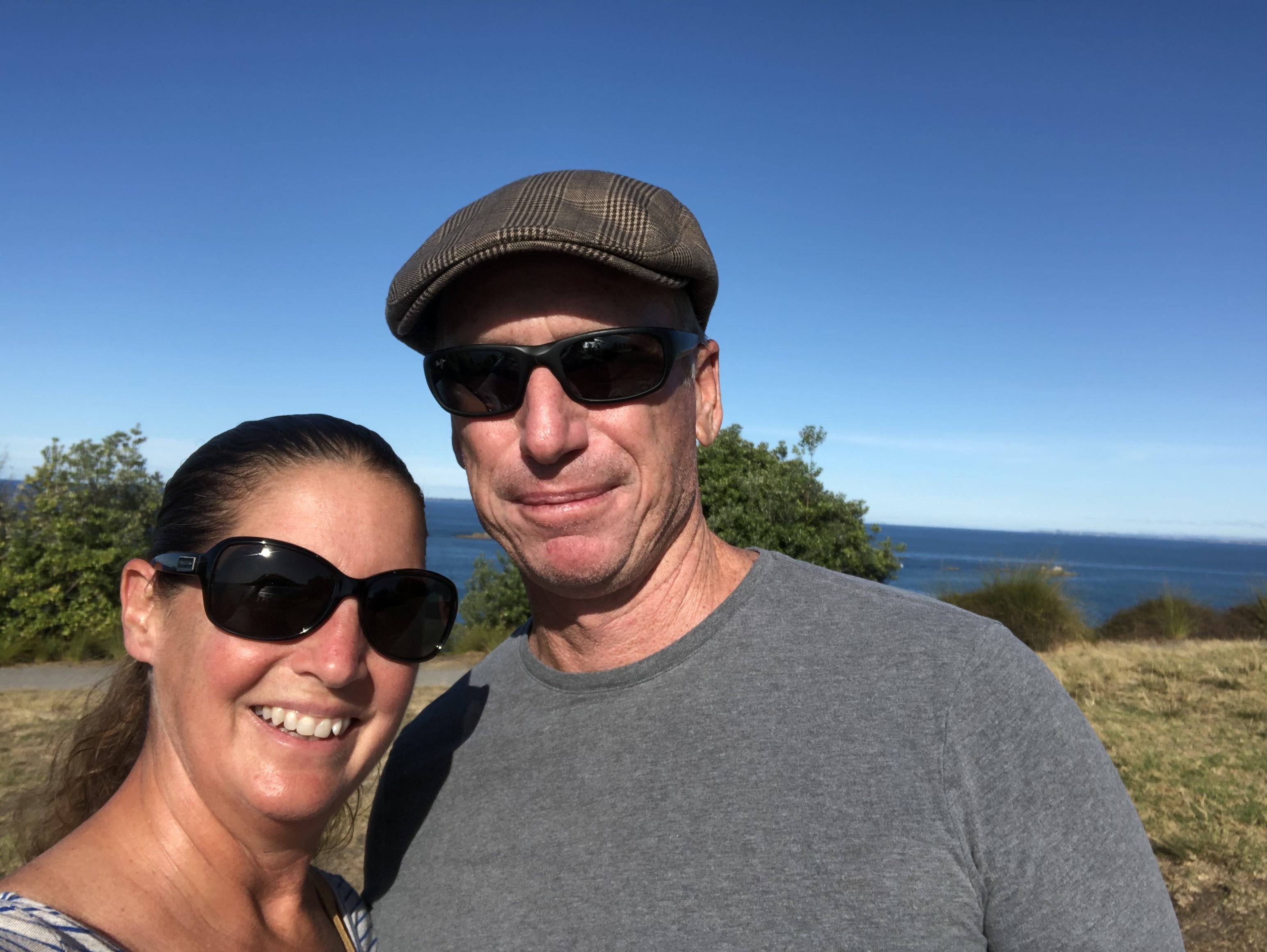


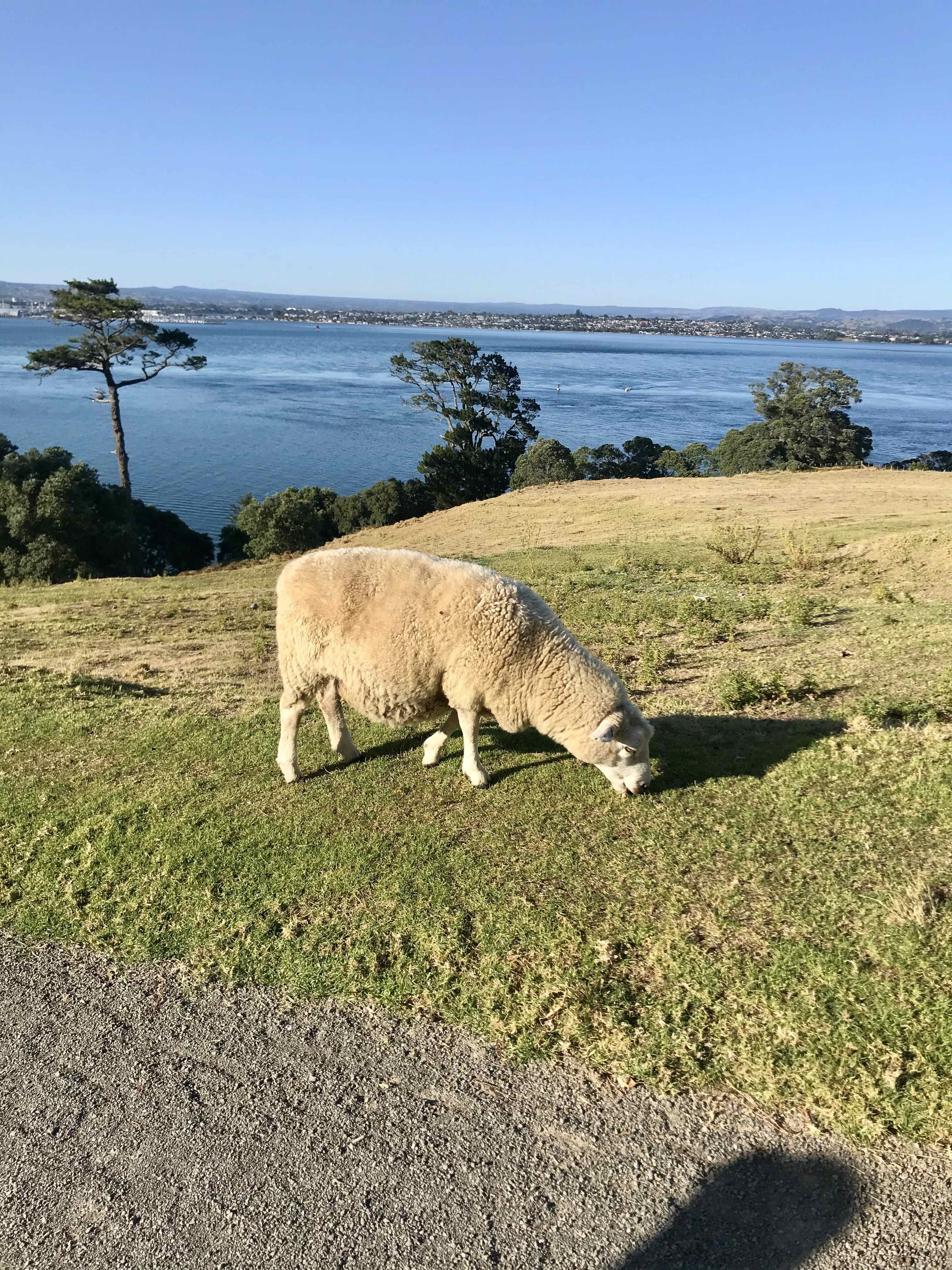

Heading north, we stopped in for a lovely lunch with friends before continuing on to Auckland for a night, then back to Gadabout in the Bay of Islands. As always, we needed more time. And, as always, the time we had was a blast.
Bay of Islands
This was our home base during our time in New Zealand. It is also New Zealand’s premier cruising grounds. Each summer, hundreds of boats make the trip up the coast from Auckland to spend time in the beautiful anchorages, hiking island trails, swimming and fishing in clear, warm water, and exploring the small towns of Opua, Pahia, Russell, and Keri Keri. It is also where we checked into the country and where Gaddy would end up being stored for 18 months. Suffice it to say, we spent enough time here to develop a few favorites.
Urupukapuka Island – this was our favorite island in the Bay of Islands, with its beautiful anchorages, lush green hikes and perfect picnic spots.
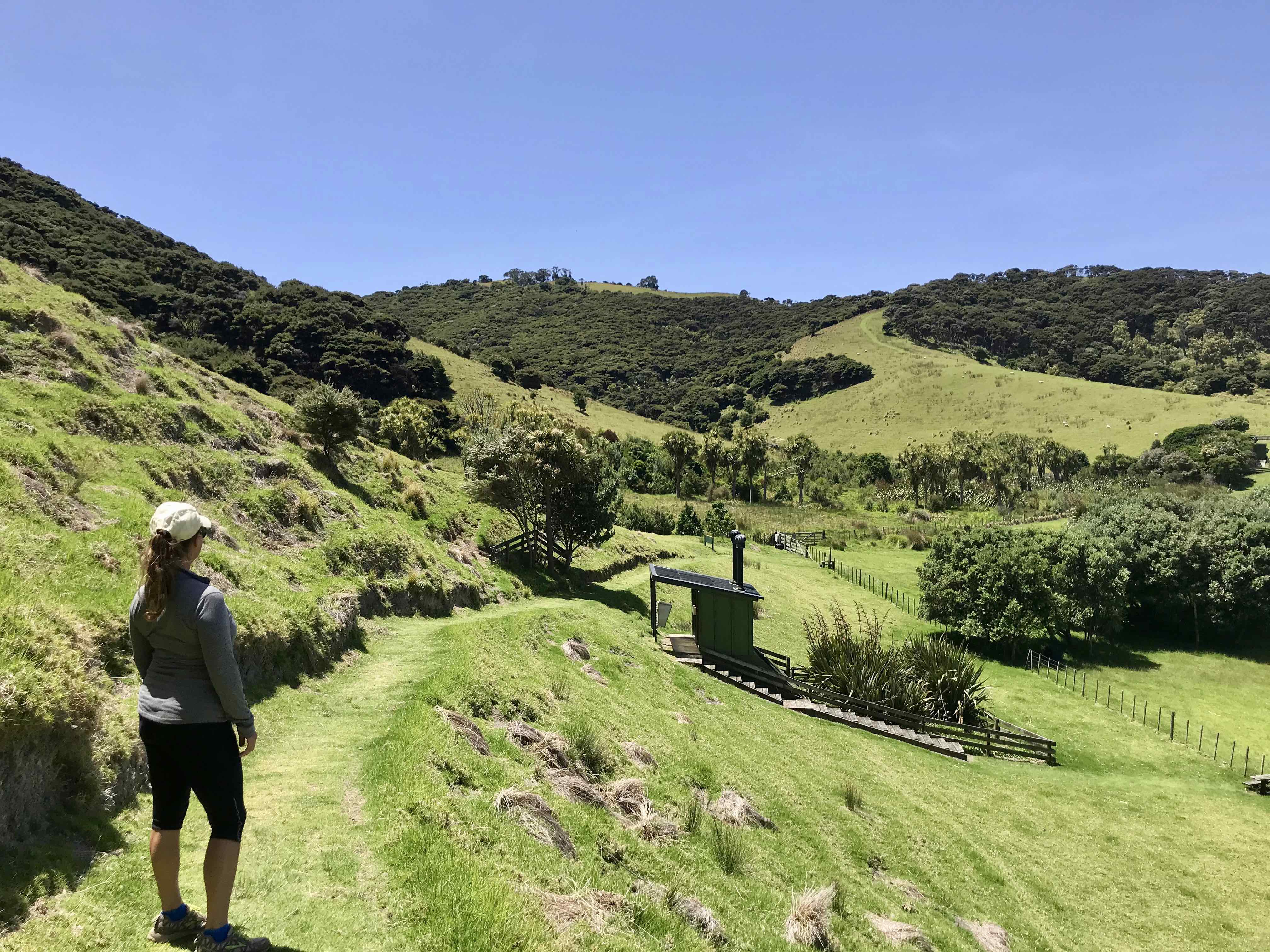

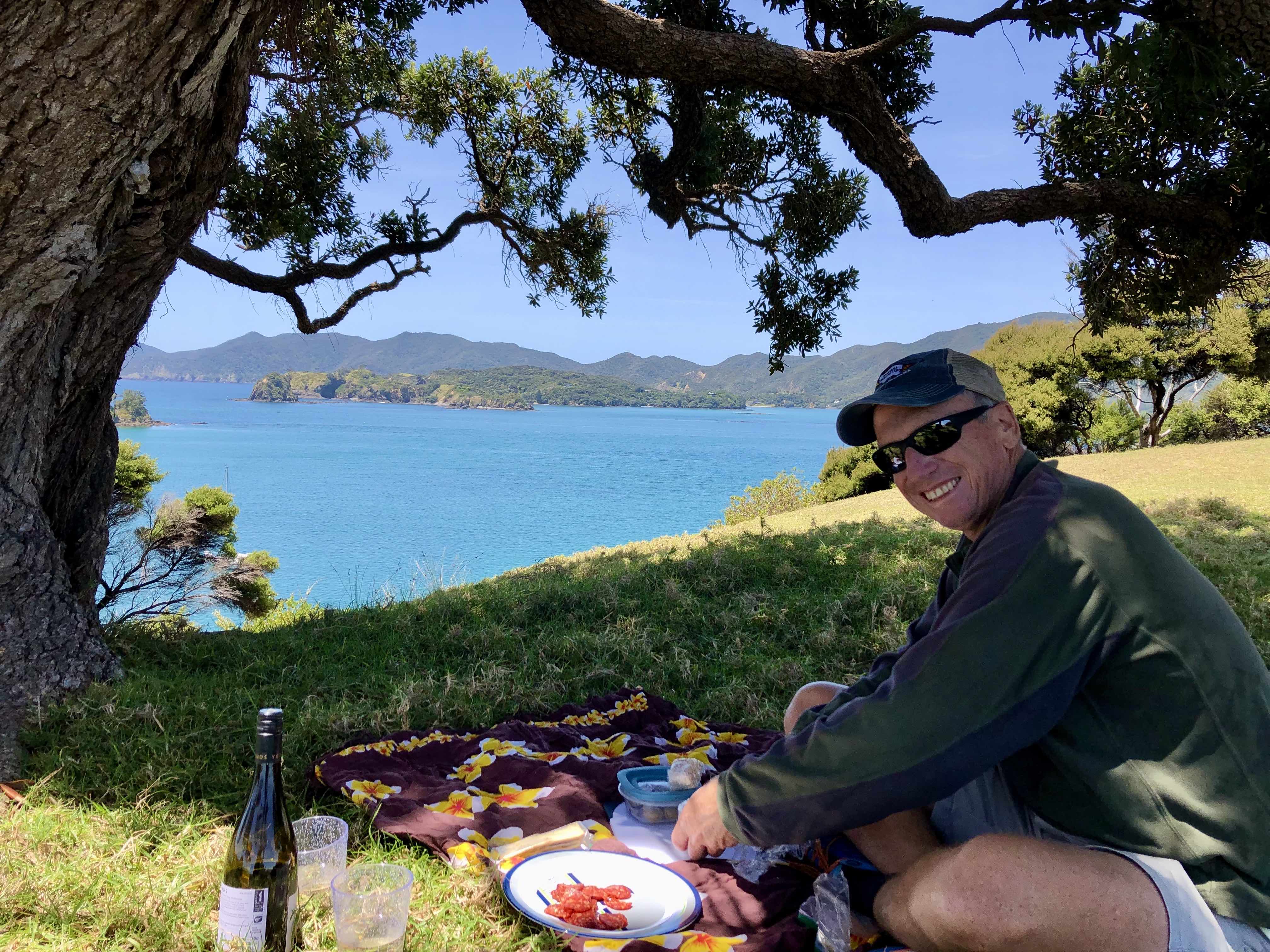
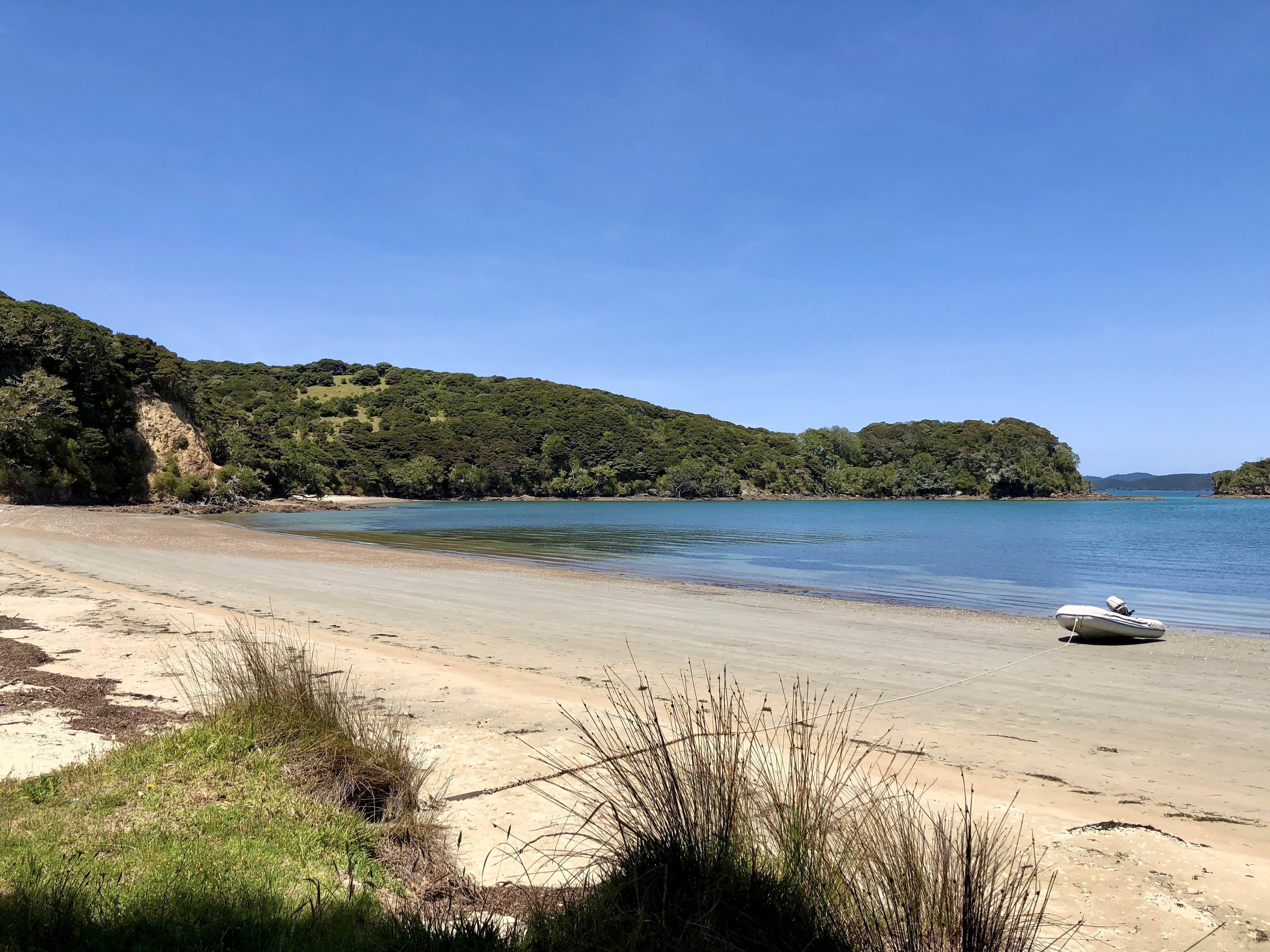
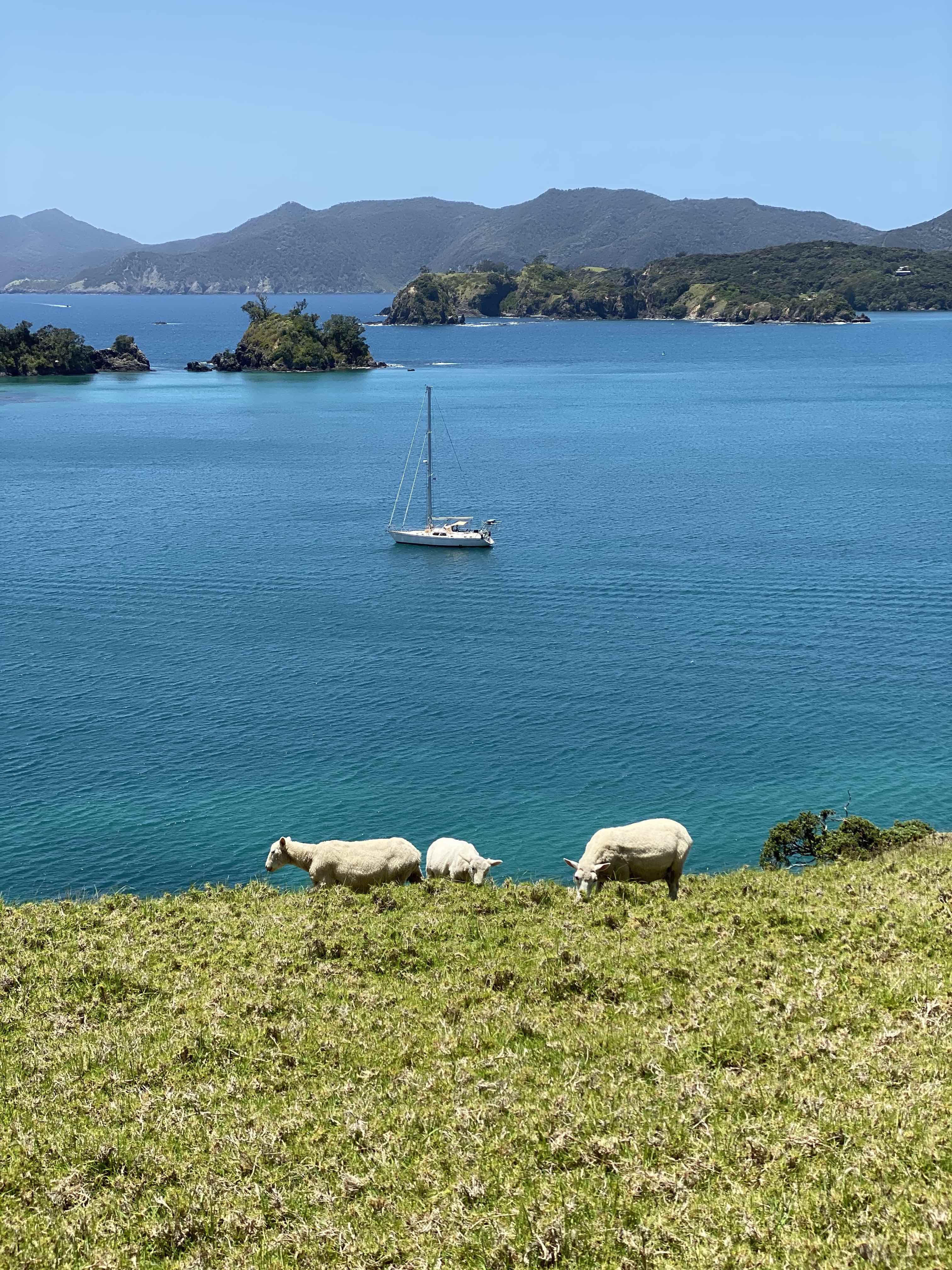
Omata Winery – good wine, good food, and a fantastic view. The best part was Oscar, of course, and the owner let us take him on bush walks for our dog fix!




Russell – this place is packed with tourists in the summer for good reason. It’s the perfect waterfront location to relax, enjoy a good meal and watch the day turn into night.




Keri Keri was our go-to place for shopping, good eats, wonderful butchery and our favorite local hike, a beautiful trail leading to not one, but two waterfalls! It is also the location of Stone Store, New Zealand’s oldest surviving stone building, originally built in 1832 as a mission. It’s a great place for a history lesson in the upstairs museum.



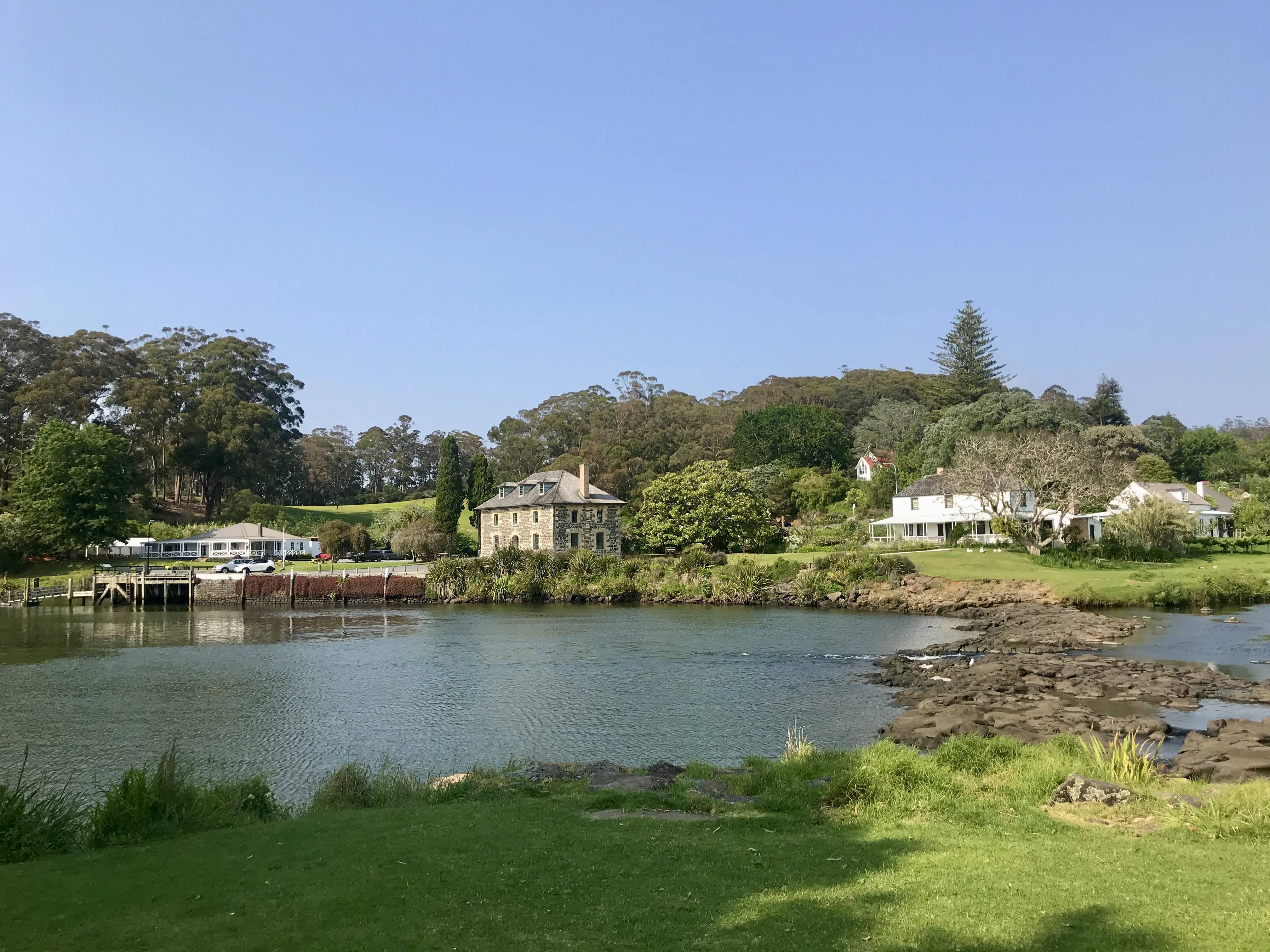
Whangaroa
When the COVID pandemic began and New Zealand announced the first lockdown, we hightailed it out of the marina and headed to Whangaroa, a short sail north of the Bay of Islands. Whangaroa is a stunning fiord-like bay with protected anchorages, great hiking, and calm water for exploring via kayak and SUP.
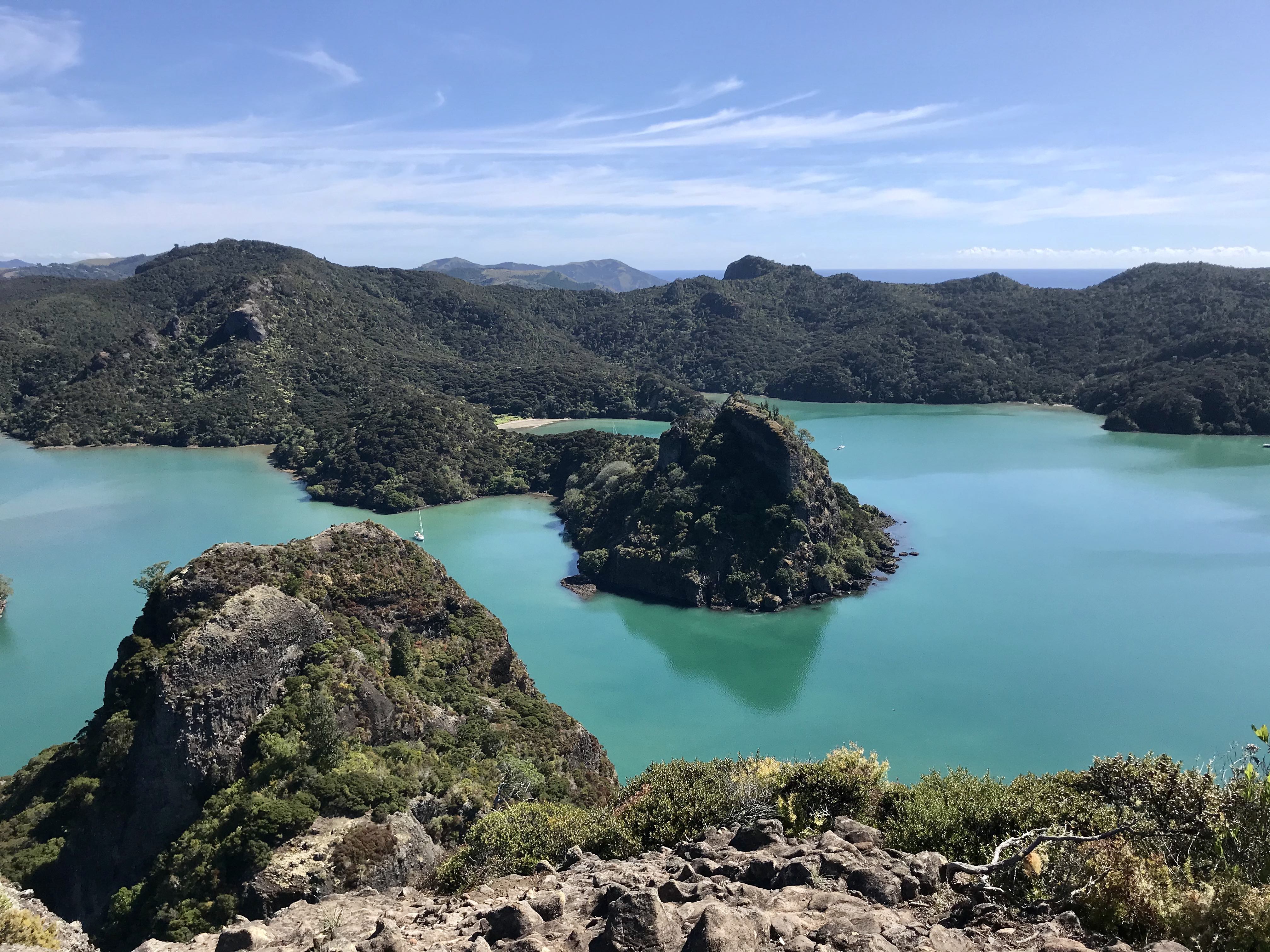
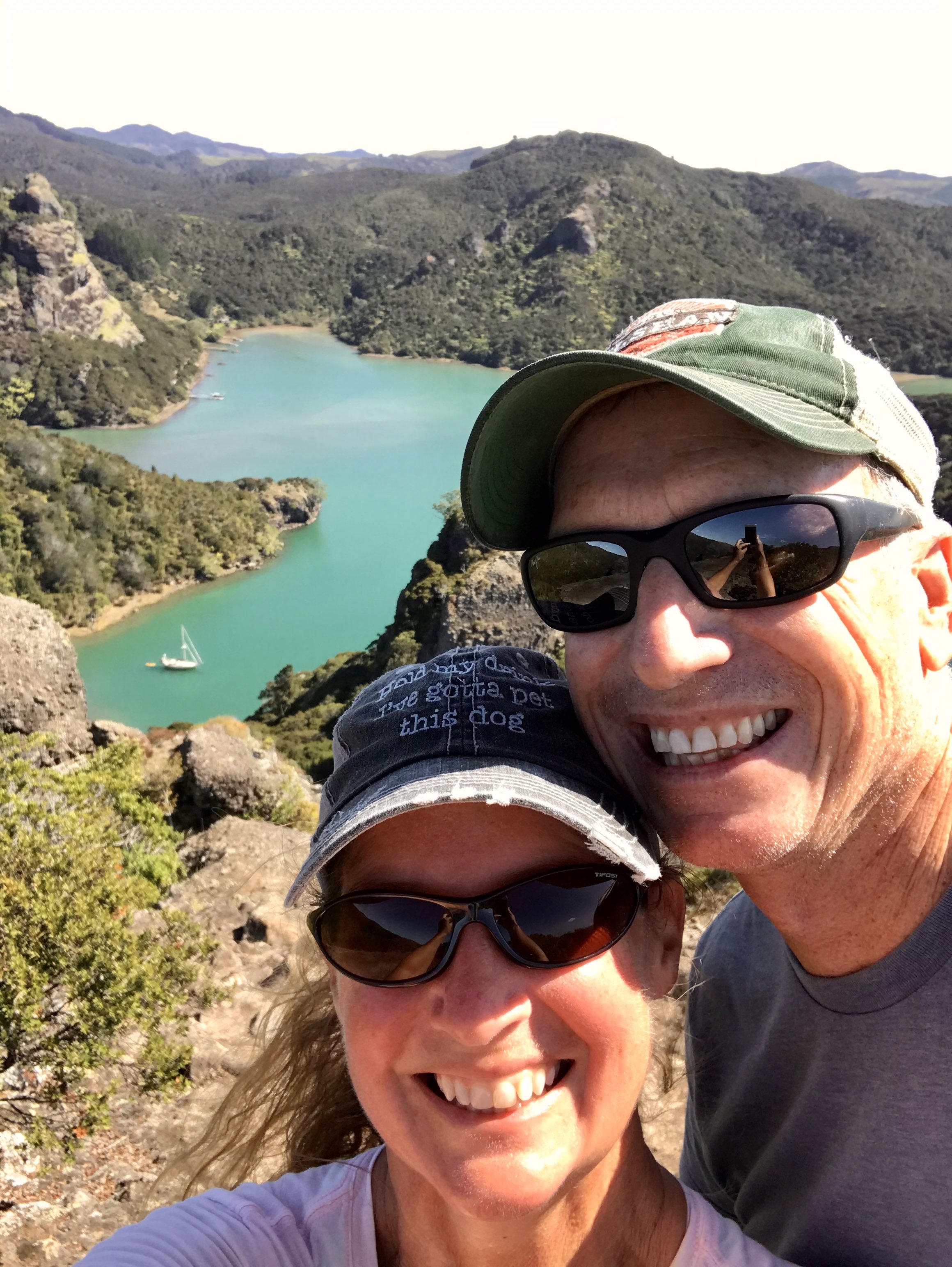

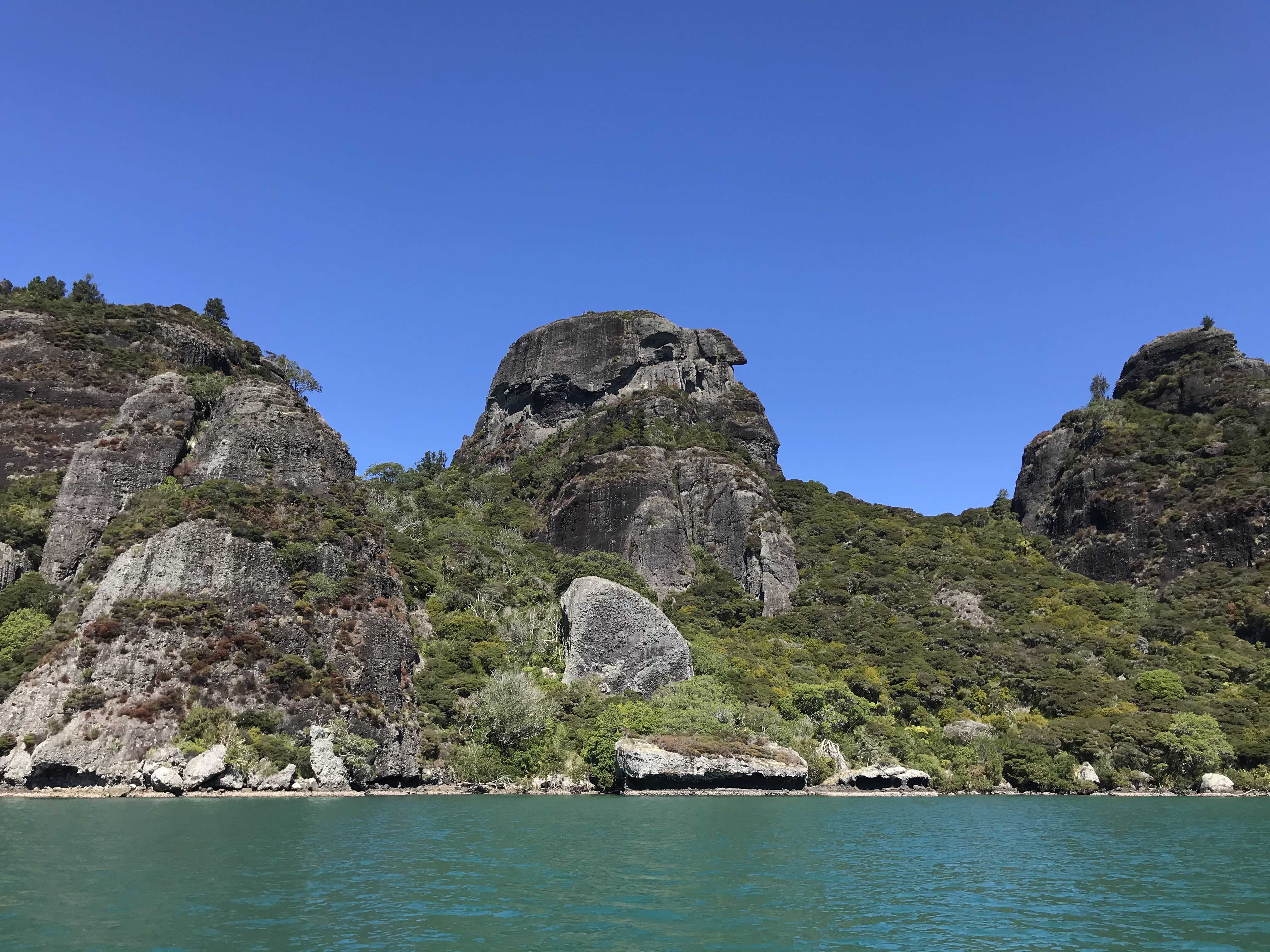




The coolest part of this place, though, is the water buoy provided and maintained by the local Coast Guard auxiliary. The buoy, situated in the middle of one of the coves, has a hose attached to it that runs from a sand filtered natural spring on the hillside above the cove. We tied up to the buoy, filled our tanks from the hose, and left a donation in the can!


We spent five weeks in Whangaroa. At week three, we were running short on provisions so we got in the dinghy and drove five miles up a river, turned creek, turned small creek, turned ditch with water in it, to the nearest town with a grocery store, donned our homemade face masks, and resupplied. The woman at the checkout had a small chuckle when, after remarking that we bought enough for two weeks, we told her that’s because we’re on our sailboat, in Whangaroa. And we got a couple of odd looks as we dragged our heavily laden wagon down the street and loaded our haul into the dinghy in the ditch.





After leaving Whangaroa we spent the rest of our COVID lockdown in the Bay of Islands. When restrictions eased, we completed a partial refit on Gadabout to get her ready for her next ocean crossing.



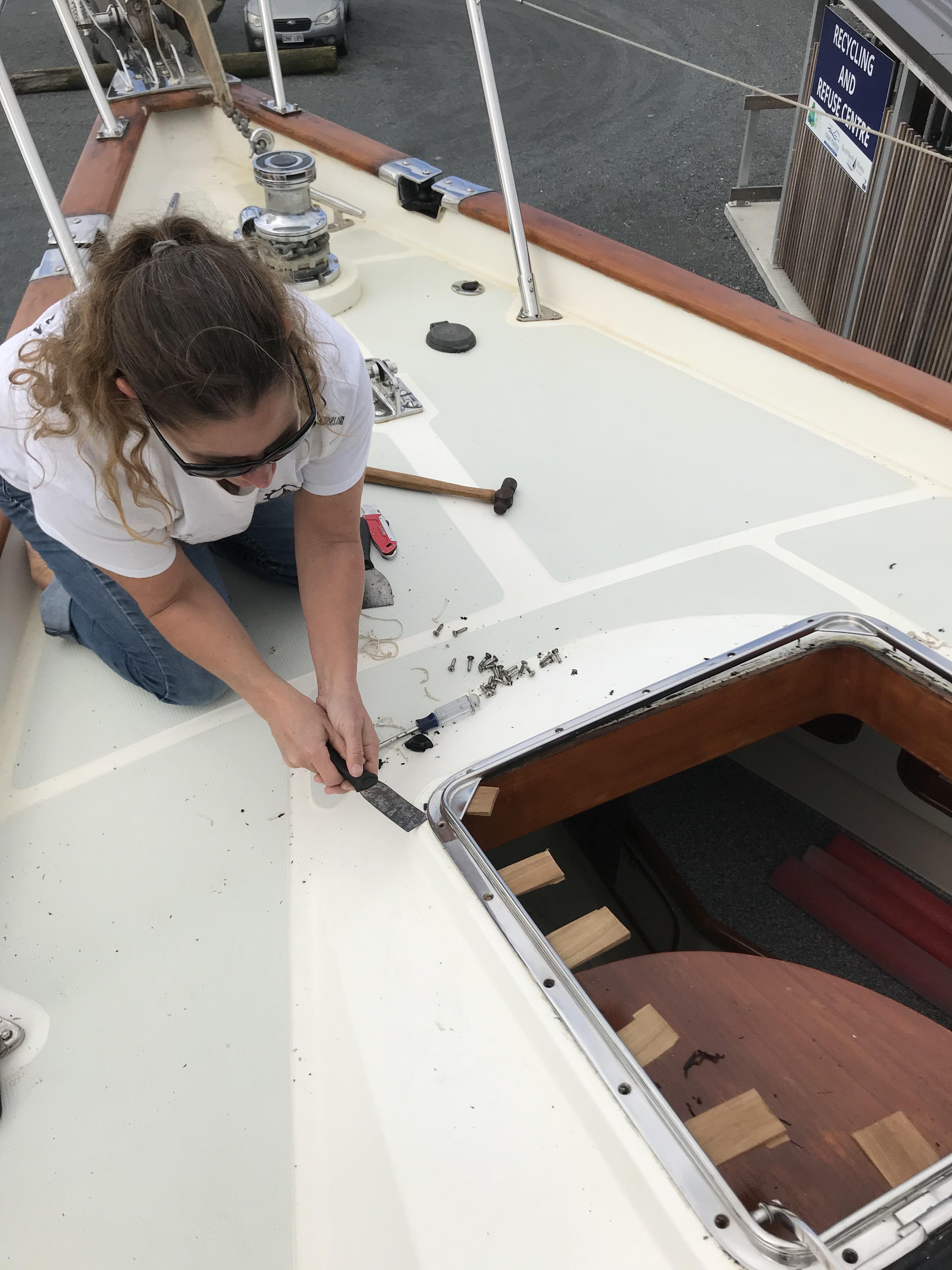
We had a great time exploring the nooks and crannies of the North Island. We left a few places on the table but that’s just an excuse to return.
We sailed into the Bay of Islands in northern New Zealand on 09 November 2019 after an 1100-mile, 8-day passage from Tonga. Being here for more than seven months, over five  weeks of which was spent in strict lockdown due to the COVID-19 pandemic, we’ve learned a few things about the country and its culture, and more importantly, its people, lovingly known as Kiwis (after the nation’s native flightless bird). People here are so welcoming and open, in fact, that we have a running joke: If you’re not ready to come over for dinner, never make eye contact with a Kiwi.
weeks of which was spent in strict lockdown due to the COVID-19 pandemic, we’ve learned a few things about the country and its culture, and more importantly, its people, lovingly known as Kiwis (after the nation’s native flightless bird). People here are so welcoming and open, in fact, that we have a running joke: If you’re not ready to come over for dinner, never make eye contact with a Kiwi.
We had been looking forward to our time in New Zealand. Having visited several years ago we were excited to explore new areas of the country, both by land and sea, as well as revisit some of our favorites from past travels. As we were going to be here for several months, we purchased a used car shortly after we arrived, which was a much cheaper alternative to renting every time we needed to provision or wanted to go on a road adventure. It also allowed us the freedom to visit local friends.
From 2008-2011 we lived in Singapore and were blessed to build a network of friends across the Asia Pacific region, several of whom were from New Zealand. We’d not seen these friends for many years and it has been wonderful to catch up during our time here. Angela and Paul took the ferry from Auckland to Waiheke Island for a wine tour and a night on Gadabout.
Suz and Mark braved a rough, wet dinghy ride in high winds for a cocktail onboard in Whitianga, and provided us with a much needed dog fix (good boy, Chester!).
Karl and Nikki introduced us to our first wild hedgehog (which was eating the cat’s food on their deck) in Wellington.
Not only did these friends share adventures with us, though; they also opened their homes to us, offering everything from a place to stay to a ride to the airport to laundry facilities (always a welcome offer for travelers).
When we were in Tonga, we frequented a local coffee shop in the town of Neiafu. One morning, sitting outside, we struck up a conversation with the gentleman whose table we were sharing. As it turned out, John was from New Zealand and the owner of a local Tongan vanilla farm. He was also very knowledgeable about boats, having built, owned and sailed several in his lifetime. We exchanged cards and he told us to reach out when we got to New Zealand. Unfortunately, we took John’s business card with us when we left Tonga to head home for a couple of months and inadvertently left it in the States. Bummer. Guess we won’t have a chance to catch up with him, we figured. As fate would have it, though, John kept our information and a couple of months after arriving in New Zealand we received an email from him asking how we were doing and inviting us to catch up if we were in his area. 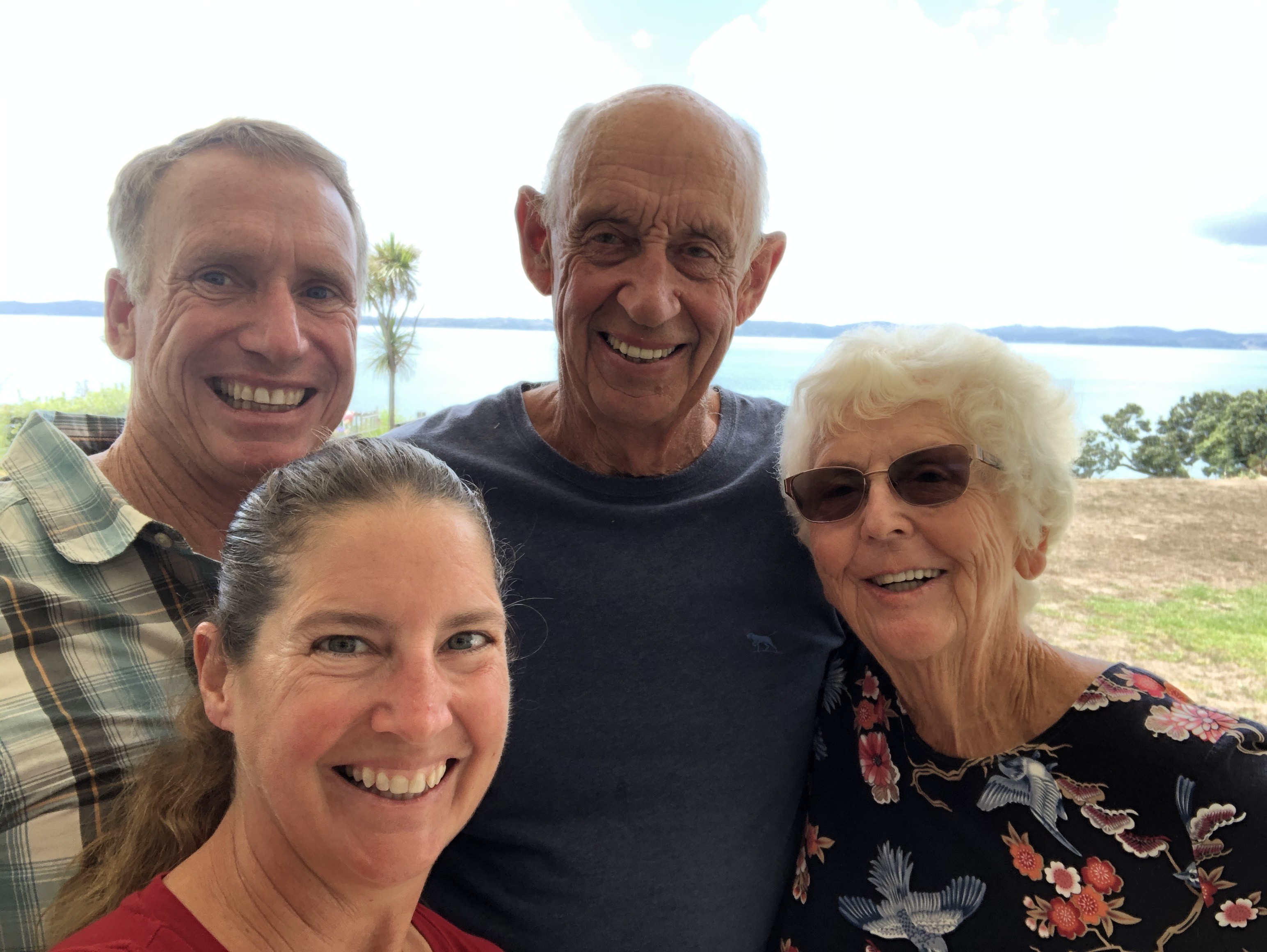 On one of our road trips of the North Island we were going to be very near his neighborhood so we asked if he would like to meet us out for lunch. But no, that won’t do for a Kiwi. He insisted that we come to his house for lunch instead, a gracious offer which we gladly accepted, spending a lovely afternoon with him and his wife.
On one of our road trips of the North Island we were going to be very near his neighborhood so we asked if he would like to meet us out for lunch. But no, that won’t do for a Kiwi. He insisted that we come to his house for lunch instead, a gracious offer which we gladly accepted, spending a lovely afternoon with him and his wife.
One of the first road trips we took shortly after getting a car was a 3-day tour of the Northland region, the northernmost part of the North Island. We planned to drive from our marina in Opua to Cape Reinga at the tip of the island, spending each night in a different town. The first afternoon, we pulled into Mangonui, a charming little town situated along a perfectly calm harbor with few tourists and an assortment of shops and restaurants along the main street. We decided to stay for the night and were lucky to find vacancy at a wonderful studio apartment complex overlooking the bay. As we settled in there was a knock at the door. It was the owner, Daniel, offering us a tour of the harbor on his boat that evening. Needless to say, we jumped at the chance to get out on the water and glean some local knowledge of the area. Six o’clock rolled around and we joined Daniel, his dog Tippy, and two German guests on the boat and spent the next hour seeing Mangonui from a different perspective. Upon our return to the dock Daniel invited all of us to join him for dinner in his home and we ended up spending the entire evening getting to know our fellow travelers and host (and playing with Tippy, of course!). We had so much fun that we decided to make Mangonui our home base for our entire trip, venturing out to explore the places we had planned to see but returning to enjoy more of this idyllic spot. We had a great time getting to know Daniel and vowed to keep in touch.
In March, as the COVID-19 situation was starting to heat up Daniel was in our area taking his new motorcycle out for a spin so we caught up over lunch. About a week later the government announced the lockdown plan. A few hours after that, we received a text from Daniel offering us one of his apartments for the duration of the lockdown if we needed it. We are comfortable staying on the boat but his generous offer was one more example of the kindness of Kiwis.
The cruising community is always a source of new friendships. If there is more than one boat in an anchorage there will be a friendly wave, a rap on the hull, an invite for sundowners. It’s rare to leave an anchorage without at least one new acquaintance. And a lockdown can’t stop a Kiwi from a kind gesture. Over the last month, local boaters have given us fresh fish in one anchorage and, in another, offered to pick up groceries for us. New friends who left their boat before lockdown even emailed us and offered their bottles of gin if things become desperate (liquor stores are not categorized “essential” here). Now that’s generous!
We are truly blessed to have so many friends in this country, friends we had and friends we’ve made along the way, all of whom have opened their homes and hearts to us, especially in this time of pandemic uncertainty but also before this new normal. Yes, New Zealand is full of natural beauty and exciting adventures, and we’ll share stories and pictures of those, too. What makes it special, though, is its people. Their hospitality and generosity are unmatched and their offers genuine. So be ready to accept.

We dove in the water and began swimming as fast as we could toward where the whale had last surfaced. This isn’t as easy as it might sound. The view from a boat versus eye level with the waves is a stark contrast. Add to that that whales can swim much faster than us humans. One pump of their powerful tails and they will quickly recede into the distance. It was with hope and trepidation that we continued to swim… and then, something in the distance. A dark shadow. Was it the whale? Or simply a cloud passing overhead? As we cautiously closed the gap the shape became more familiar and MUCH larger – it was definitely our whale. Our hearts were pounding from the furious swim and the vulnerability of being near an animal as large as a train car. Amazingly, the whale remained relatively still and didn’t charge toward or away from us. As we approached we saw why. Floating happily on the other side of what we now knew to be a female humpback whale was a very young calf. Momma didn’t seem to be bothered by us and allowed us to get quite close, within arm’s reach, even, although we didn’t try to touch her, of course. She was stunning – at least 40 feet long with barnacles on her nose and flippers, and a sweet look in her eye that watched us but also appeared to doze off from time to time. Her calf was beautiful. His (for some reason it seemed like a boy) pale skin had yet to darken and looked soft and loose on his body. He fidgeted almost constantly next to mom and she would frequently balance him on her nose as if to give him a break from the constant swimming. Ever the toddler unable to remain still, he would stay there for a little while then roll off to the side and swim alongside and nuzzle her. We watched this amazing scene and the whales did not seem to mind. Under the mother’s chin were numerous remora fish that had attached themselves by way of suction cups built into their heads. I imagine we were far less annoying than them.
After ten or fifteen minutes it was time to go, so we bid farewell and swam back to the boat. We were all giddy with excitement recounting the interaction as we returned to the harbor. It was a powerful experience and a life highlight for sure. And it endeared us to the Kingdom of Tonga.
Tonga is comprised of four main island groups each about a 1-2 day sail from the other and quite different geologically. We spent most of our time in the Vava’u islands where we first arrived in Tonga. It is very different from the sunken atolls and reef-fringed volcanoes that we had visited most of the season. At first glance the topography is reminiscent of our San Juan Islands back home. There are steep tree-covered hills that go all the way down to the water’s edge and many islands of all shapes and sizes with plenty of coves to escape the wind no matter which direction it blows. Any resemblance, however, stops at the water’s surface. The water is warm, blue and super clear with many great diving and snorkeling spots. It is also where Southern Hemisphere humpback whales come to mate and give birth. The area is called the Port of Refuge for good reason – the sheltered harbor near the main town of Neiafu is typically as calm as a swimming pool, a welcome respite after the miles traveled to get there.
Tonga is a monarchy with very devout Christian beliefs. Dress and behavior are quite conservative and most business and activities, even swimming, is disallowed on Sundays with few exceptions. The people are quite friendly, albeit a bit shy at first. It is a poor country, though, and as avid dog lovers it was tough to see the state that the strays and loose animals are in. Pigs run loose everywhere. And while Tongans do eat pork for some of their meals the pig populace far outpaces any amount of consumption. Many of the dogs are malnourished, afraid of humans, and walk with limps from being hit by cars. One bright spot is the work being done by Host A Vet-Vava’u, Tonga in partnership with South Pacific Animal Welfare to conduct week-long veterinary clinics which provide spay/neuter operations and other services.
The town of Neiafu is a bit rough around the edges with a blend of local Tongans, Chinese immigrants, and a number of expats from around the globe. The economy is heavily reliant on tourism so there is a decent number of restaurants, a few of them quite good, and we were quick to find our favorites.
For cruisers, Greg at Café Tropicana is a fabulous resource for everything from rental cars to movie downloads. Provisioning is a bit challenging but between the fresh market and trips to five or six different stores we were able to find what we needed.
We did some hiking and exploring, too, and even witnessed a visit from the King of Tonga.
Away from the main harbor, there are countless islands and anchorages to visit. Some are completely isolated, others have a small village, each with a slightly different vibe.
One of our days in Neiafu we rented a car to run some errands (propane refill, gas for the dinghy, etc.) and decided to check out what we had heard is a beautiful botanical garden. Unfortunately, we discovered at the entrance gate that it is open only by appointment. We continued to the end of the road and found a restaurant, which also appeared closed. Not to be deterred we parked anyway and walked inside where we met the owner, Haniteli Fa’anunu. Since he obviously was not officially open for business at this time of day, we decided to simply buy a bottle of water and leave. As fate would have it, though, we had only a big bill and he didn’t have enough change so we flexed our plans, ordered a couple of beers, and joined him on the shaded deck. Overlooking a beautiful reef-protected bay we spent much of the afternoon talking story about Haniteli’s time at the University of Hawaii in 1968 and later as Tonga’s Director of Agriculture, Forestry and Food. On his property, he created the botanical gardens, which he continues to develop and maintain, and offers visitors a unique opportunity to learn about the biodiversity of Tonga. It was a fun afternoon and we thoroughly enjoyed our one-on-one time with this interesting man.
A few days later we departed the Vava’u group and sailed south to the Ha’apai islands. We had only a few days to explore these reef-fringed islands and atolls but what we saw was beautiful. On an historical note, our final night in the Ha’apai group was spent in the Nomuka Iki anchorage, which was the HMS Bounty’s last anchorage before the infamous mutiny occurred.
From Ha’apai it was a long day sail to Nuku’alofa on the island of Tongatapu. This is the capital of Tonga and is more of a “city,” complete with a little more traffic and a little more grittiness. The main anchorage for yachties is off a small island a mile and a half from the main port, in front of Big Mama’s Yacht Club, run by Big Mama and her husband, Earl. They are some of the most welcoming people you’ll ever meet and can arrange anything from diesel delivery to laundry service to airport transfer for crew (which we used for our buddy, Tom, who met us there to crew on Gadabout). It was a wonderful place to meet other cruisers, swap stories, and compare plans while awaiting a good weather window for the passage to New Zealand.
All in all, we spent about a month and a half in Tonga. That was far too short to see everything but in this part of the world, the cyclone season dictates timing so we had to say farewell.

Leaving Palmerston Island in our wake we pointed Gadabout west towards an island that couldn’t be more different. A windless three-day, 400-mile motor sail landed us at the island nation of Niue. For the last three months the islands that we had visited were all low atolls or volcanic islands with fringing reefs. Niue, on the other hand, is a steep island with a small, shallow reef that drops off to deep water quickly. Coming into the sheltered area on the west side of the island, we were quite close to the island’s sheer cliff walls when we picked up our mooring. The local Niue Yacht Club, which happens to have not even one yacht to its name, maintains a mooring field of 20 buoys for use by cruisers for a very reasonable price. We motored toward the island and Wags prepared to grab the mooring ball. Seeing the bottom quite clearly, he asked cautiously, “What’s the depth?” After a quick glance at the depth finder I looked over the side as I replied, “Sixty-five feet.” Wow, was this water clear!
Settled on our mooring ball we radioed the Niue officials to schedule our check-in then focused our attention on prepping the dinghy to go ashore and reviewing our plan for securing it once there. Normally this wouldn’t be something we would have to think about but the dinghy parking on Niue is like nowhere else. There is no dinghy dock nor beaches to safely land a dinghy on Niue. Instead, dinghy parking is on the high wharf. Not tied up to the wharf, actually ON the wharf. To go ashore, we pulled the dinghy astride the wharf where a large hook hangs from a gantry crane about six feet above the water. I climbed out of the dinghy, scrambled up the slippery steps onto the wharf and took my place as crane operator while Wags attached the hook to a makeshift harness he had fashioned for the dinghy.
When all was set, I took up the slack as Wags stepped onto the stairs, then hit the “UP” button and raised the dinghy above the level of the wharf. Once high enough we pulled on a large rope to swing the crane in and bring the dinghy over the pavement, at which point we lowered it onto a low metal cart that we used to reposition it to one of the open parking spaces.
Luckily the swell was small when we were working the kinks out of this procedure. In a large swell it would be treacherous at best and impossible at worst to come ashore.
With the dinghy parked we met the Customs and Immigration officials for check-in, a friendly and smooth process that took a mere ten minutes. Legal stuff complete, we walked up a short hill to see what Niue had to offer. With less than 1500 residents, Niue is a self-governing nation in free association with New Zealand. English is widely spoken, which gave us a nice change from our constant struggle to communicate in French. What we found at the top of the hill was the charming little town of Alofi with its friendly residents and even friendlier dogs.
After checking out the town square and grabbing lunch at our first Indian restaurant in months, we headed down the street to the Niue Yacht Club, the “Biggest Little Yacht Club in the World.”
Brian, the NYC manager, helped us secure a rental car for the next day then we headed back to Gadabout to catch up on our sleep.
The following morning, with no paperwork required, we picked up our rental car, a red, white and blue beauty that looked like it might have been the sum of three different cars with a few quirks and lots of interesting noises. We hit the road and quickly discovered where not to park – people bury their dead everywhere, even the side of the road!
Over the next several days we explored a myriad of sea tracks, which are hiking trails leading from the road to the sea and ending in everything from a palm-filled oasis…
…to swimming holes and rock formations…
…to amazing labyrinths of limestone caves.
Every day brought something new in Niue – fun hikes, interesting discoveries, good eats.
Had the weather and timeline permitted we would have stayed on this island for months. As it was, though, there was a weather system moving our way that forced us to cut our stay short and pack as much as possible into our mere five days.
We had to leave a few things on the table, unfortunately, including the snorkeling and diving that we wanted to do. But Niue isn’t going anywhere and we have a feeling we’ll return someday.

Palmerston Island is part of the southern Cook Islands group. It is a small island that is part of a fringing atoll. It is also the most remote place we have ever sailed. Not from a geographic standpoint, mind you – the Galapagos Islands are much farther from their closest neighbors – but from an accessibility standpoint. The supply ship arrives from Rarotonga, the capital of the Cook Islands, a 2-day sail to the southwest, about once every 3 months, although sometimes it’s much longer between visits. Aside from delivering supplies and picking up frozen parrotfish, the island’s only export, the ship serves as transportation to and from Rarotonga. The only other way to access the island is by private yacht or the very occasional small cruise ship.
Situated halfway between French Polynesia and Tonga, we figured Palmerston would make a convenient stop for catching up on some sleep and putting some sand between our toes for a few days. Our 5-day passage from Bora Bora taxed us physically and mentally as we encountered stronger winds and bigger seas than expected and dealt with an autopilot failure that had us constantly on alert and hand-steering on and off for the last day and night of the trip. We arrived to Palmerston exhausted and picked up a mooring ball in 25 knots of wind. Anywhere else this would be no big deal but the mooring balls in Palmerston are just outside the reef… and by “just,” we mean 100-150 feet from the potentially hull-crushing reef. In a west wind any mooring ball failure could put a boat on the reef within seconds, as evidenced by the remains of S/V Ri Ri ashore. The wind was blowing a safe direction, from the southeast, though, which meant that if ours didn’t hold we would simply drift out to sea. Simply. Right.
Our original plan had been to spend about three days on this lovely little atoll swimming, snorkeling and enjoying the company of the islanders. In cruising, however, plans are only intentions. Before we even arrived, the weather forecast changed drastically and a big high pressure system started moving our direction bringing 30-40 knot sustained winds projected to last at least a week. The only hope we had to move on before this wind event reached us was dashed by the need to fix our autopilot (hand-steering our entire next passage in heavy weather was only a last resort), so we settled in alongside our friends on S/V Curiosity who arrived a couple days after us and prepared to wait out the blow. And wait we did, for 10 days. After the fourth day, the wind was holding steady in the 30s and gusting into the 40s (the highest we saw was 49.5 kts). We didn’t leave the boat for 5 days straight. Finally, by Saturday morning the winds had backed enough for us to feel comfortable leaving the boat to go ashore. So, we hailed Bob.
Palmerston has a very unique history. It was discovered by Captain Cook in 1771. There are only 30 or so residents and they are all direct descendants of one man, William Marsters. In 1863 Marsters, a British ship’s carpenter and barrel maker, arrived on the island with two Polynesian wives (later supplemented with a third) and decided to settle there. He sired some 23 children whose descendants now inhabit the island. 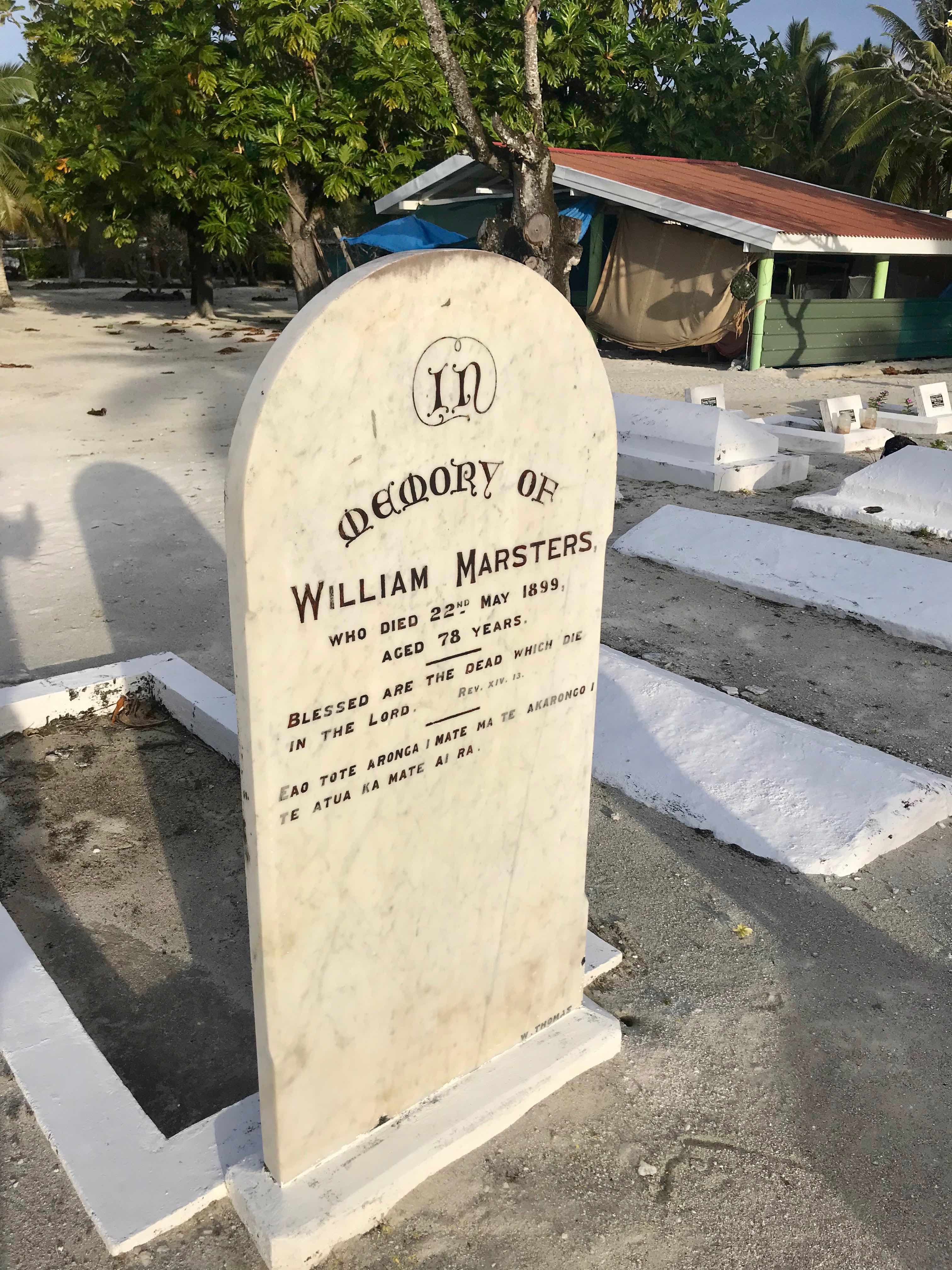
Three branches of the Marsters family remain on Palmerston, each branch being descended from one of William’s three wives; marriage within a family group is prohibited. Although the population once peaked at nearly 300, it is now hovering around 30 inhabitants, eleven of whom are children. Palmerston is administered by the Cook Islands government in association with New Zealand through an Island Council consisting of six members: the head of each of the three families and three other members appointed by each family.
Upon arrival in Palmerston yachts are “claimed” and greeted by a host, either Bob or Edward, who shows them to a mooring and takes care of them throughout their stay, including transportation to the island in a metal skiff. While it’s possible to dinghy ashore with local knowledge of the reef pass, visitors’ whereabouts and movements are fairly controlled, we suspect for both safety and privacy reasons. This is, after all, a family-owned and governed island. Our hosts during our stay were Bob and his wife, Tupo, and their children, Andrew, Mae, Madeenia and Henry. The day we arrived Bob brought Customs & Immigration, Health, and Biosecurity officials to Gadabout to check us in. For the duration of our stay, Bob made himself available to pick us up and ferry us ashore when we wanted a break from the boat and even provided rain slickers to keep us dry on the ride.
Our trips ashore were typically timed for midday and each time we were treated to lunch with the family. Afterward we were free to relax or walk around the island, usually with Madeenia (8) and Henry (6) as our guides. We’re not sure everything they told us on these tours was accurate but we did learn some interesting tidbits.
We visited the school and spent some time chatting with Sherrin, an Aussie who is in her second year of a teaching assignment on Palmerston. She and the nurse, Melvie, who is from Papua New Guinea, are the only non-locals living on the island.
There’s a cellular station, a solar farm, a small medical clinic (any emergencies, however, have to wait for the ship to take them to Rarotonga), an administrative building, and a cyclone shelter. And not much else. But the scenery is beautiful and there are plenty of places to relax and take it in.
On Sunday morning we went to church with the family. The ladies all wear hats to church so our hosts provided loaners for Paula and our friend Nikki. In church, the men sit on the left side and the women on the right. We weren’t able to contribute much in the way of singing as the hymns were mostly in Maori but it didn’t matter. The locals’ voices were loud enough to be heard in Rarotonga. Never have we heard so much volume from so few people in any church.
From home cooked meals to lessons on coconut husking and hat weaving, the way Bob and his family brought us into their daily lives was an experience we’re not likely to get in many places.
Even when we were stuck on the boat in the blow he called us on the radio every day to check in and make sure we were safe. Other folks we met asked us to make sure our anchor light was on (it always is) so they would be able to see us when they looked out each night. You can’t buy that kind of hospitality. We’re so glad we made Palmerston a stop on this journey.

We spent a total of six weeks cruising through the Society Islands of French Polynesia. Many cruisers take much longer if their visas allow it. For us, we found that this was about the perfect amount of time there. The islands are all beautiful, most with fringing reefs protecting blue lagoons and mountainous terrain, their hillsides lush and green. Alongside this beauty, however, is a lot more tourism and a lot more people than we’ve encountered since leaving Panama City over two years ago.
We arrived in the Society Islands after a 2-night sail from the Tuamotus. As for so many sailors before us, Tahiti’s verdant green landscape was a welcome sight. While technically one island, Tahiti is divided into two main land masses, the northern Tahiti Nui and the southern Tahiti Iti. We spent five days in an anchorage on the northwest side of Tahiti Nui, near Papeete, the capital city and entry port for hundreds of boats and thousands of tourists, working on boat projects and exploring a bit of the island by car.
Papeete itself, a city of approx. 200K residents, has some decent shopping and eateries but it is busy with a somewhat rough, transient feel and wasn’t really our scene.
The local Carrefour supermarket was a great place to provision for forward travel, though. We were also able to catch up with friends we hadn’t seen since last year, as well as new ones from this season. If we had time we would’ve visited the more relaxed local scene in Tahiti Iti but with only six weeks left on our visas we decided to move on. There will always be more places than time.
The island of Mo’orea is a short daysail from Tahiti or a very short ferry ride for non-yachties, providing easy access for all. Yet even with so many people visiting, it doesn’t feel crowded. Lonely Planet’s description captures the allure of the island perfectly, “…Mo’orea absorbs its many visitors so gracefully that it feels surprisingly nontouristy.” We found Mo’orea to be incredibly striking and we thoroughly enjoyed our time there. We picked the rainiest day to rent a car and explore the island. The viewpoint was a bust, but still we were able to find some beautiful scenery and enjoy an excellent lunch in an outdoor setting.
We topped it off with a visit to the Sofitel resort where Wags stayed on a family trip in 1988.
The lagoon provided an opportunity to swim with stingrays and sharks (see previous post) while the schooners in Cook Bay gave a feeling of traveling back in time, making it easy to imagine how little the landscape has changed since Captain Cook’s first visit.
Anchored deep in Oponohu Bay, we totally relaxed as the earthy smell of vanilla filled the air and every evening hibiscus blossoms turned red and dropped with the sun, filling the bay and floating gracefully past.
An overnight sail took us to the leeward group of the Societies and the island of Huahine. This is the epitome of a laid-back Polynesian island. We anchored near the main village of Fare, where the pace is glacial and the local yacht club has a dinghy dock and nightly happy hour, both of which are always full.
Island exploration was done by bikes one day and scooters the next. We visited the Fare Potee, a replica of a traditional house situated at the edge of a fresh water lake and surrounded by 10 or more marae (open-air places of worship and ceremony). It is also home to an excellent, albeit small, museum that, in the past, has partnered with the outstanding Bishop Museum in Honolulu on projects related to Huahine’s role in Polynesian history and culture. The exhibits were quite interesting and it was a wonderful way to learn about the history of the island. As an added bonus, part of the space was dedicated as a gallery of local artists’ work.
Driving along the lakeshore we saw several centuries old V-shaped fish traps made of rocks. Some are still in use, designed to trap fish with the ebb and flow of the tide. We stopped at the gallery of Melanie Dupre, a well-respected artist of Polynesian paintings. Melanie is American so it was fun to hang out for a bit. Talking with her, it was easy to see why one would want to live an artist’s life in Huahine. A bit farther and we were flagged down by a local man at the side of the road. Turns out he was working on a community improvement project to provide a place for people to sit and watch the huge freshwater eels in the stream. It was pretty cool to see the eels and we complimented him on the work.
Time for lunch, we stopped at a small restaurant in a sleepy village. It looked closed but as we were turning to leave, Lolita, the owner, came out and assured us she was open, with one thing on the menu, grilled fish and rice. Happy with that, we settled in for a leisurely meal before finishing our scooter tour.
The next day we moved to an anchorage called Avea Bay at the south end of the island. It was a lovely anchorage and we spent the next several days there snorkeling in the turquoise waters, relaxing and hanging out with our friends on S/V Imagine and S/V Red Pearl. We were so relaxed, in fact, we didn’t take a single photo.
From Huahine it was a short daysail to Raiatea. This turned out to be one of our favorite islands in French Polynesia. Inside the reef, which can be entered through several passes, Raiatea shares a very large lagoon with the neighboring island of Taha’a. There are many small islands, or motus, some VERY small, all of which are apparently suitable for building.
Our first several days in Raiatea were packed with activity. We enjoyed a night out with our Swedish and Swiss friends on S/V Ruth, whom we last saw several months ago in the Marquesas.
We made the 3-mile dinghy trip to Uturoa and enjoyed the hustle bustle of this town we found gritty but charming. We especially loved the street art. Town also offered a chance to stretch our legs on a hike to a vantage point overlooking the lagoon and Taha’a.
And we watched gorgeous sunsets (with Bora Bora in the background).
We then sailed to Taha’a for a few days, taking in quiet bays, visiting a pearl farm, touring a rum distillery (that also makes coconut oil and has a cat named Bourbon), and enjoying free wifi from a resort near one anchorage (yes, that’s a highlight for cruisers!). Although there are several charter operations on Raiatea, most of the charter boats seem to vacate the area and head to Huahine or Bora Bora so there were few boats with which to compete for anchorages.
Due to a necessary sail repair we had to return to Raiatea and stay a few days longer than planned but it turned out to be a wonderful time. We rented a car, which gave us a chance to see more of the island and visit the Marae Tapuatapuatea, a large archeological site known to be the early epicenter of spirituality in all of Polynesia.
Our sail repair complete, we pointed west.
Bora Bora. The pictures in travel brochures are true to form – a multi-hued blue lagoon with a stunning volcanic remnant as the backdrop, a postcard at every turn.
Over-water bungalows, many high end with price tags in the $500-$700/nt range, dot the landscape of almost every motu (small islands on the fringes of the lagoon) and charter boats dominate most of the anchorages. There are good restaurants and plenty of activities. There is easy access to snorkeling, diving and crystal clear water and, although much of the coral is dead, there are opportunities to dive with manta rays and snorkel with stingrays. As a week-long vacation spot, it would be hard to beat (aside from the dead coral). A side effect of cruising, however, is that we tend to look for more than the vacation experience. With so many tourists on the island the local vibe in Bora Bora felt a bit indifferent, more like Tahiti or Moorea than some of the more remote islands we’ve visited where we were able to interact on a personal level with residents who seemed genuinely happy to have us on their island. We didn’t let that get in the way of having a fun time, of course… exploring the island by car, navigating the shallow waters of the lagoon to find the best anchorage, patronizing the “world famous” Bloody Mary’s bar/restaurant (where all the stars go when they’re on island), and hanging out at the village wharf.
All in all, Bora Bora was a wonderful place to say farewell to French Polynesia.

We could see them circling around even before we had the dinghy anchored. They were everywhere, and they were hungry….
Our day began with an intent to snorkel with stingrays and sharks. We’ve seen a lot of rays and sharks (mostly black tips, which are indifferent towards humans) on our dives, but the word we had received said that there was a place on the island of Moorea in French Polynesia where you could swim up close and personal with stingrays and they had no fear or aggression towards humans. We were in!
Before we go any further, let’s dispel some myths about stingrays. They look like evil fighter ships cruising along the sea floor with menacing arched eyebrows and slowly flapping “wings” that give them a fluid, flying-like motion. They are actually benign bottom feeders who have received a bad rap because their one defense mechanism is a surgically sharp barb on the tail which they will wield with impunity if stepped on or generally harassed. Yes, a stingray killed Steve Irwin (“The Crocodile Hunter”) but this was a rarity and mainly due to the fact that he surprised it from behind. The stingray lashed out in self-defense in the only manner it knew—wildly stabbing its barbed tail. The power and sharpness of that tail severed Mr. Irwin’s sternum and sliced his heart. Gruesome, I know. But this is an extremely uncommon example (although I do NOT recommend Googling “stingray injuries” unless you have a strong stomach). Stingrays will not come after a diver and are not known to be in the least bit overtly aggressive. “Live and let live” seems to be their motto.
But there is this place… Upon further investigation, it turned out that this is a location where local tour guides have been feeding the rays for years, much to tourists’ amusement. The rays are so accustomed to human interaction (and being fed) that they will swim all around you and have no need to use their defense mechanism. It sounded fun but we couldn’t help feeling a nagging doubt deep inside, not regarding our safety, we were all in on that front, but regarding what effect it has on the animals. A bit of online research found that the practice of feeding animals such as this can have long-term negative consequences as it alters their natural behaviors, potentially affecting their ability to forage as they normally would. It turns out that stingray feeding occurs in many resort areas from the Caribbean to French Polynesia, however most fish and wildlife departments are beginning to crack down on the practice for this very reason. So, it was with this knowledge in mind that we decided to still do the snorkel trip but not with a tour operator. We would do the trip on our own, absolutely not bring any food and endeavor to let them get as close as they wanted on their own terms.
Our trip to the location was a straightforward two-mile dinghy ride weaving among the coral heads inside Moorea’s fringing reef. About a quarter of the way there, however, we found ourselves surrounded by hundreds of boats, some filled with teams in jerseys and most with spectators. It turned out that this was the beginning of an around the island outrigger canoe race. We arrived just about the time the starting horn blew and found ourselves in the middle of a raucous, colorful boat parade as the mass moved in the same direction as us toward the racers’ first checkpoint. It was quite fun and festive as we motored along, at times with outrigger paddlers surfing the wake behind Engelbert (our dinghy).
As we neared our snorkeling destination, we veered off the parade route and set the anchor in five feet of turquoise water over a sandy bottom. Before we were even able to put on our gear we could see the large dark shadows approaching from all directions. Apparently, their Pavlovian response is quite strong and the sound of an idling outboard motor is akin to ringing a bell for one of Pavlov’s dogs. I slipped into the water and was immediately attacked… er, more like hugged. A large stingray swam right up my chest looking for num-nums and, finding none, continued quickly on his way. Numerous others swam close by but none were as bold as that first guy. We settled into a rhythm of swimming along, tapping each other on the side and pointing excitedly each time another ray snuck up on us. We were closer than we have ever been to stingrays, often being brushed by their smooth wings as they flapped past. It was quite exhilarating.
They would swim past, hoping for a handout, and when none was scented, continue along. They did seem to have short memories though and it dawned on us that we were frequently seeing a few repeat visitors. In the background numerous blacktip sharks swam at a respectful distance hoping for scraps that never came, although it was a bit disconcerting to have up to six at a time circling us in hopes of a tasty lunch.
It was a one-of-a-kind experience, tailor made for Instagram but we definitely left conflicted. On one hand, it expanded our understanding of these creatures and their docile nature, but on the other hand, at what cost? At the end of the day we did what we always do. We tried to experience nature without unduly influencing it, taking only pictures and leaving only footprints finprints.
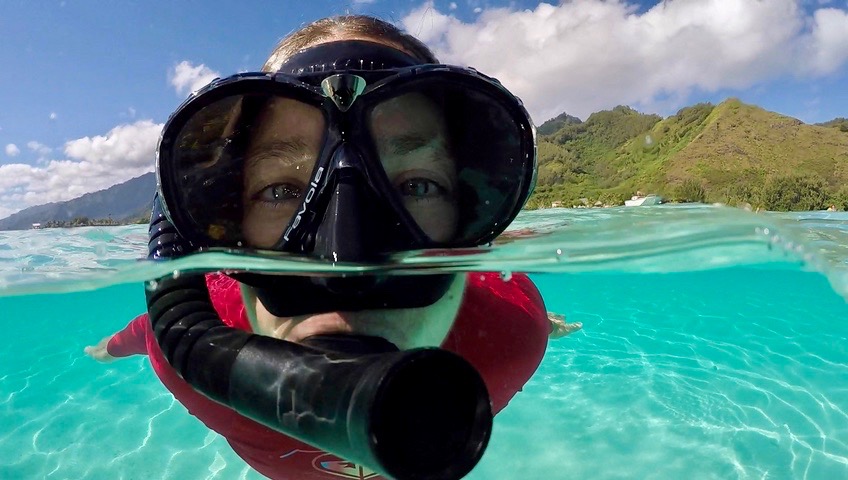
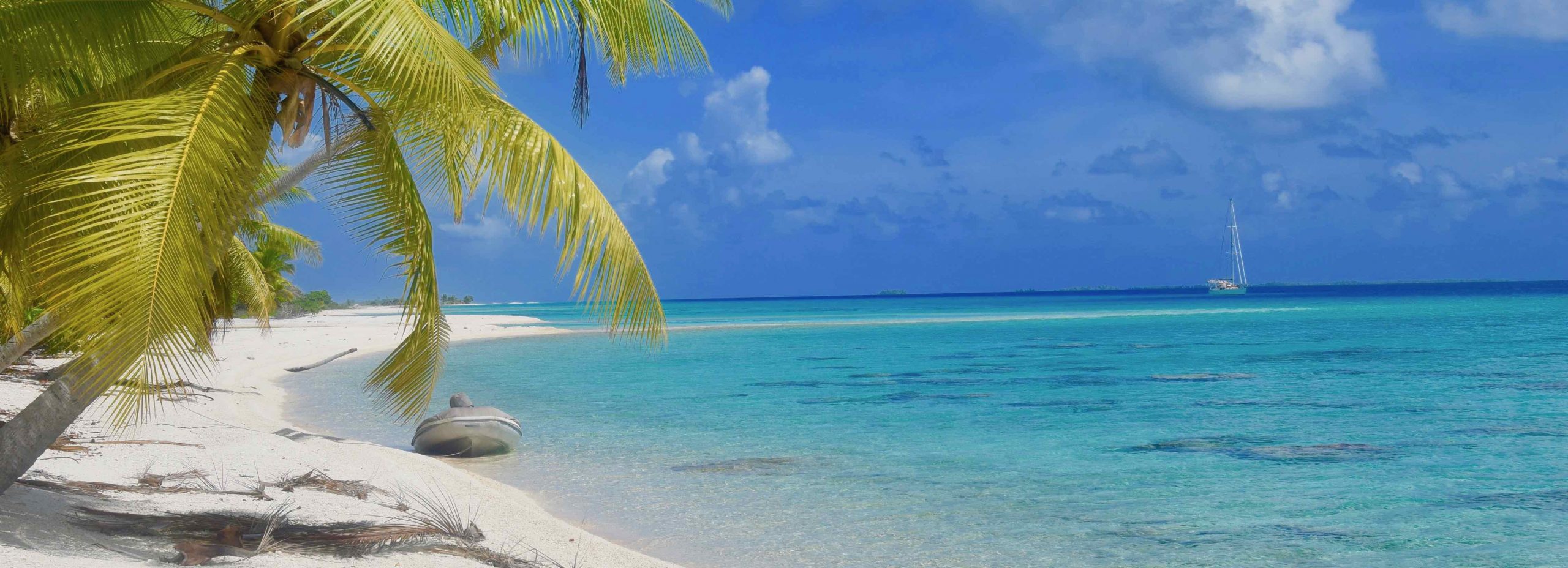





































































































































































































Recent Comments